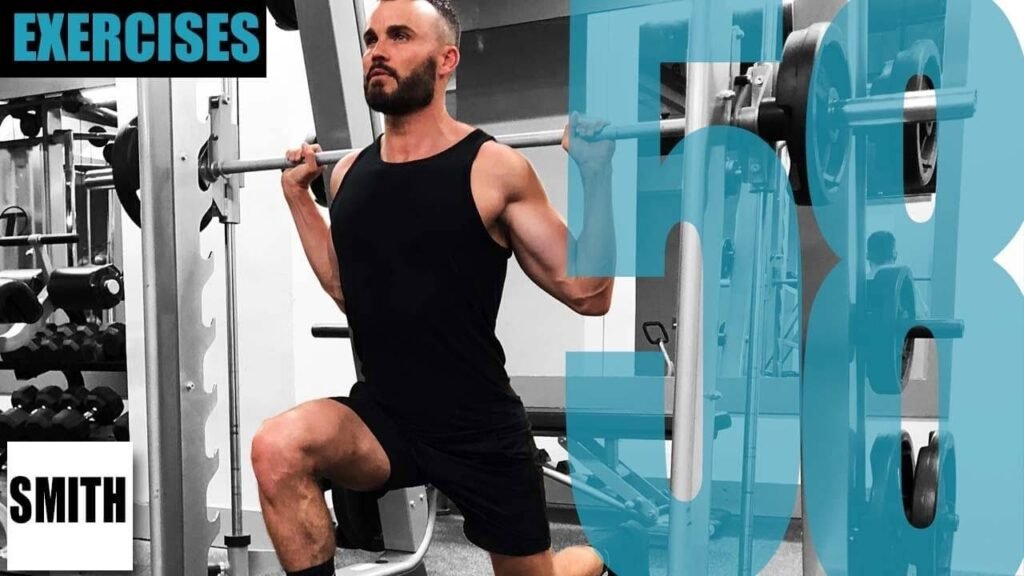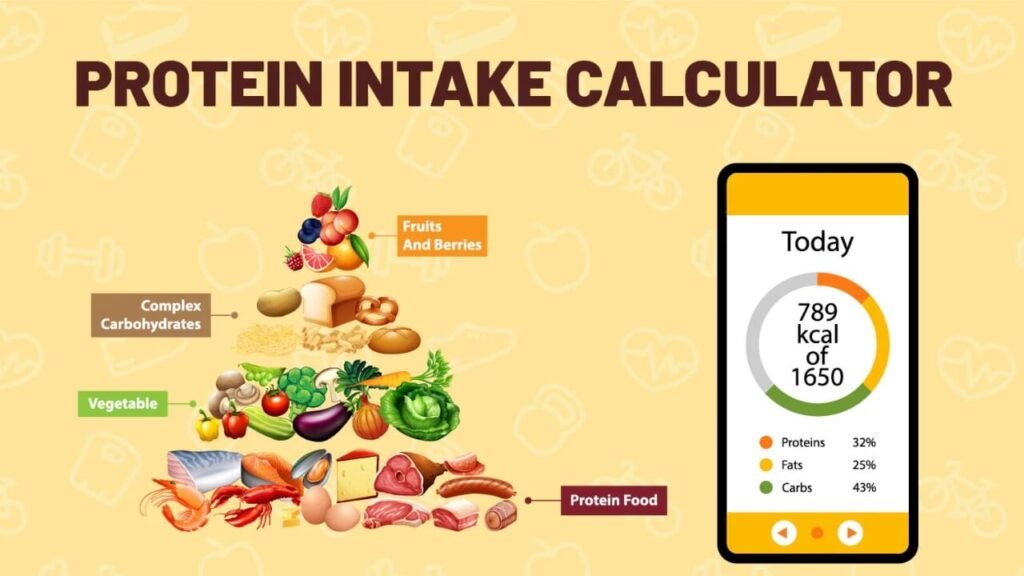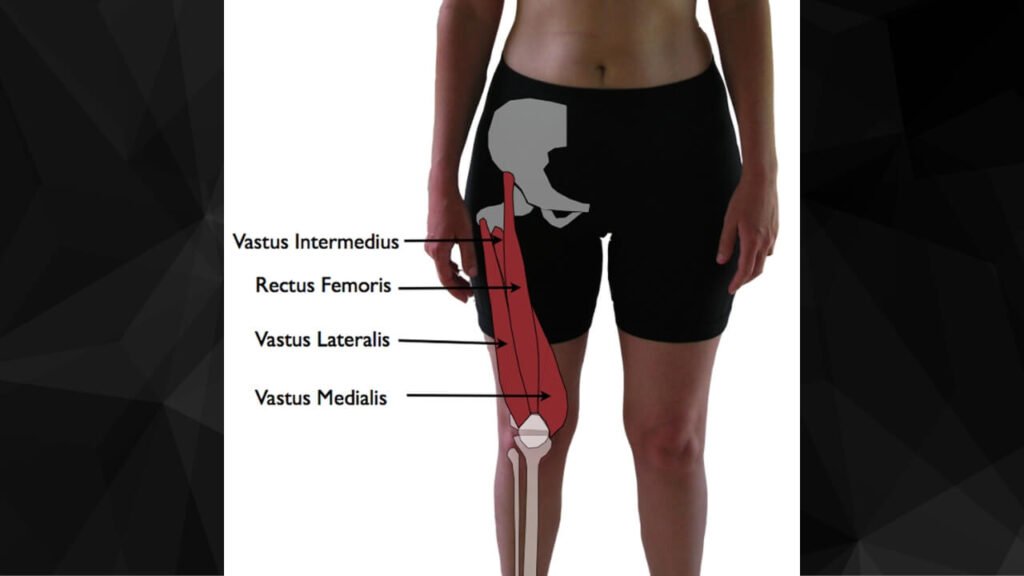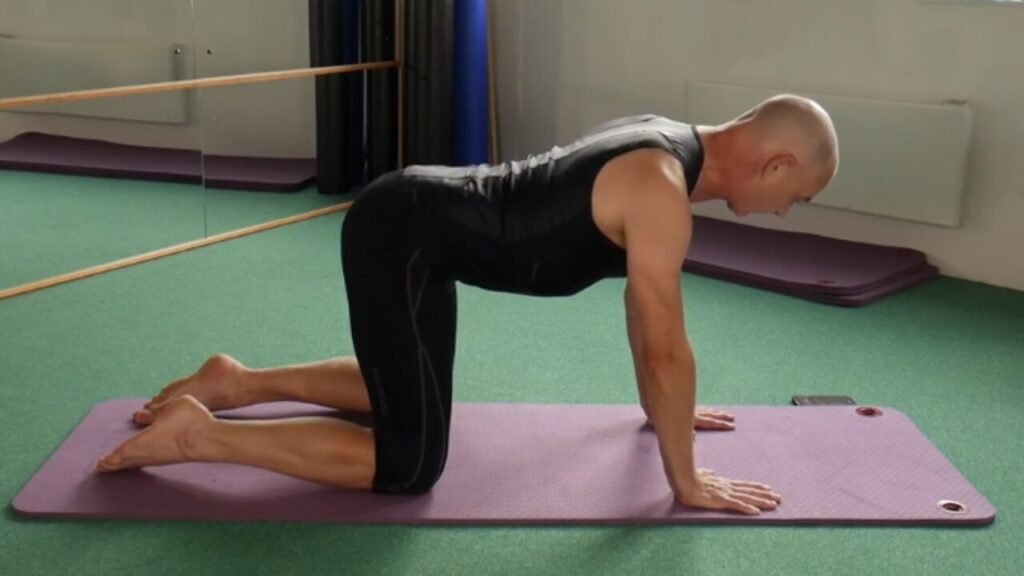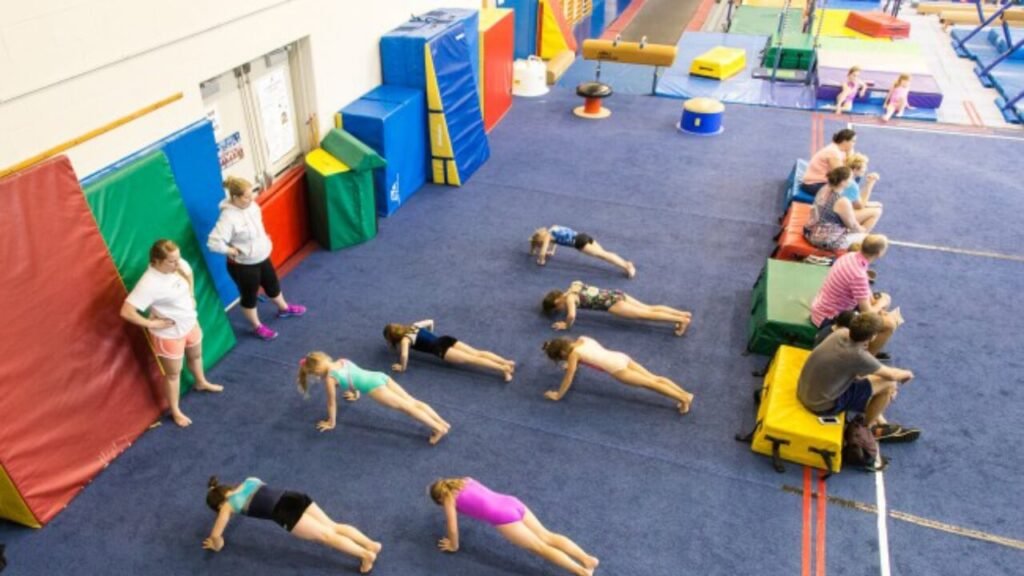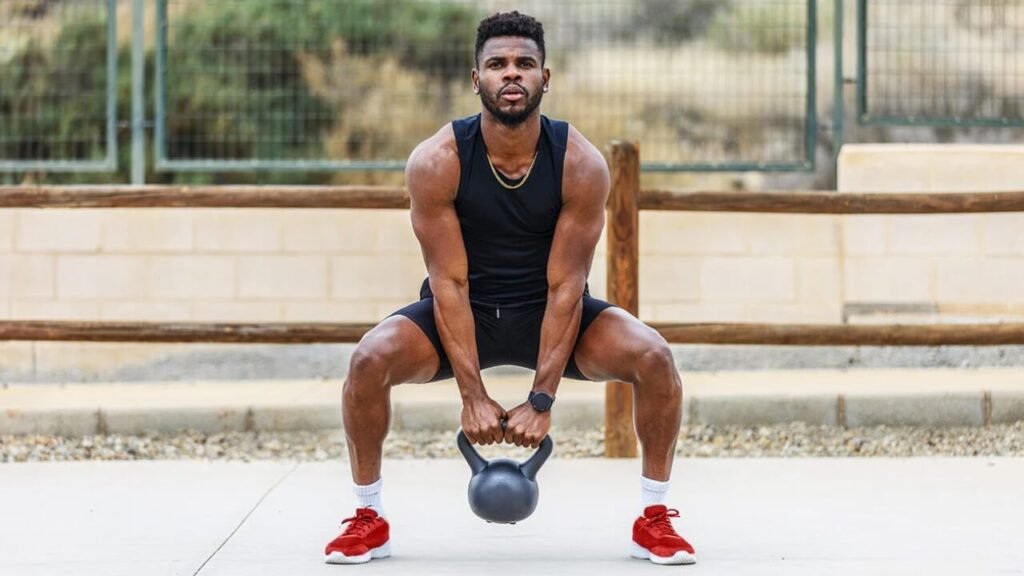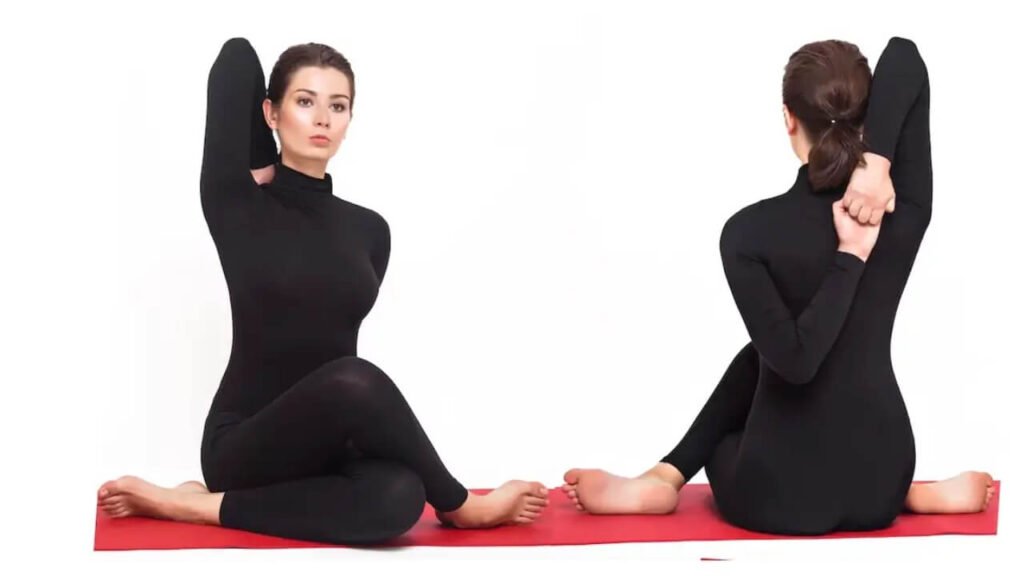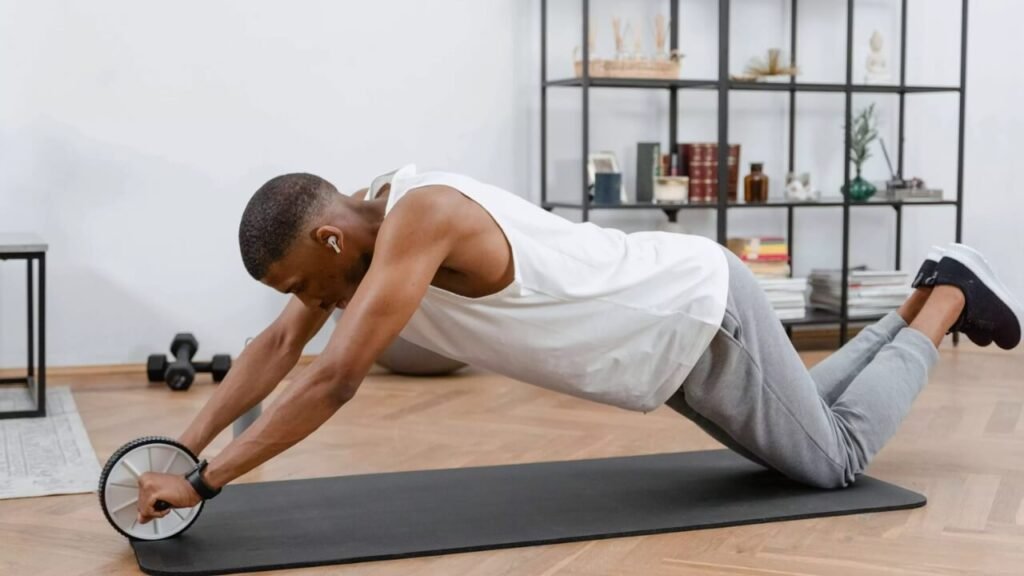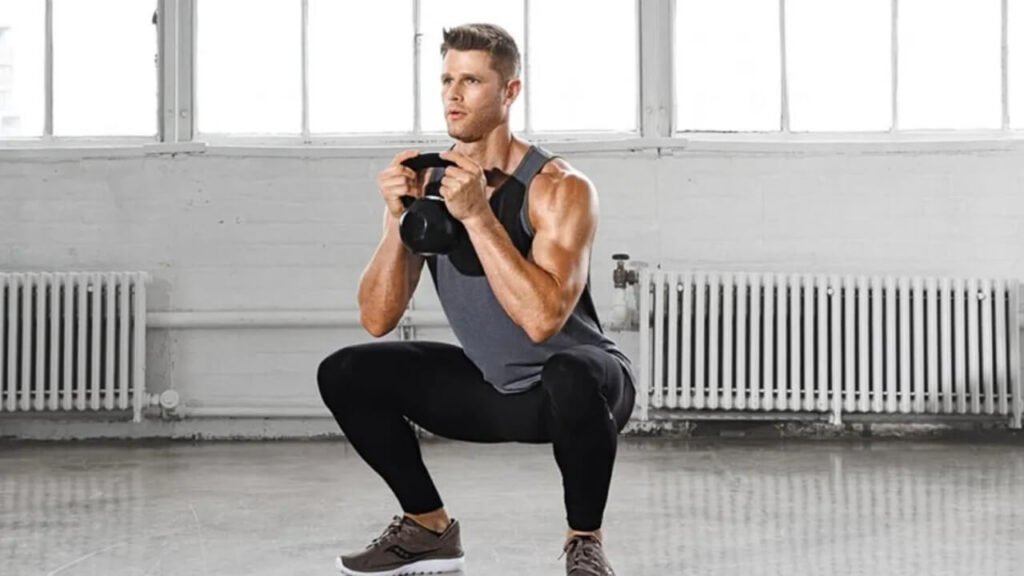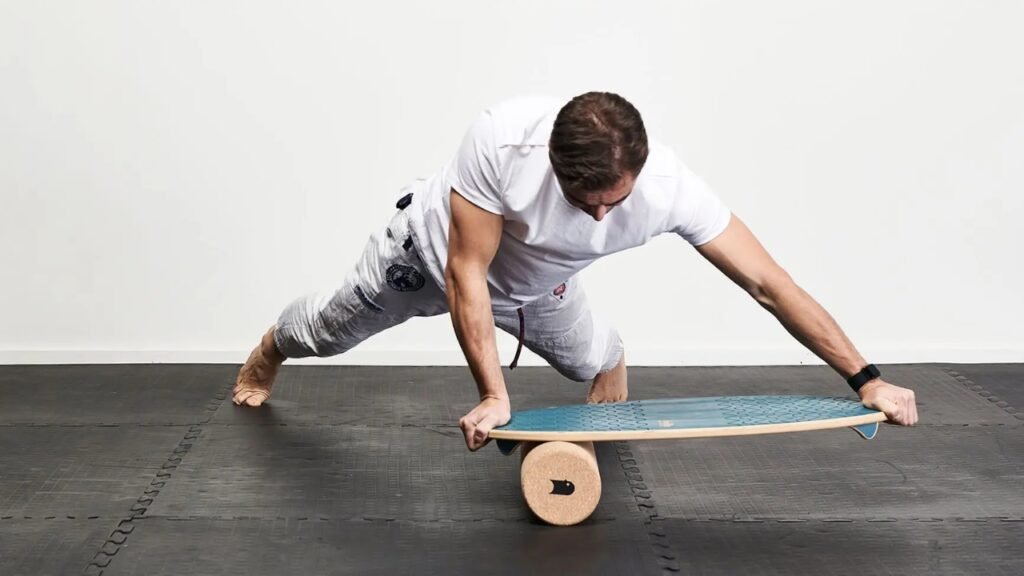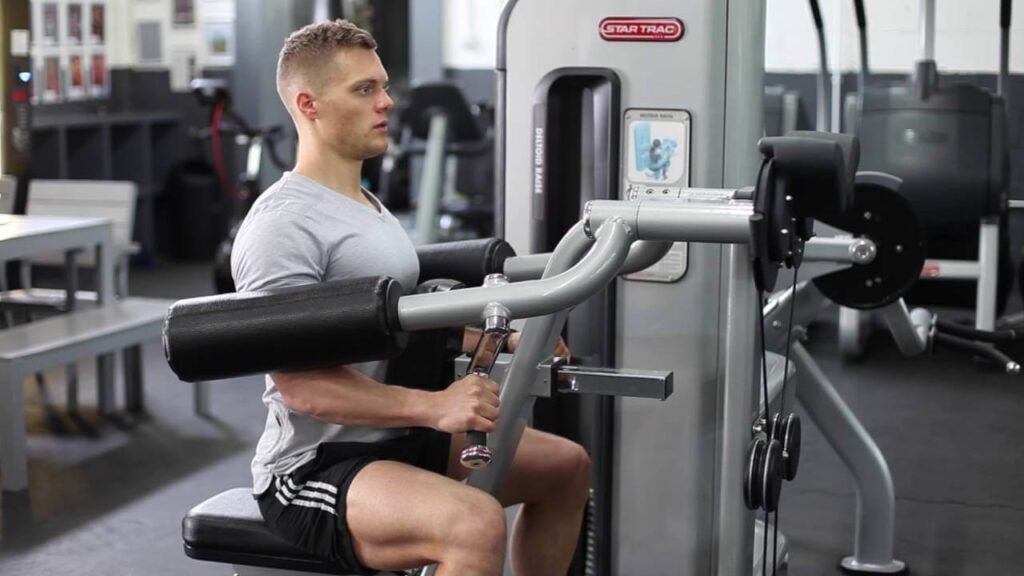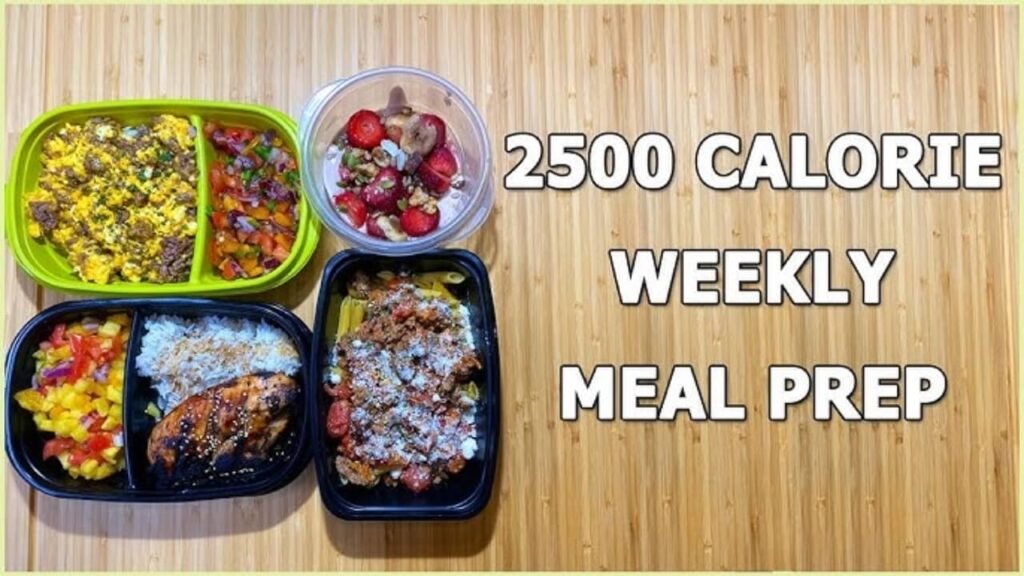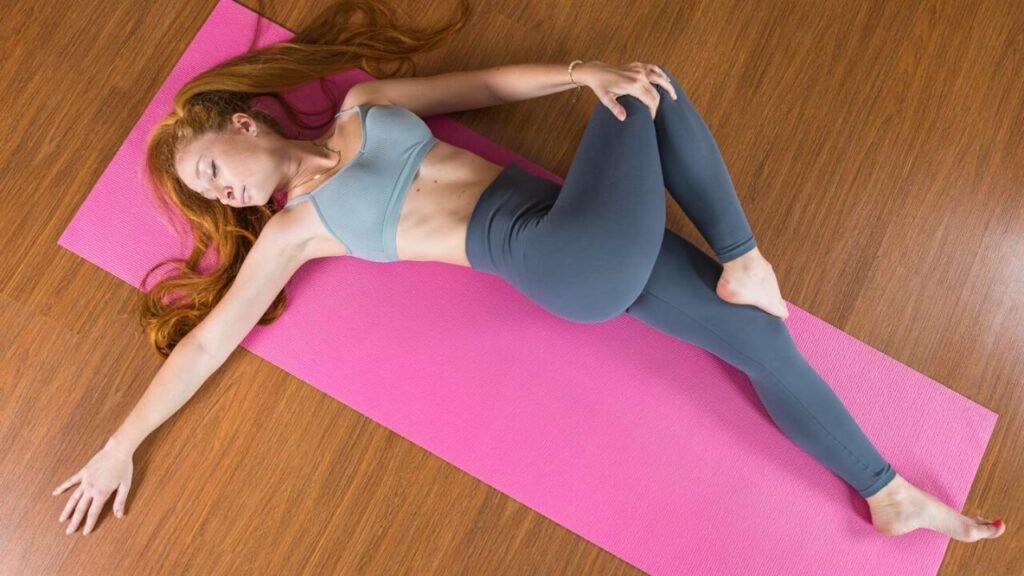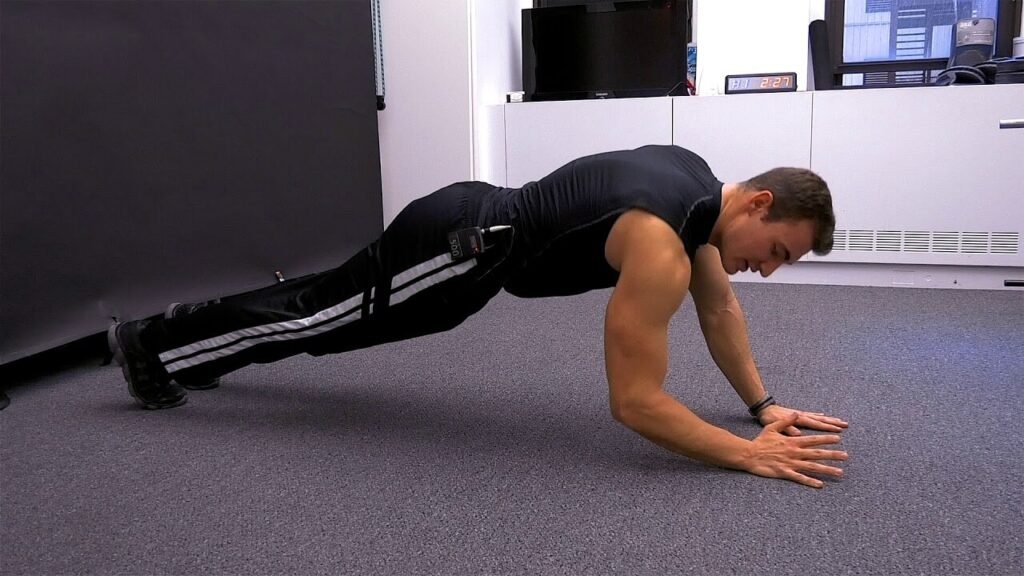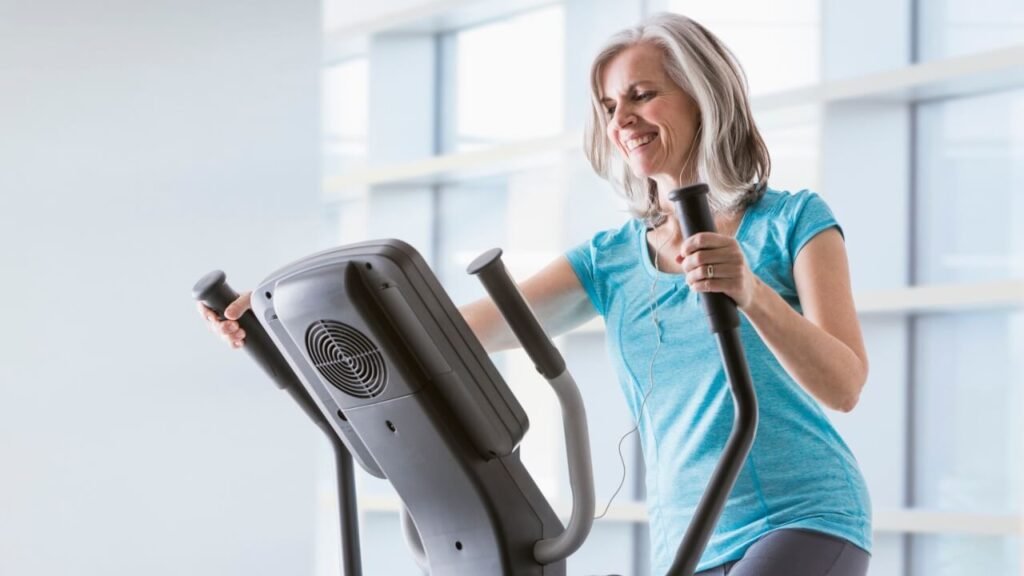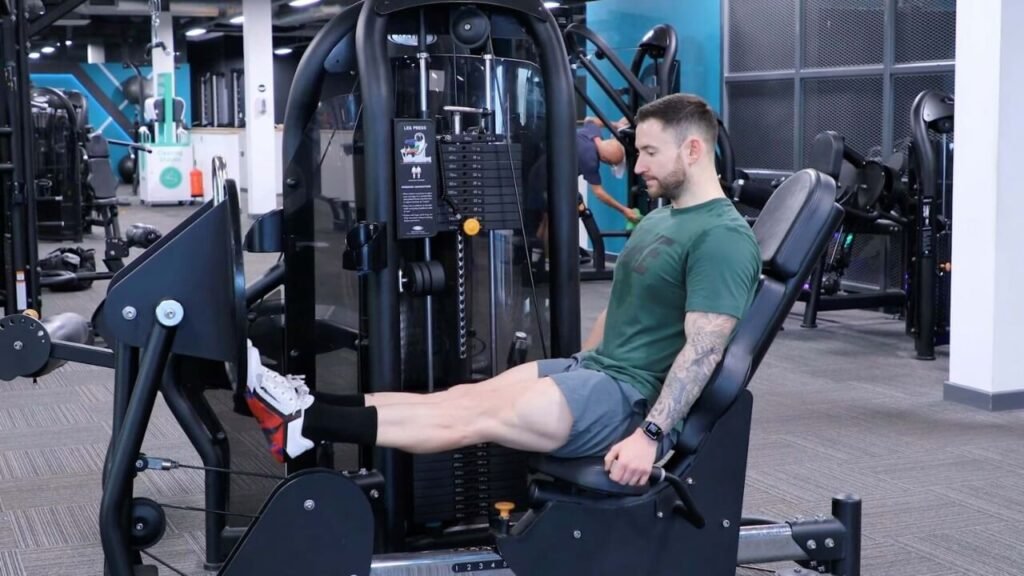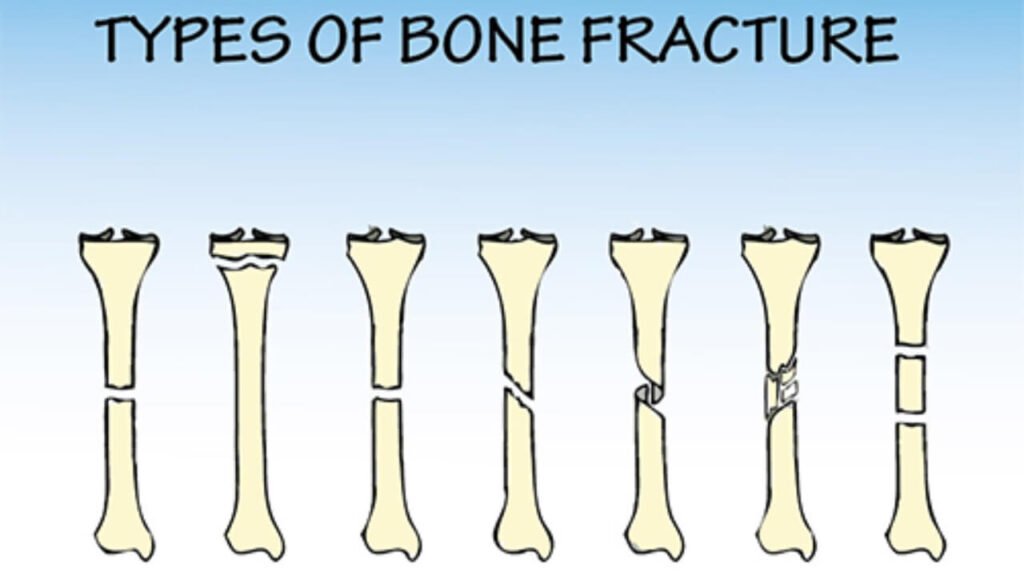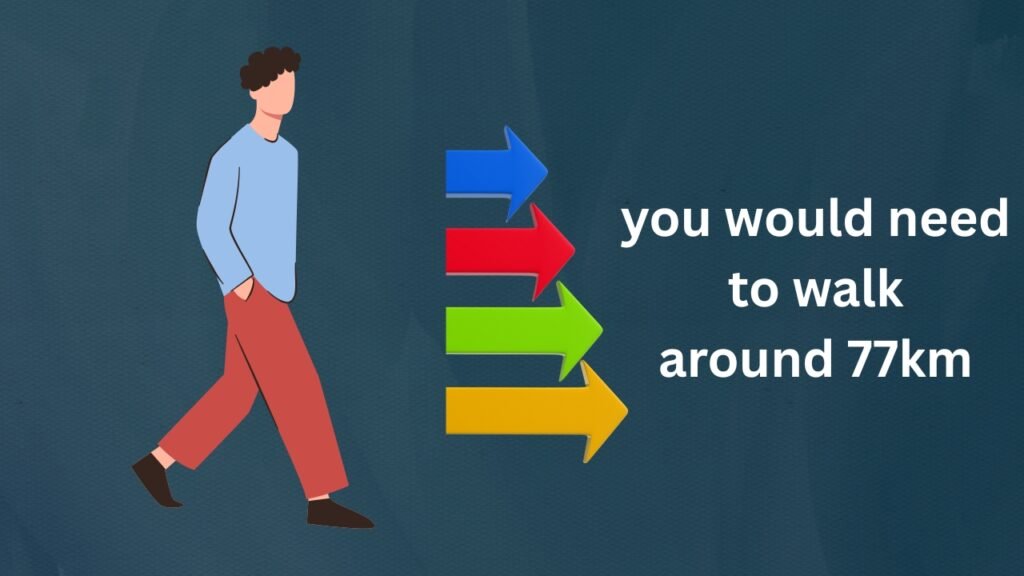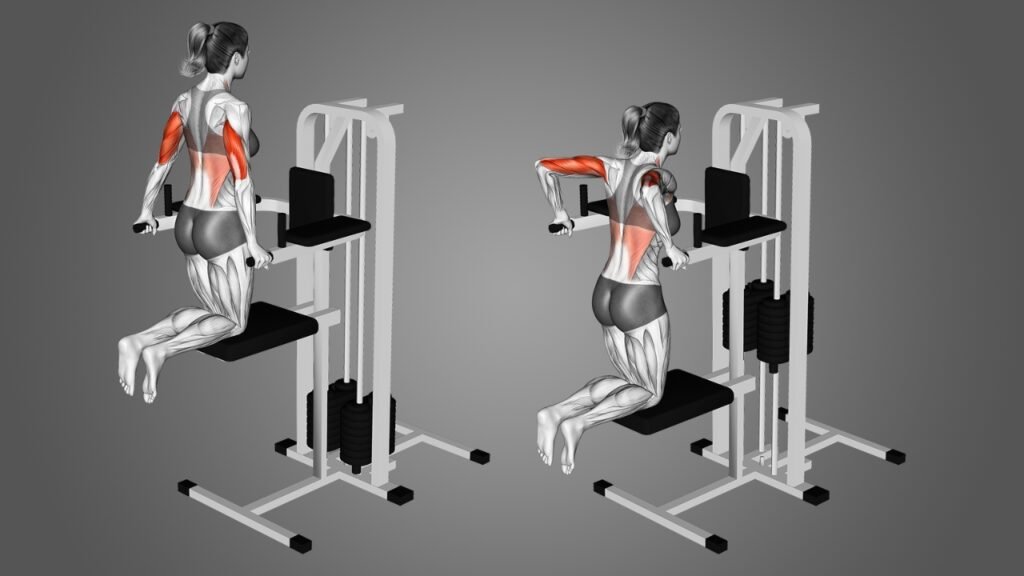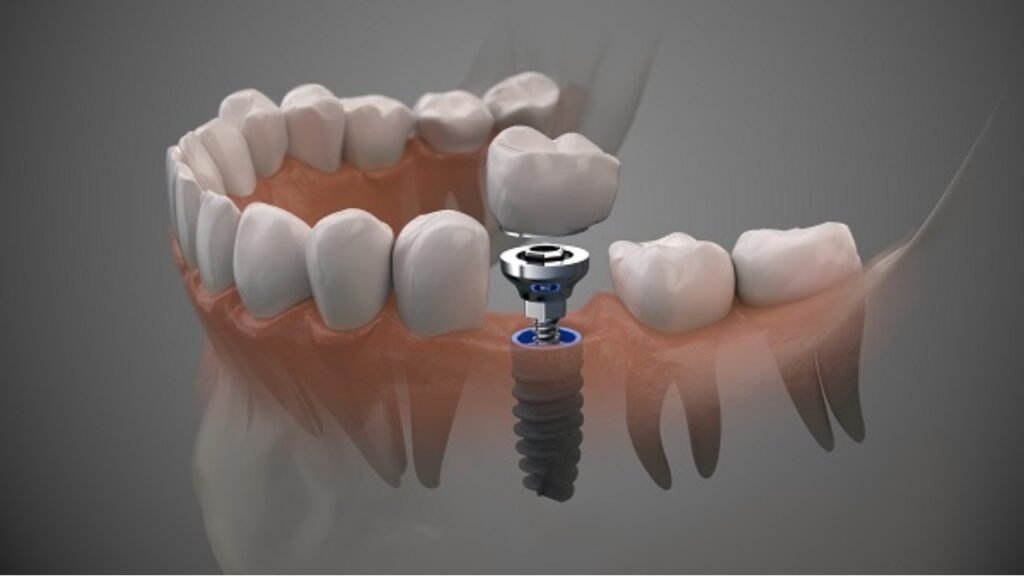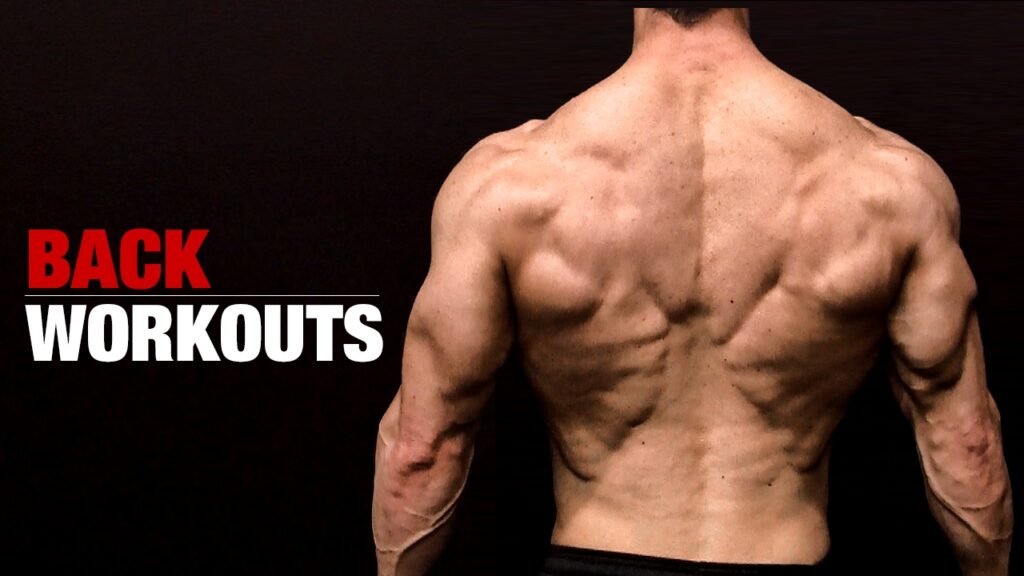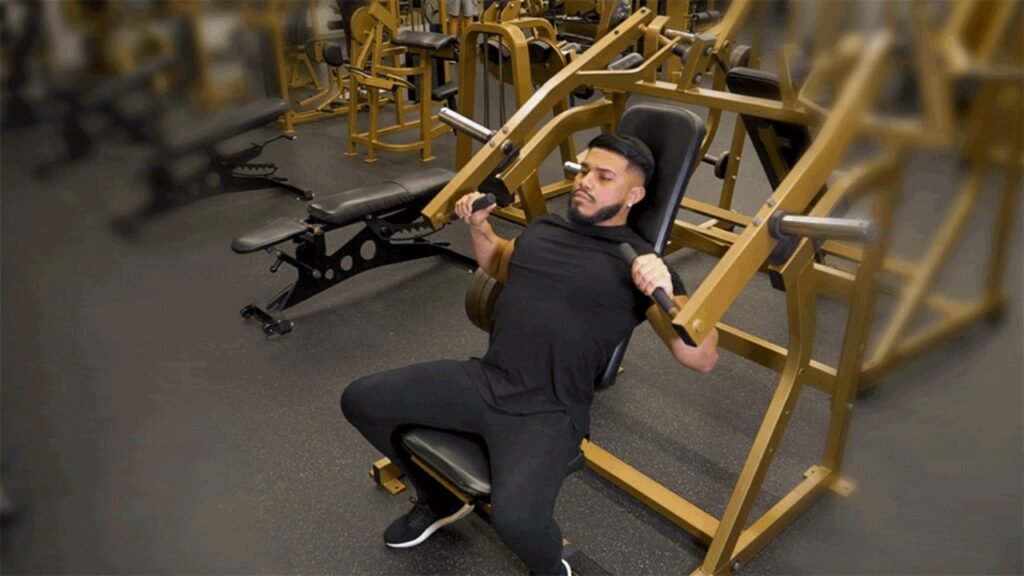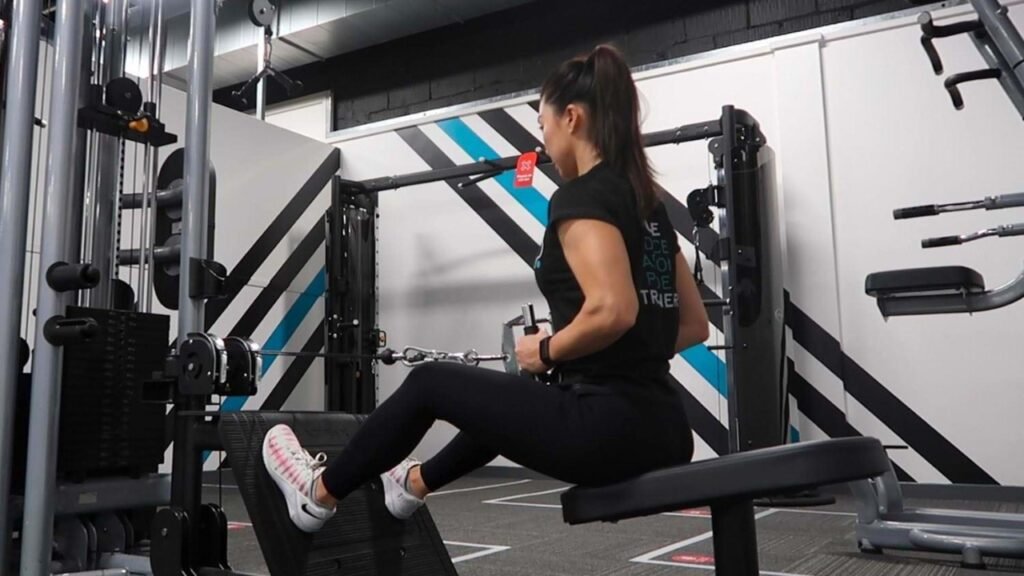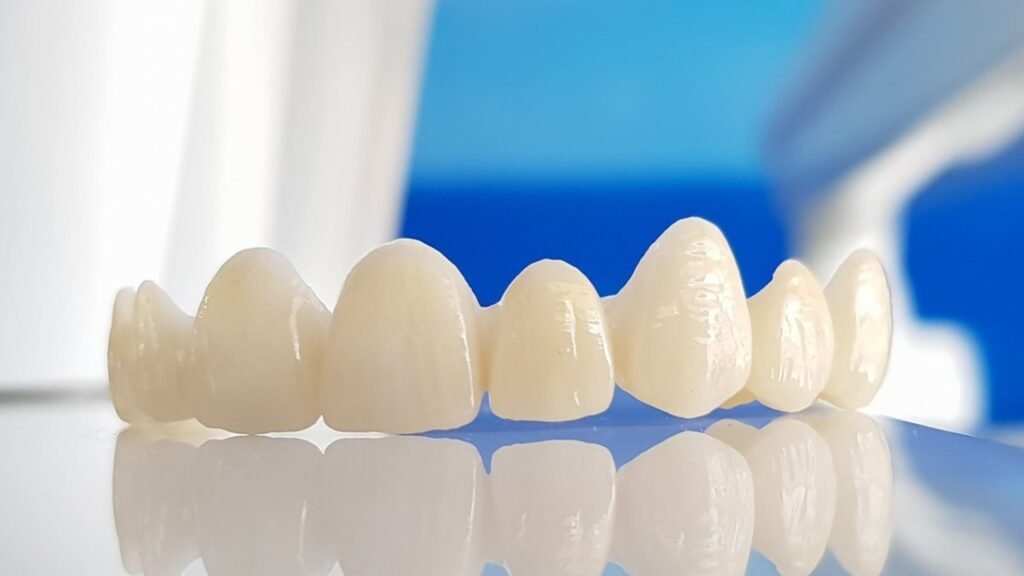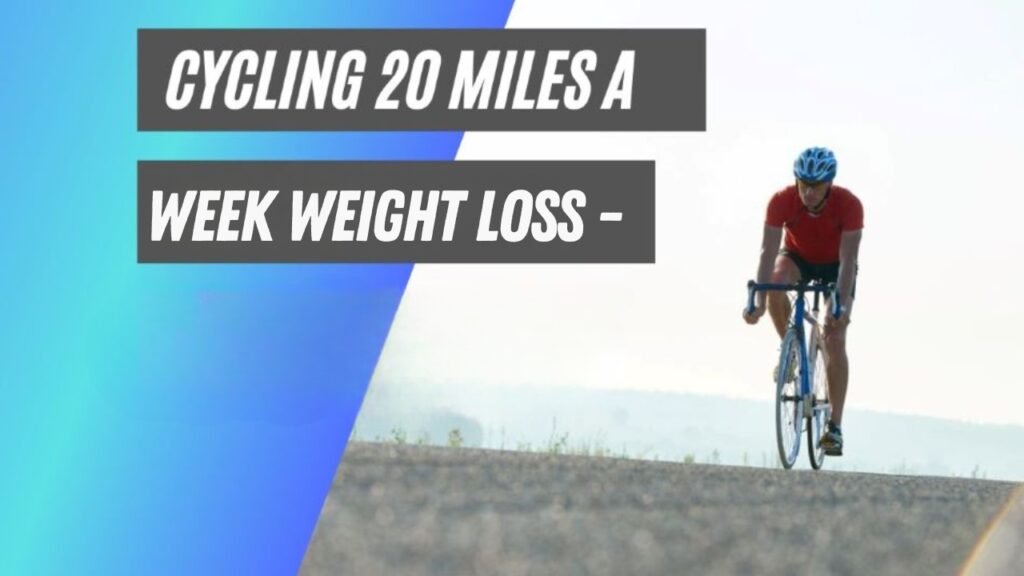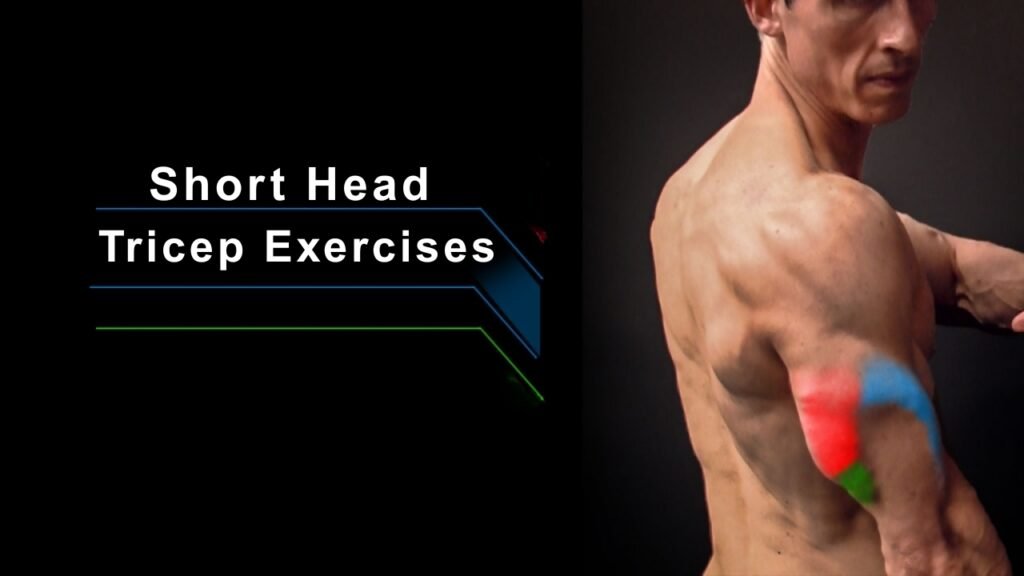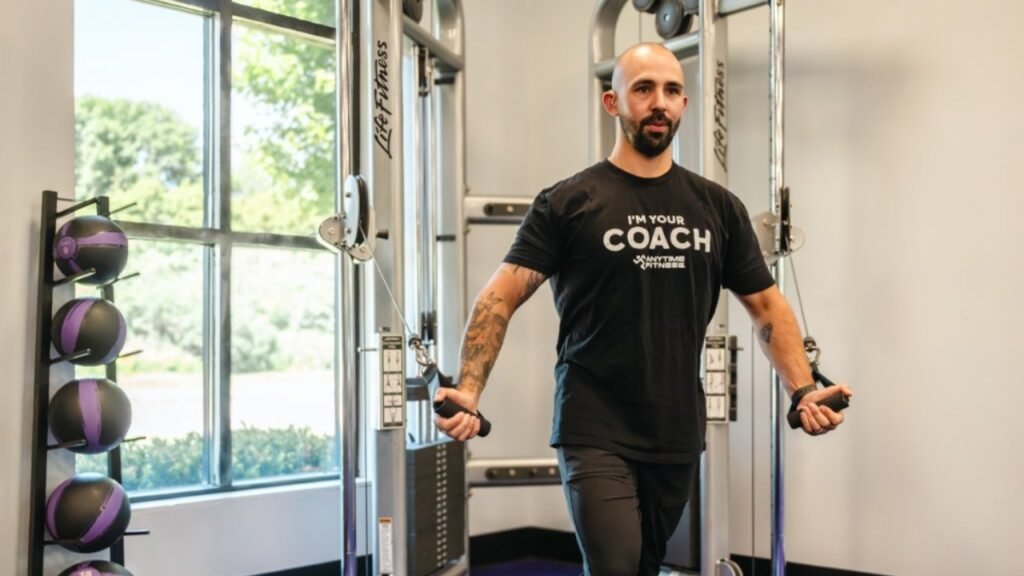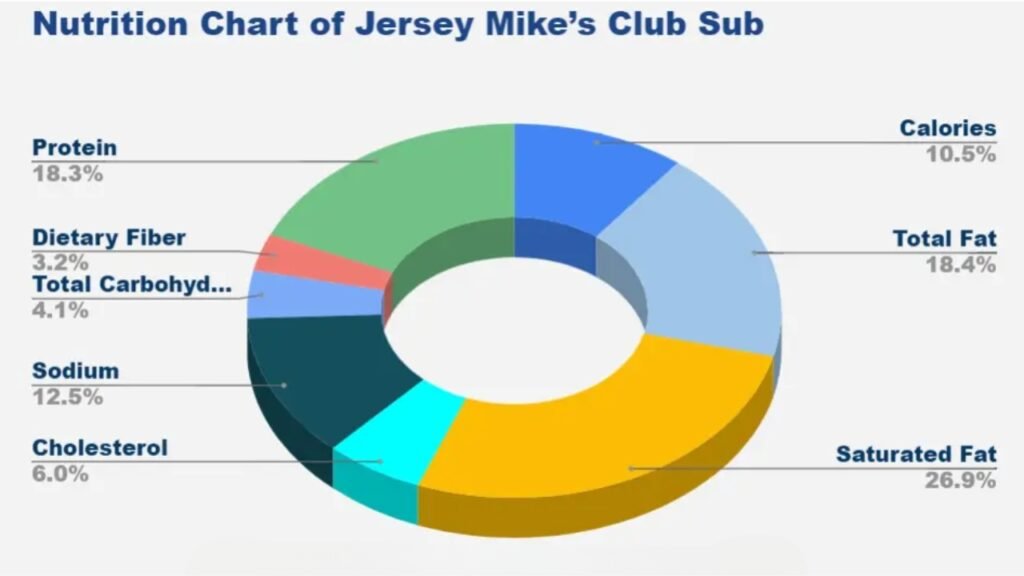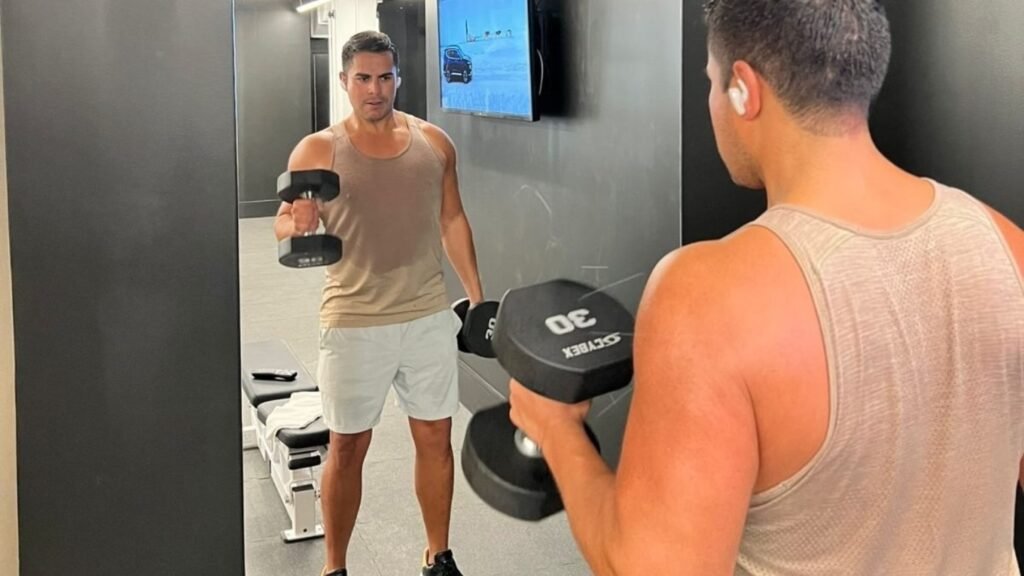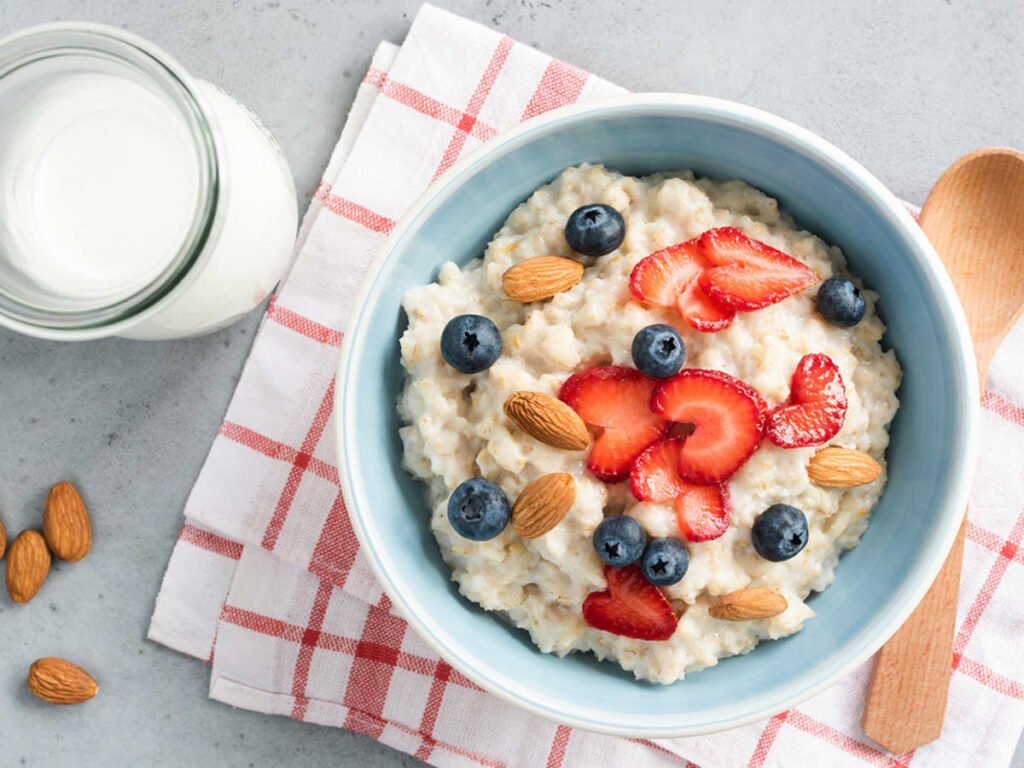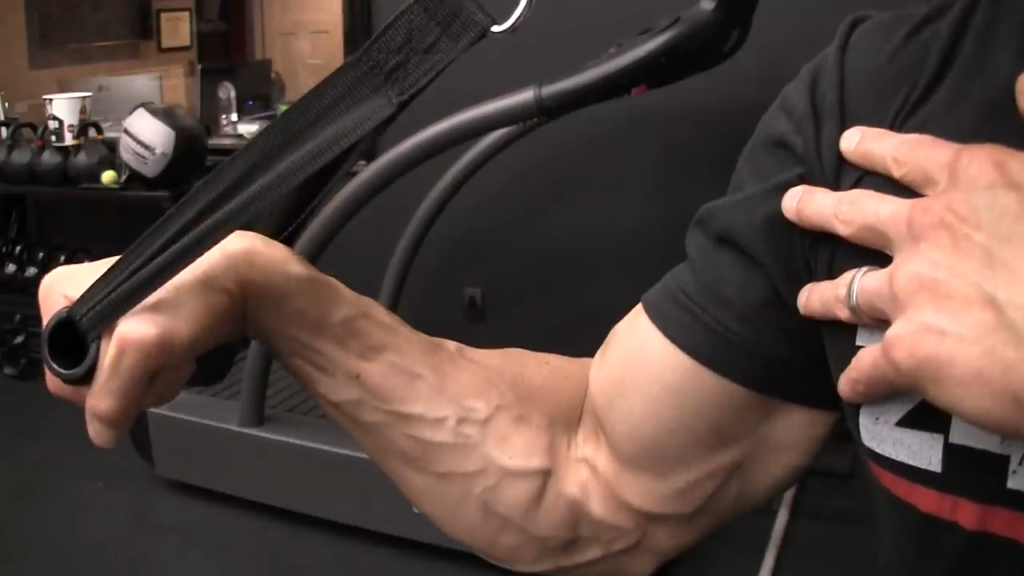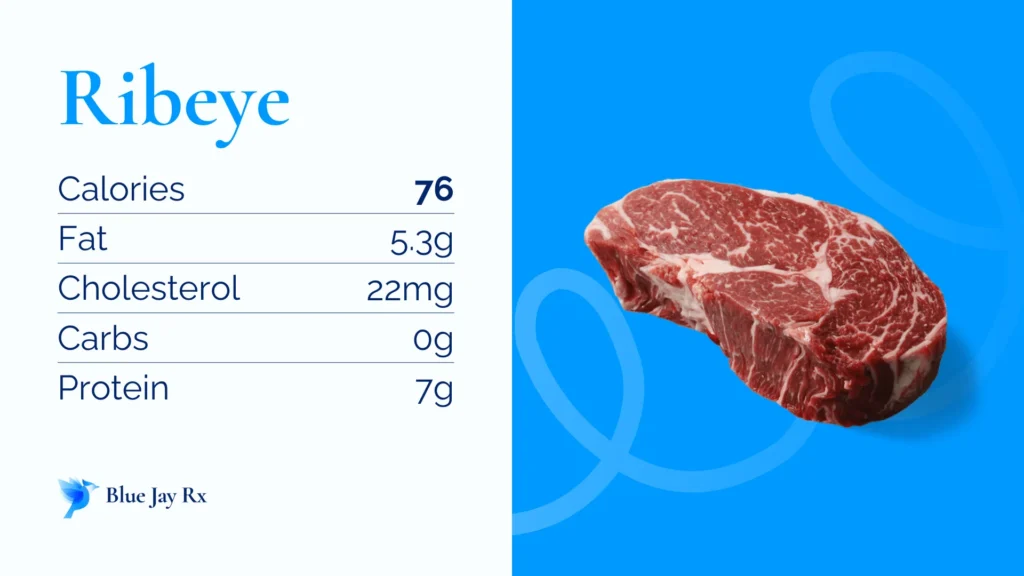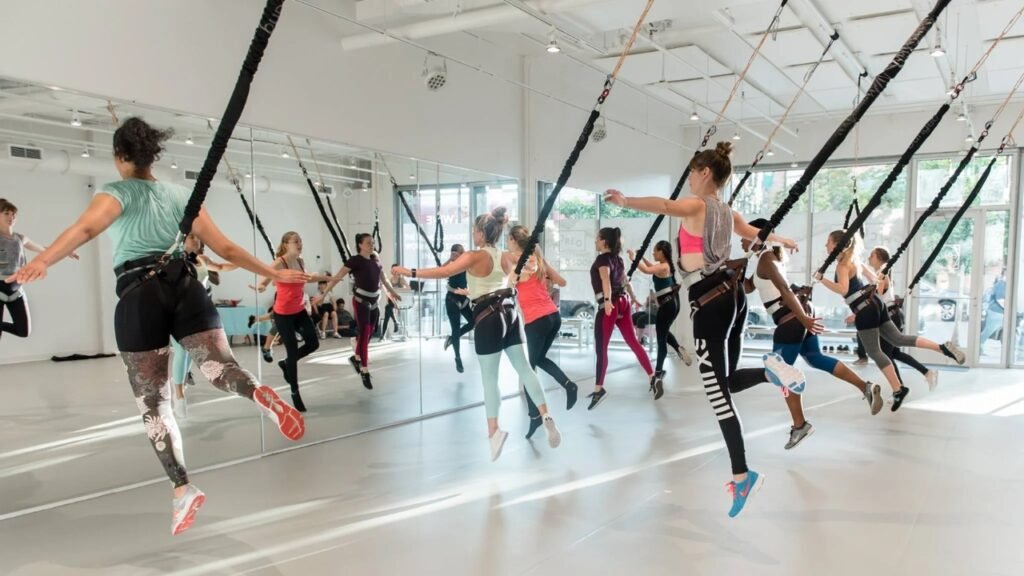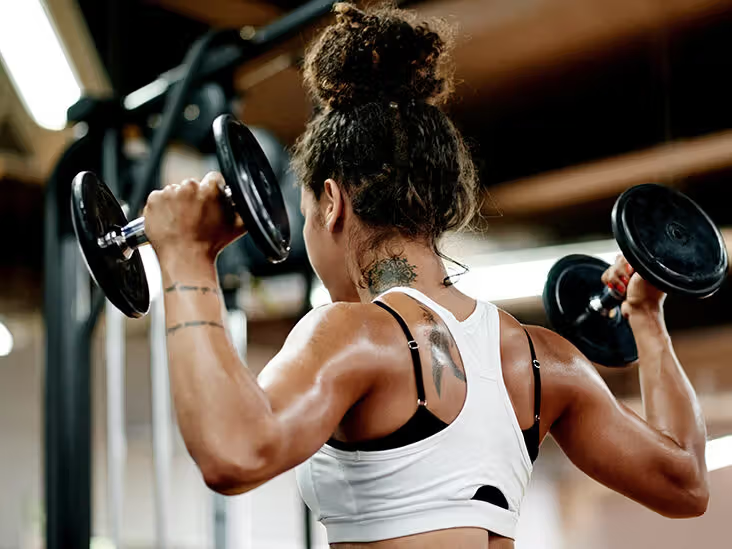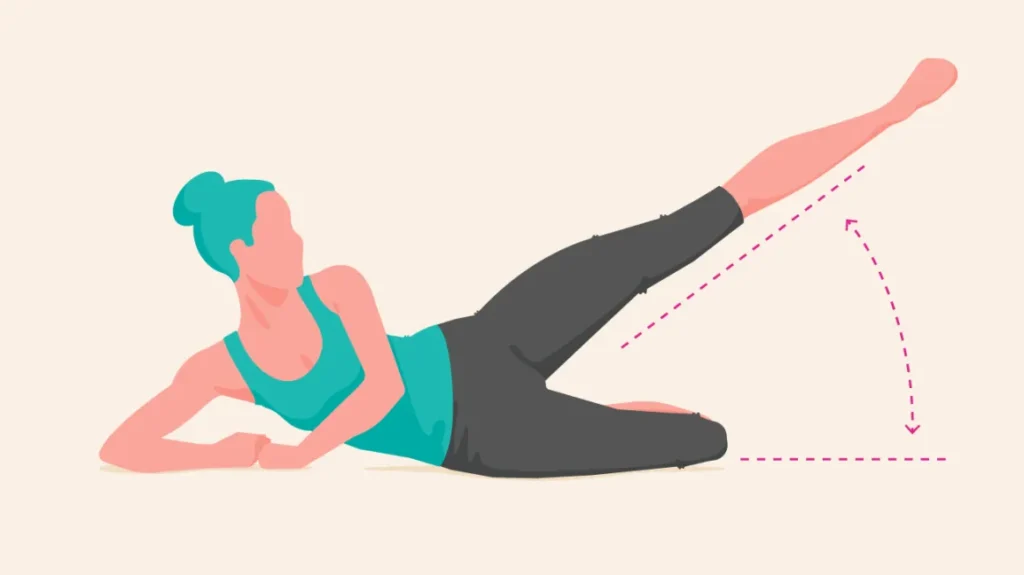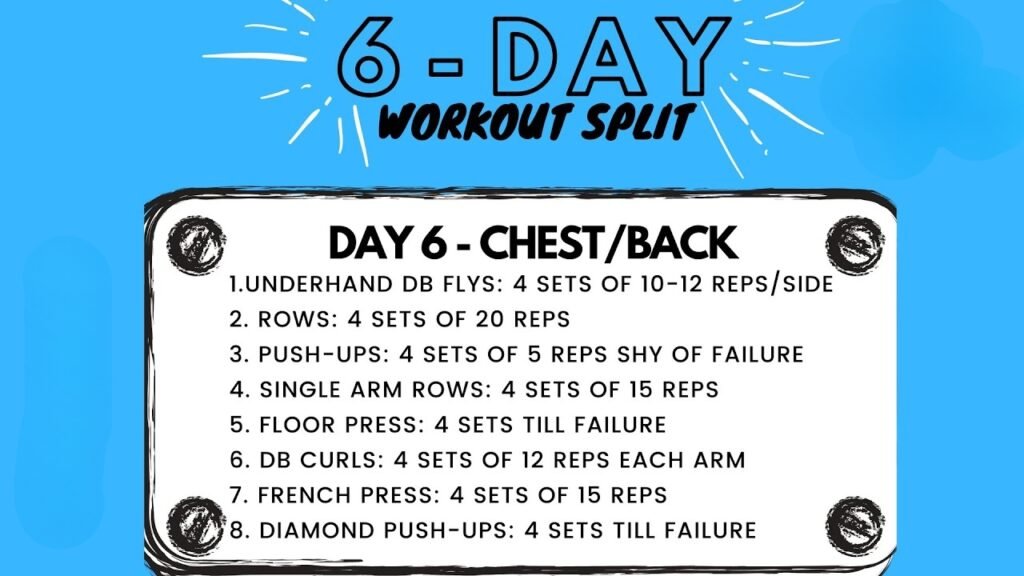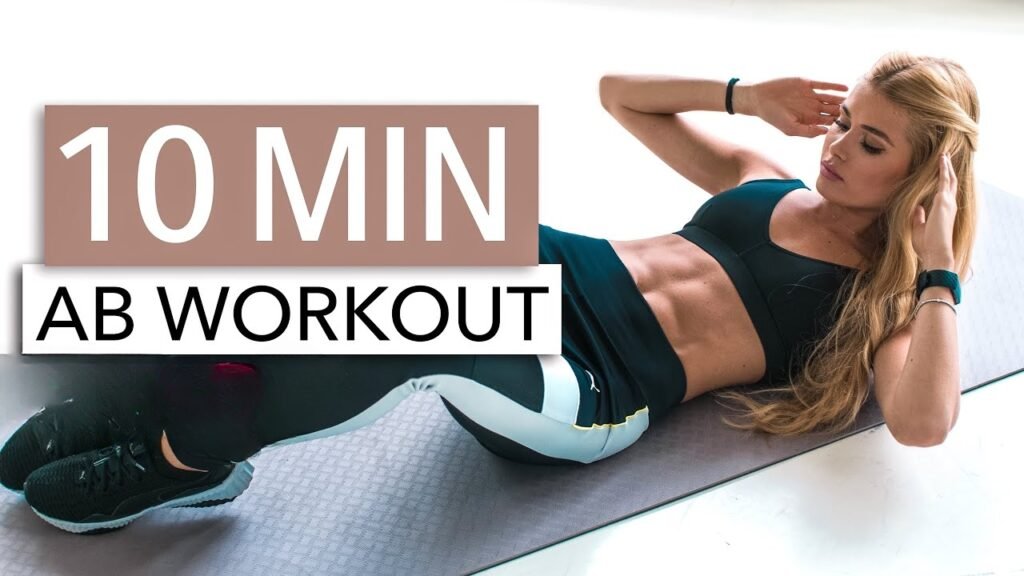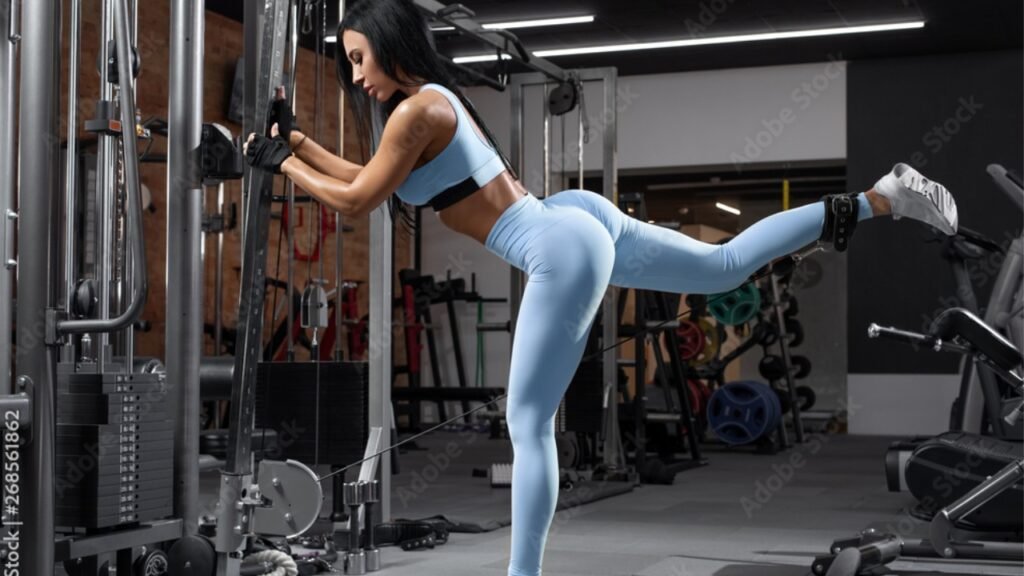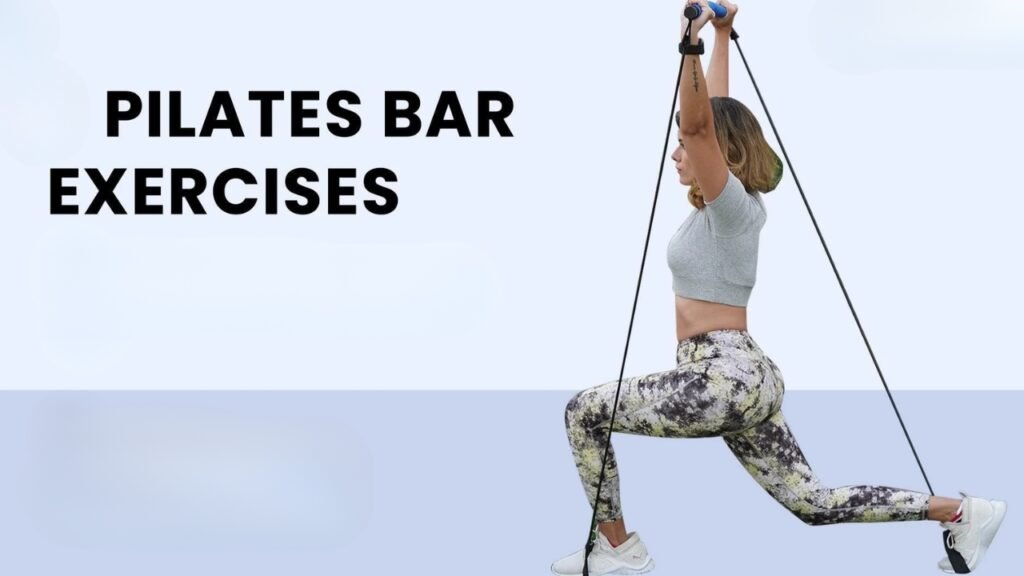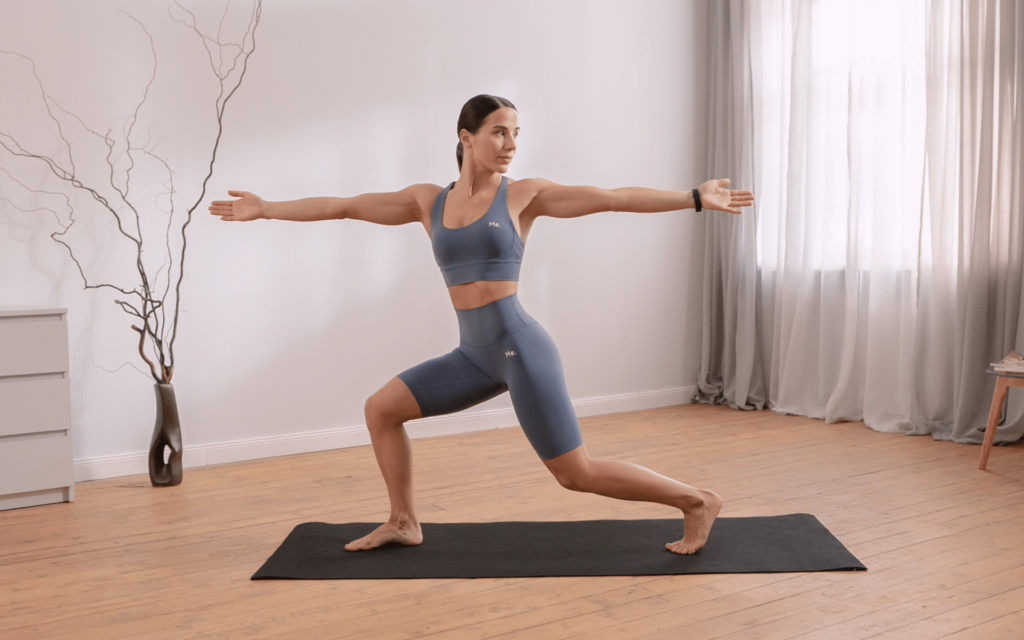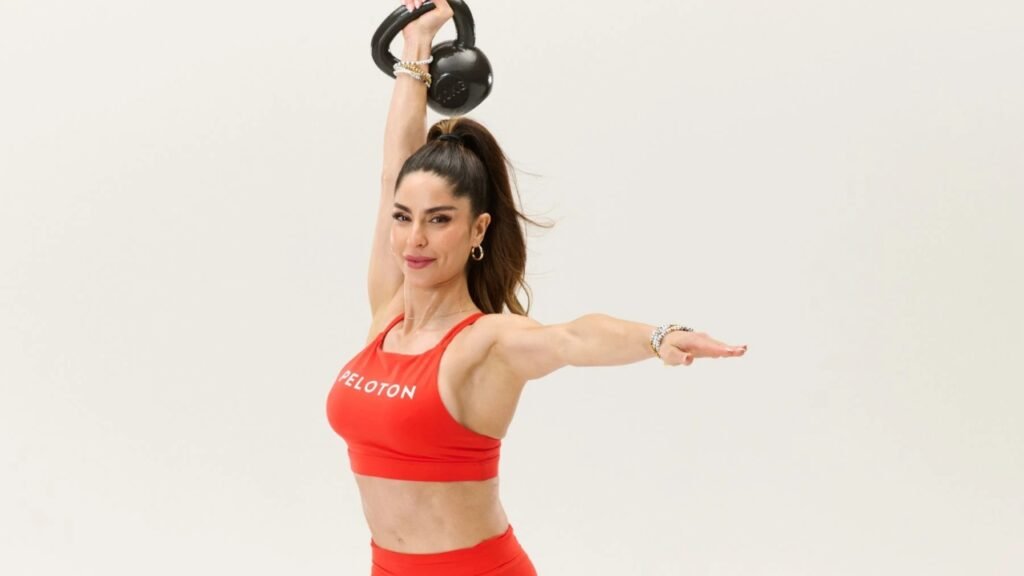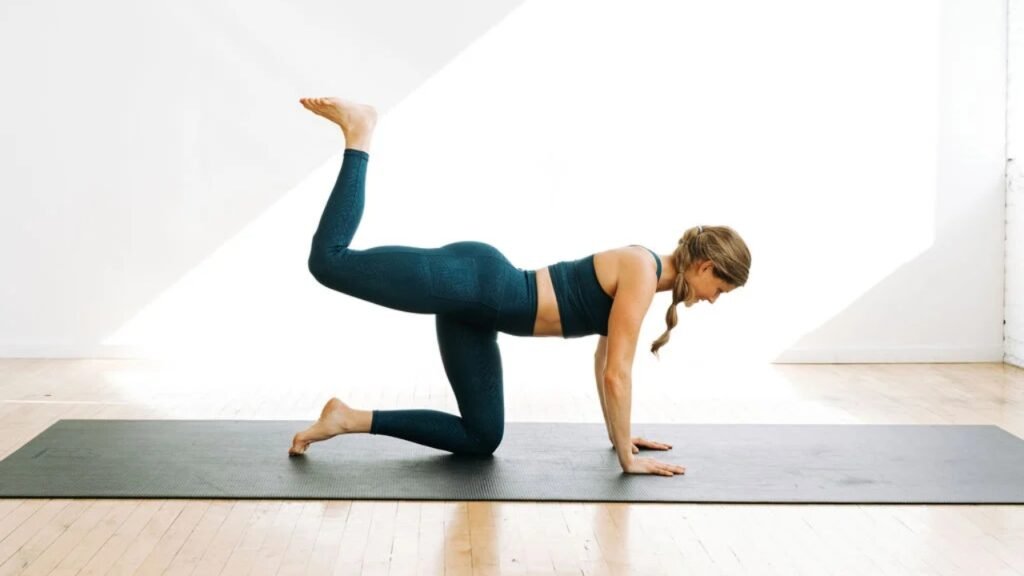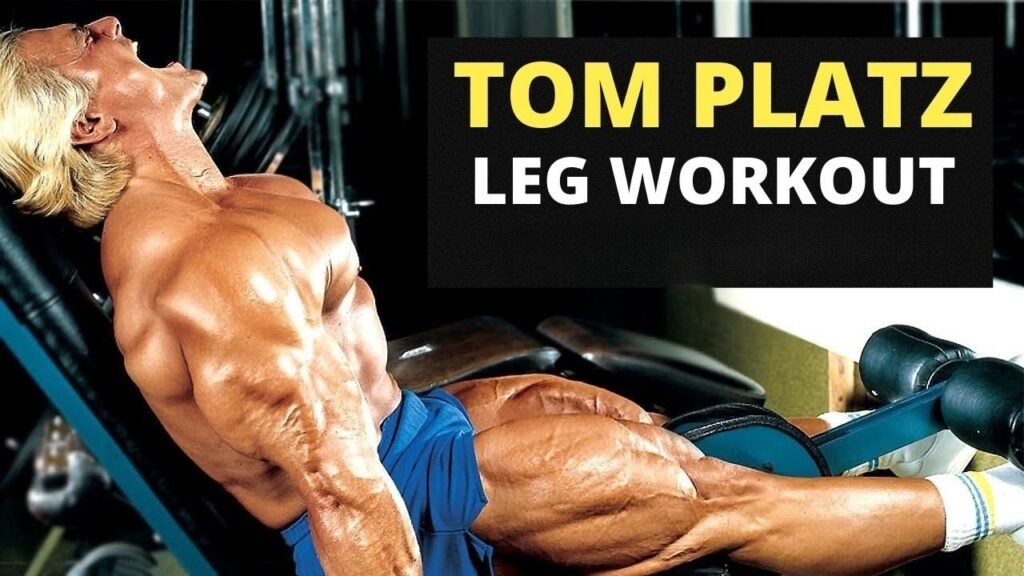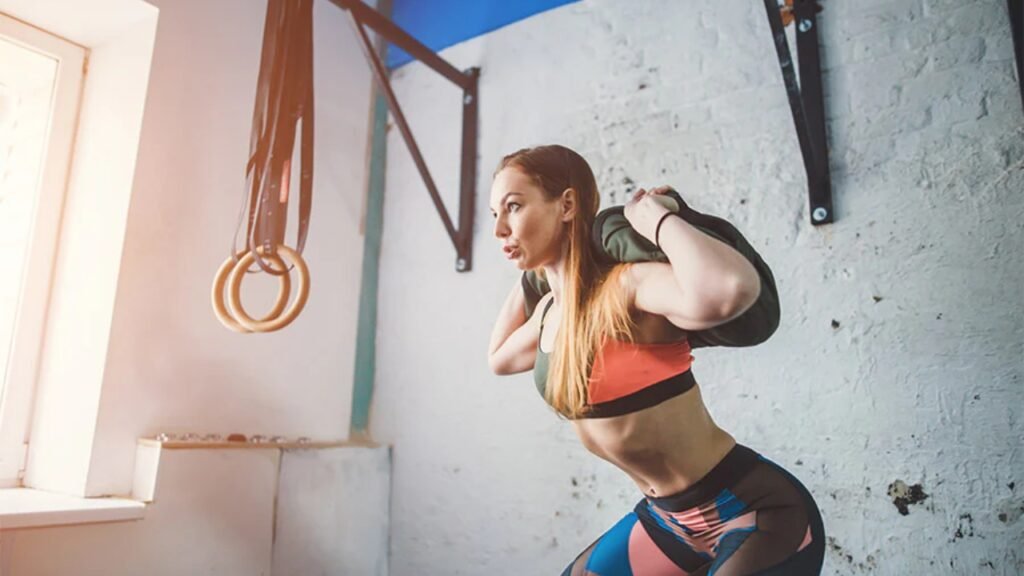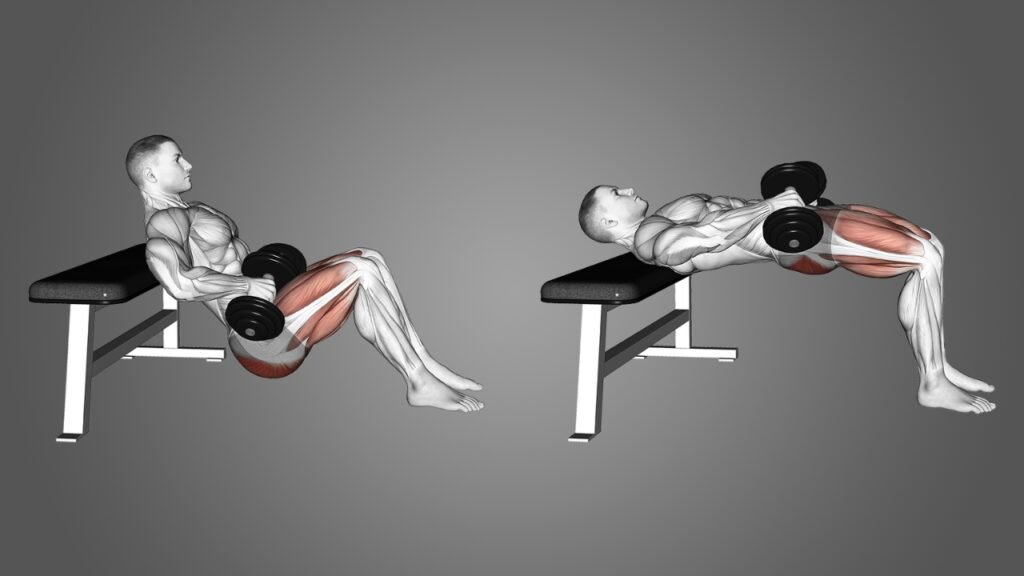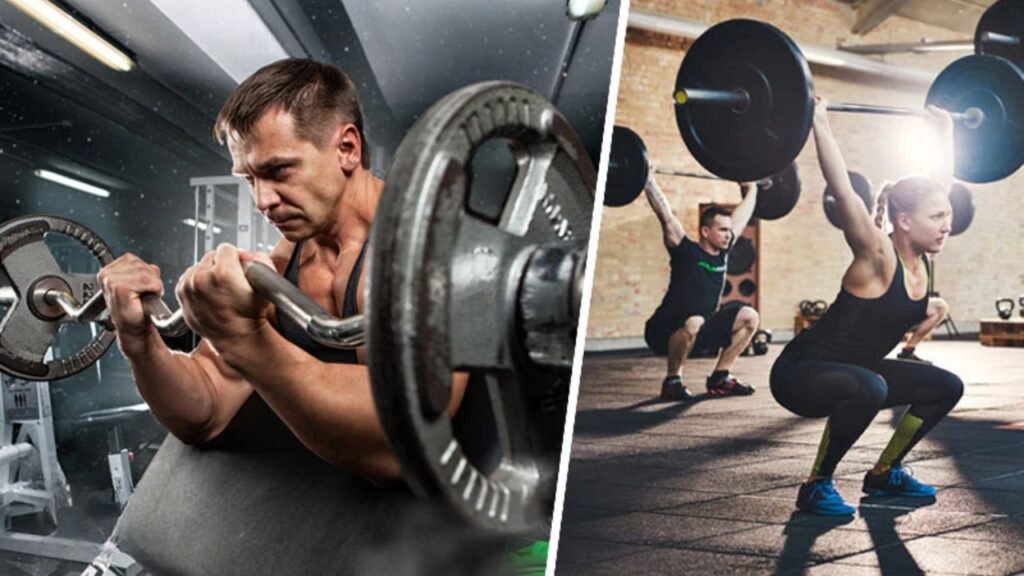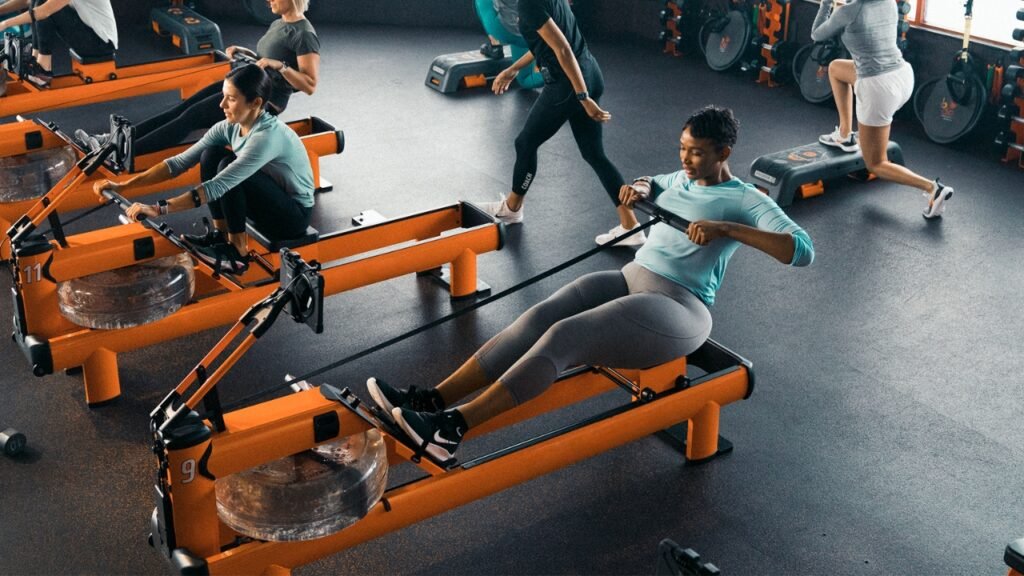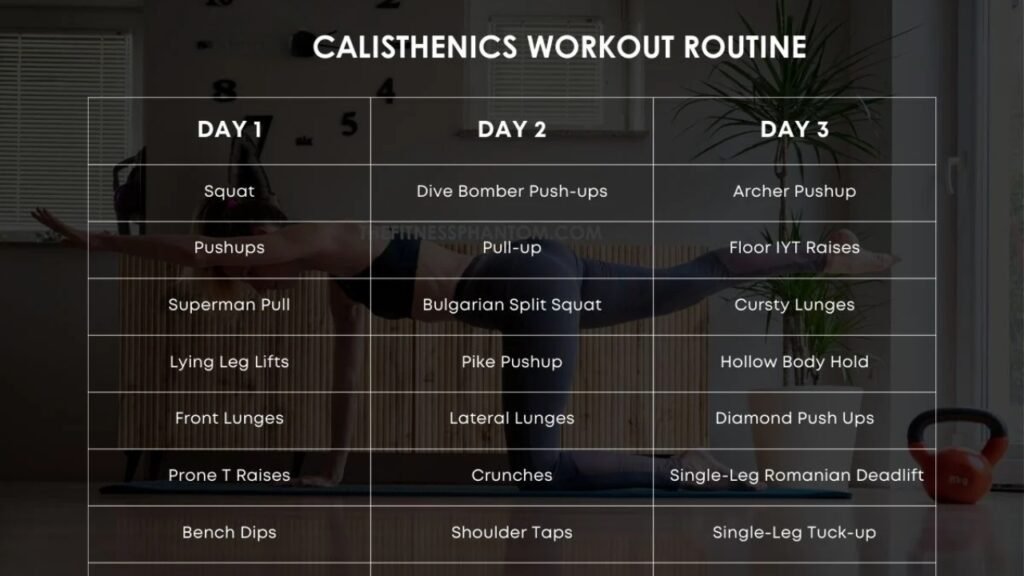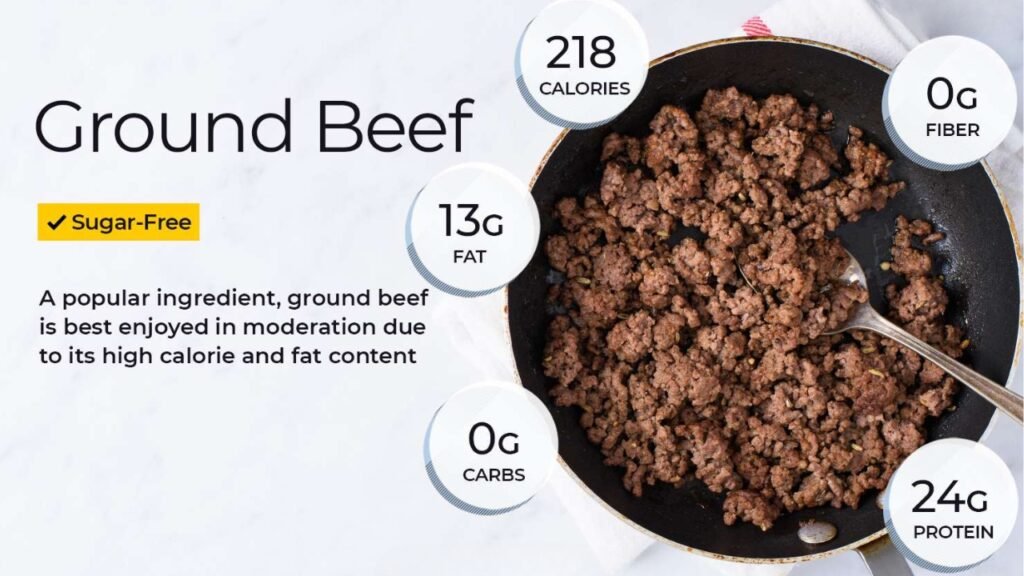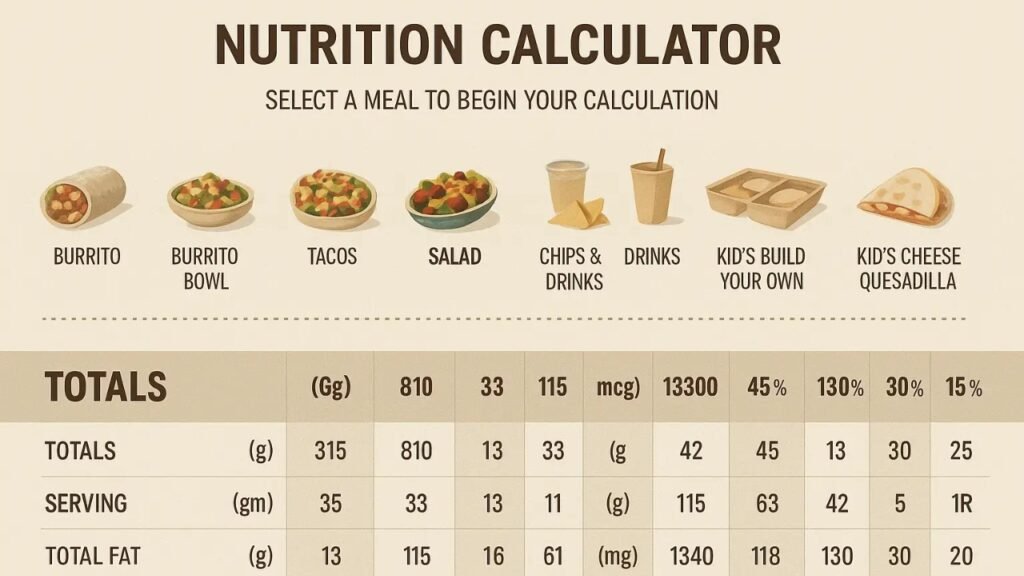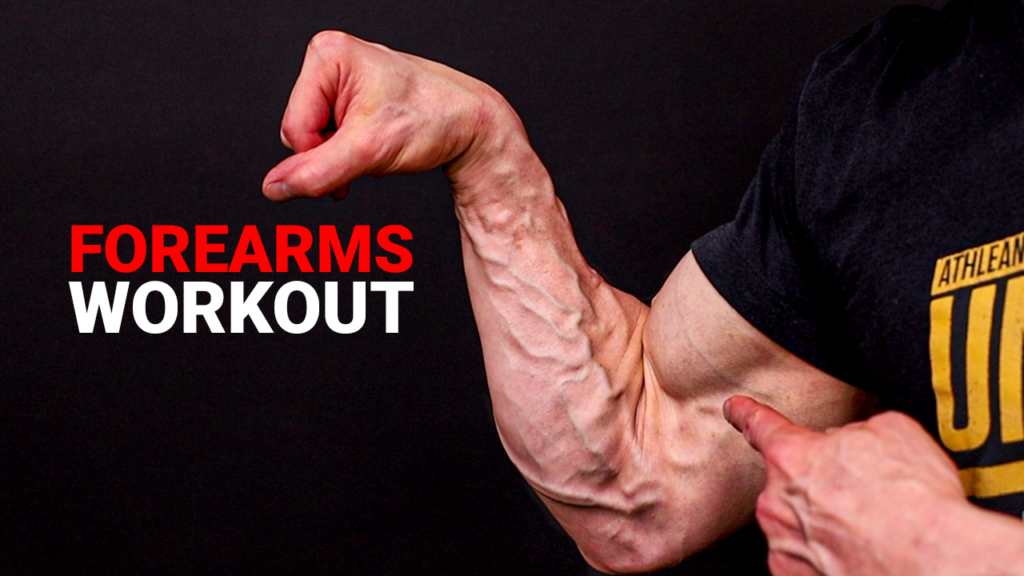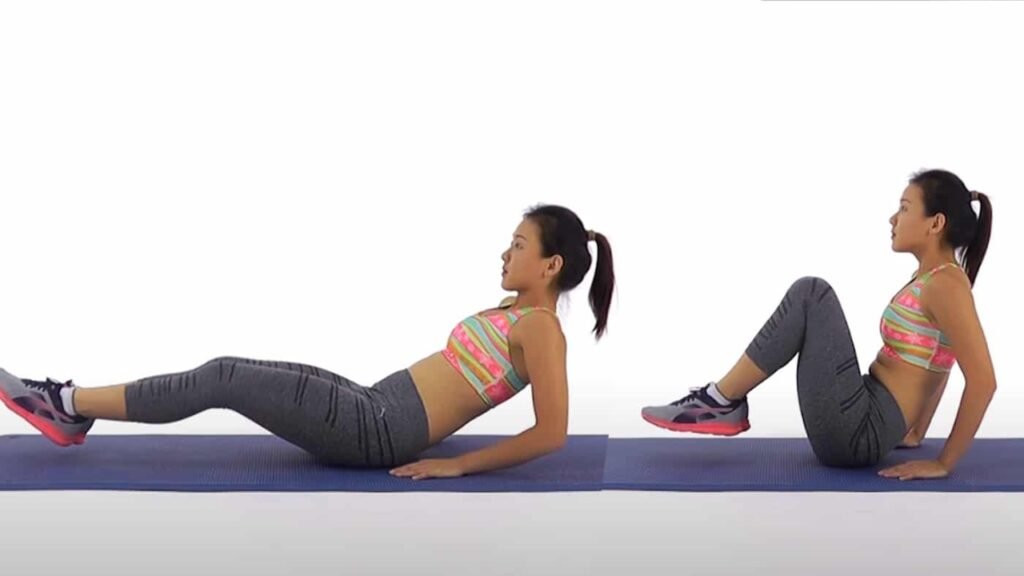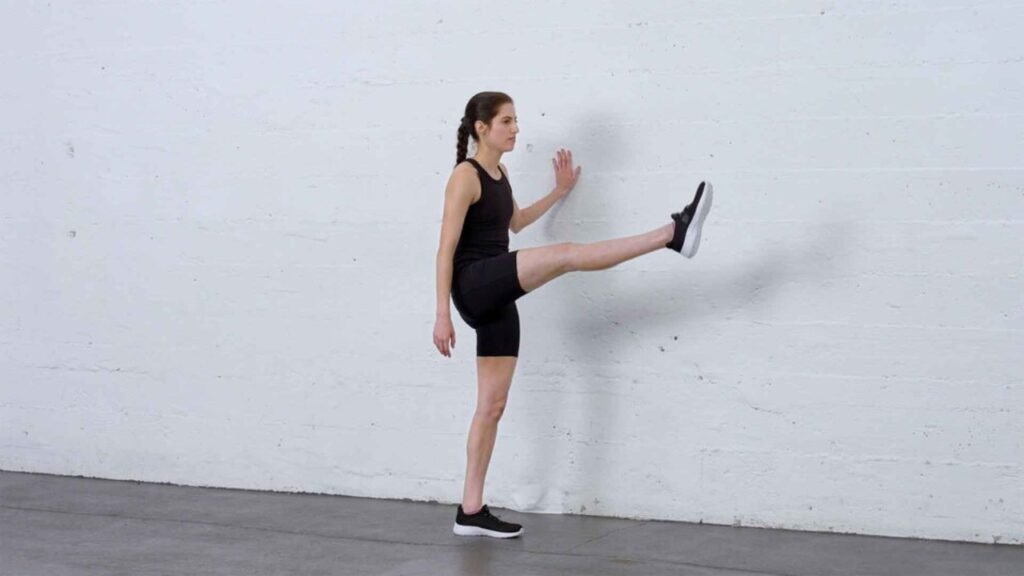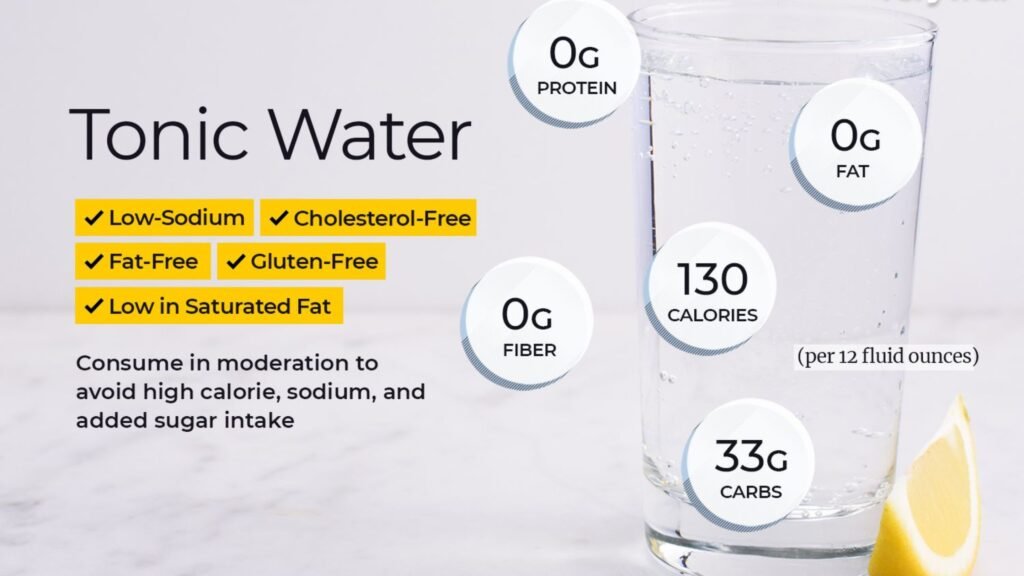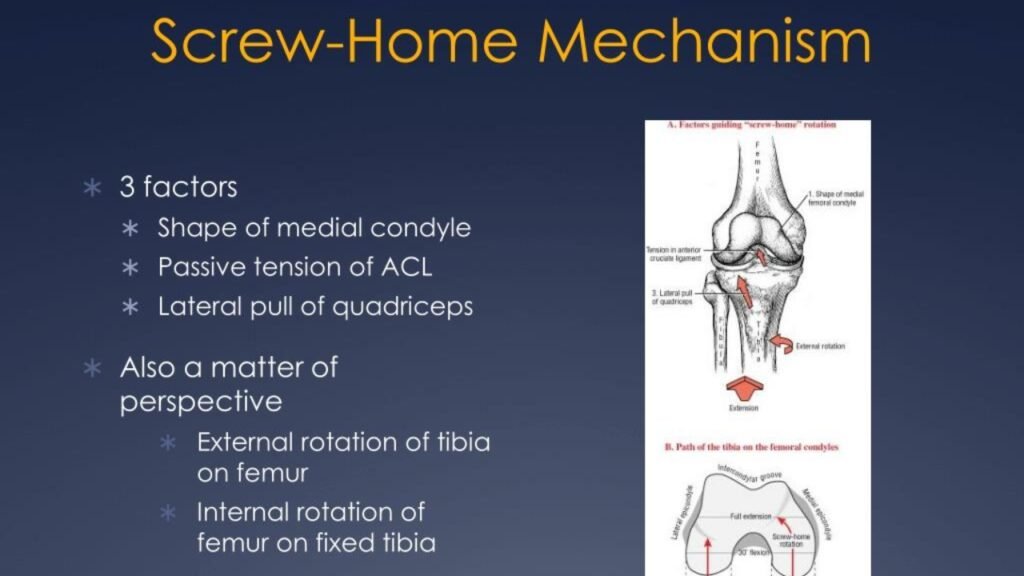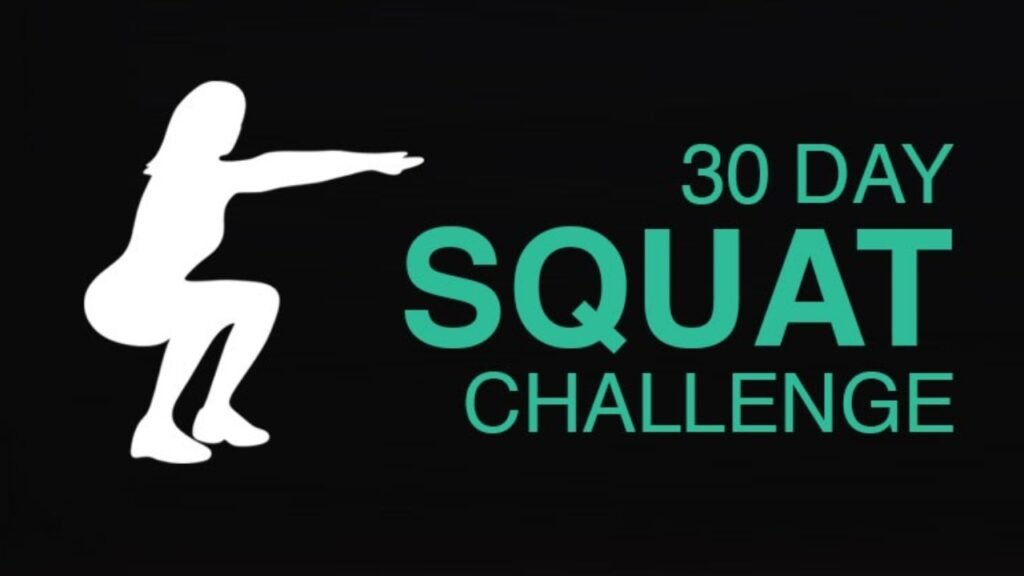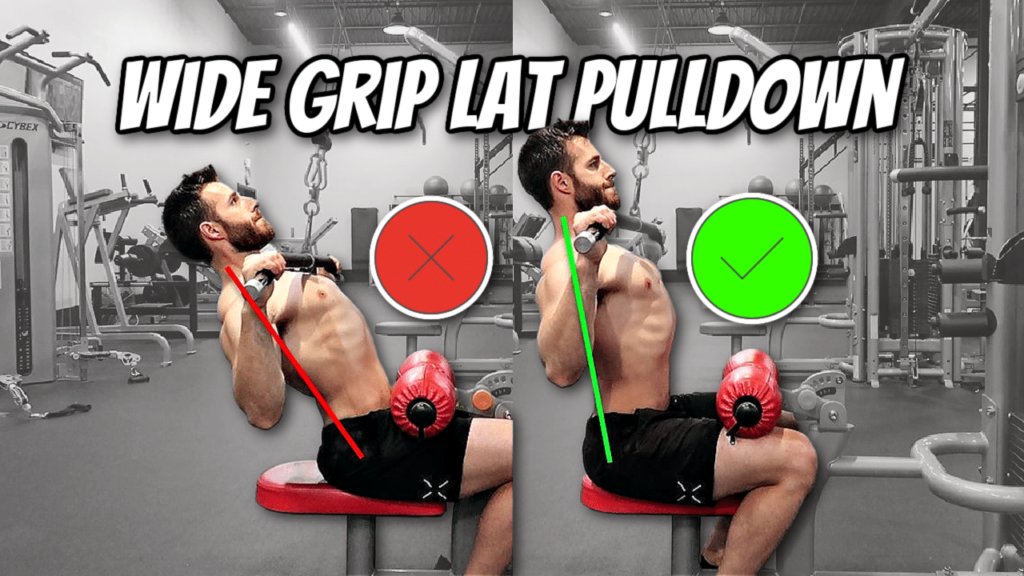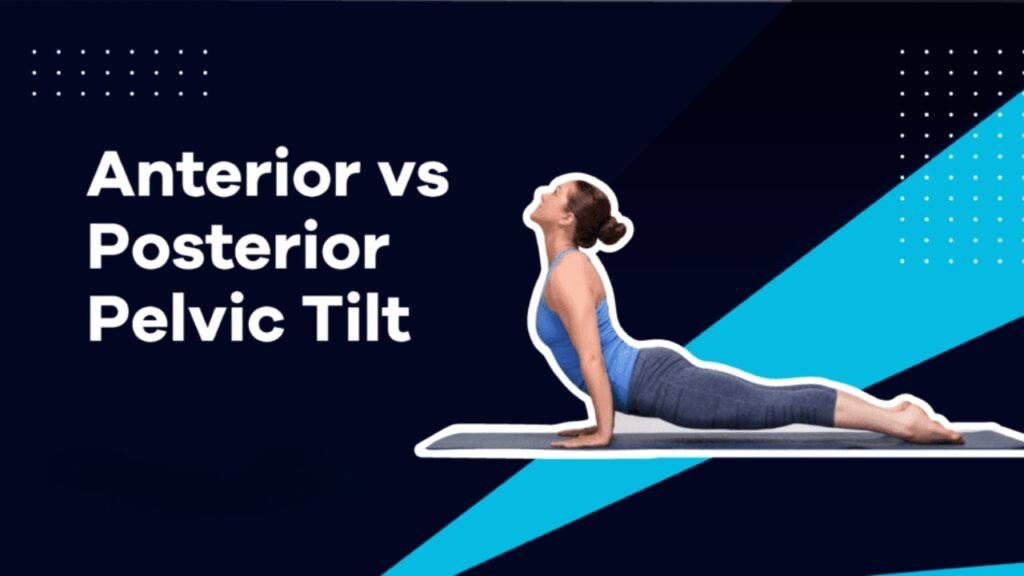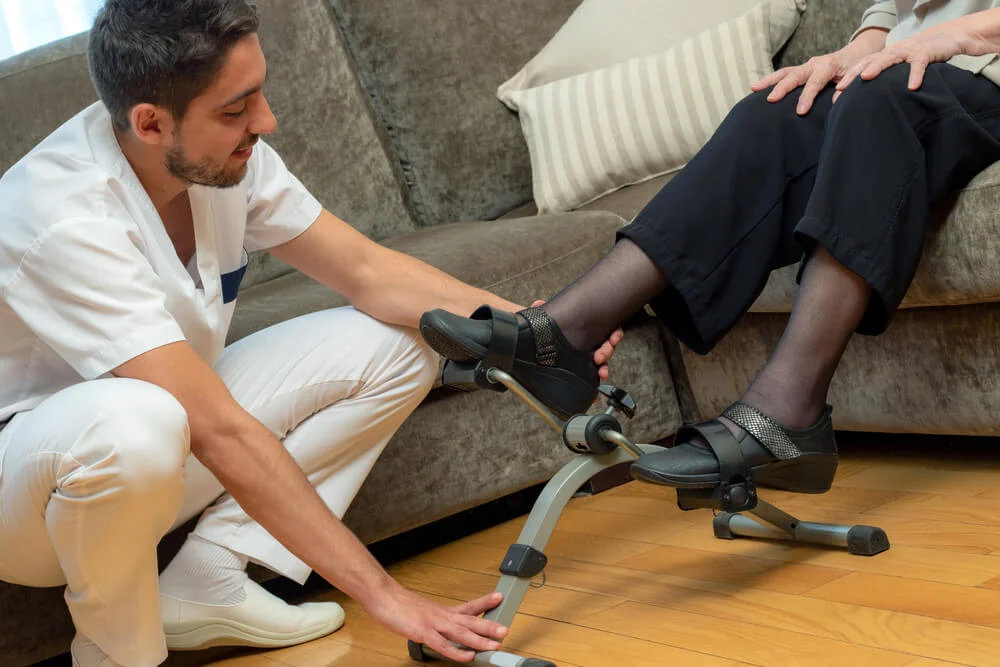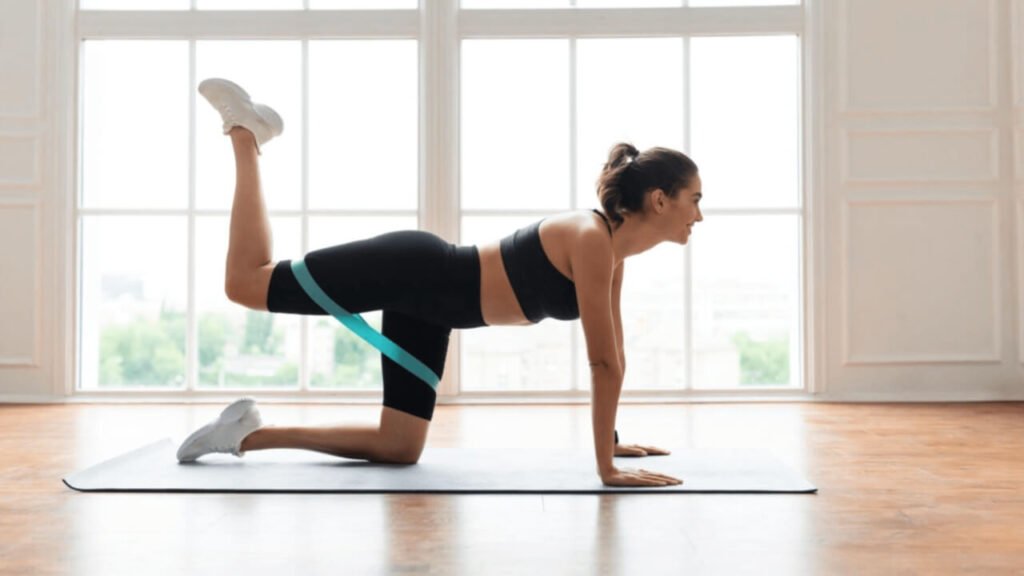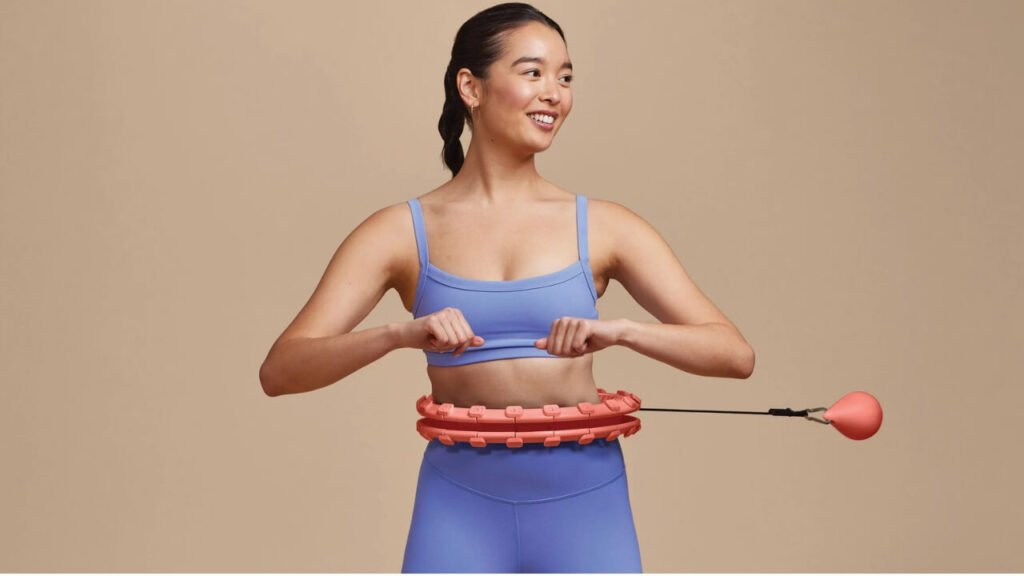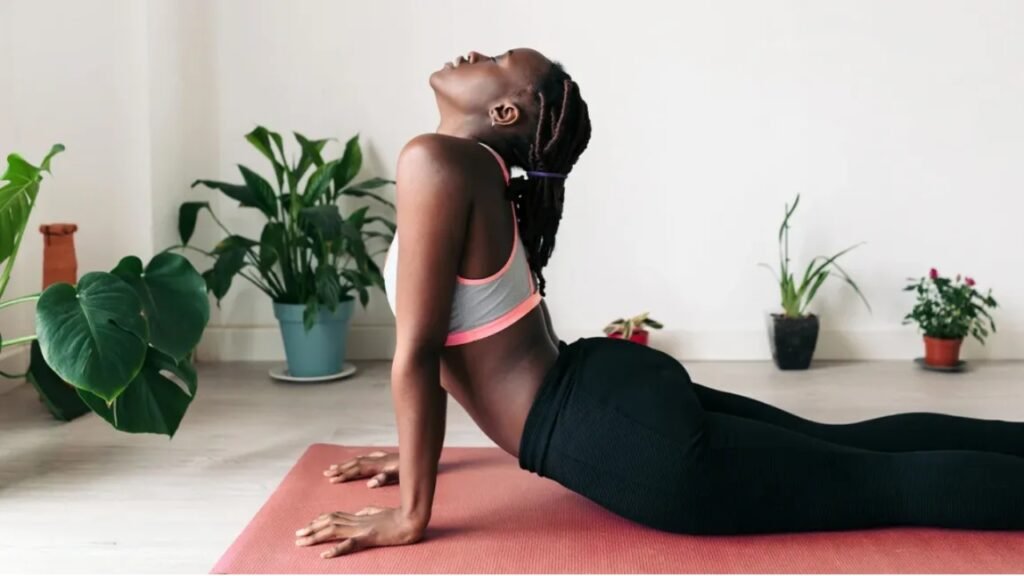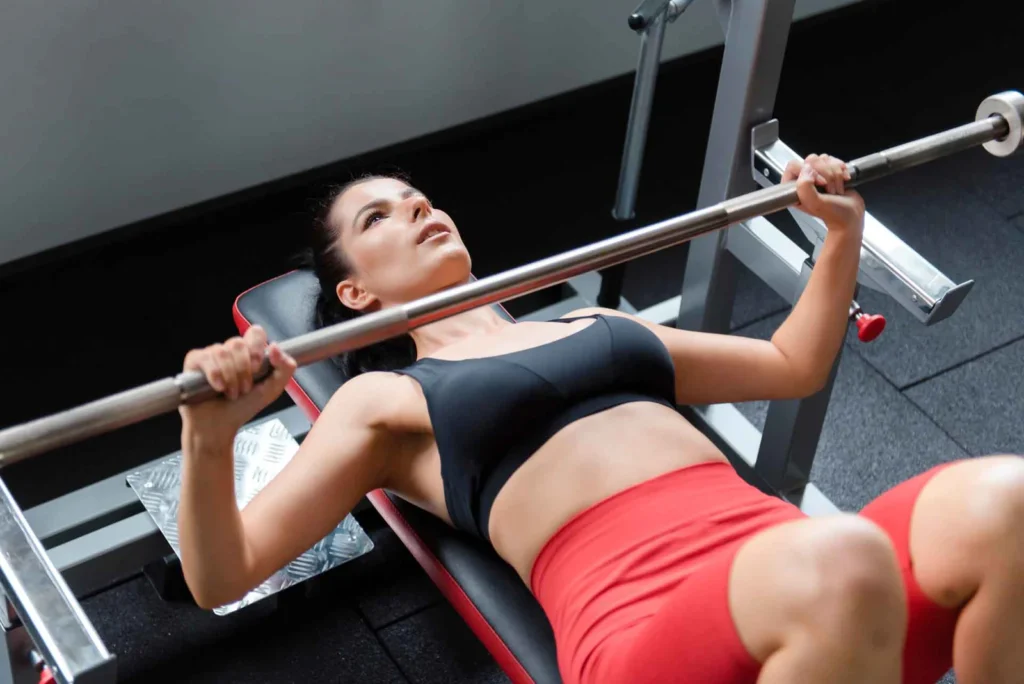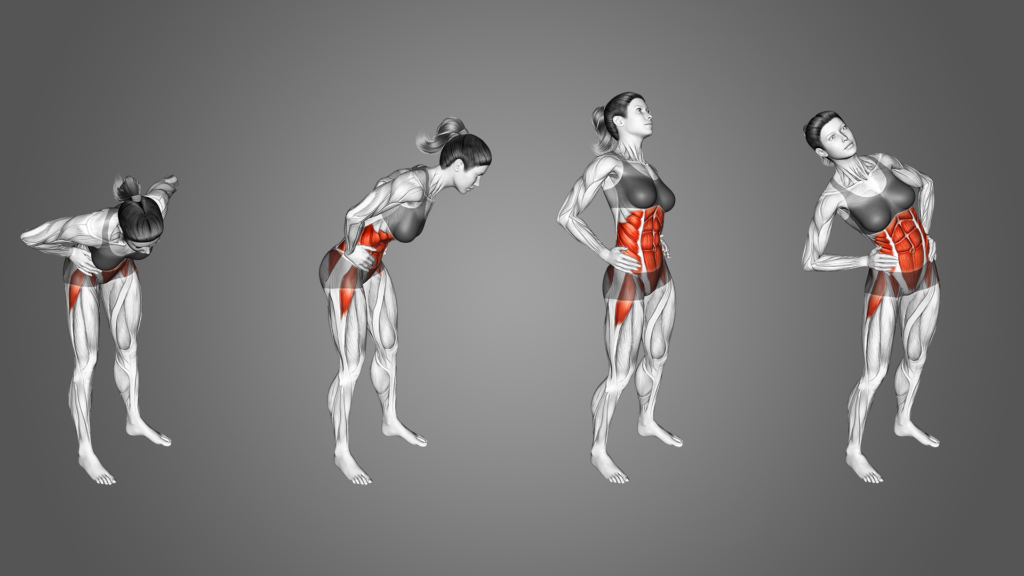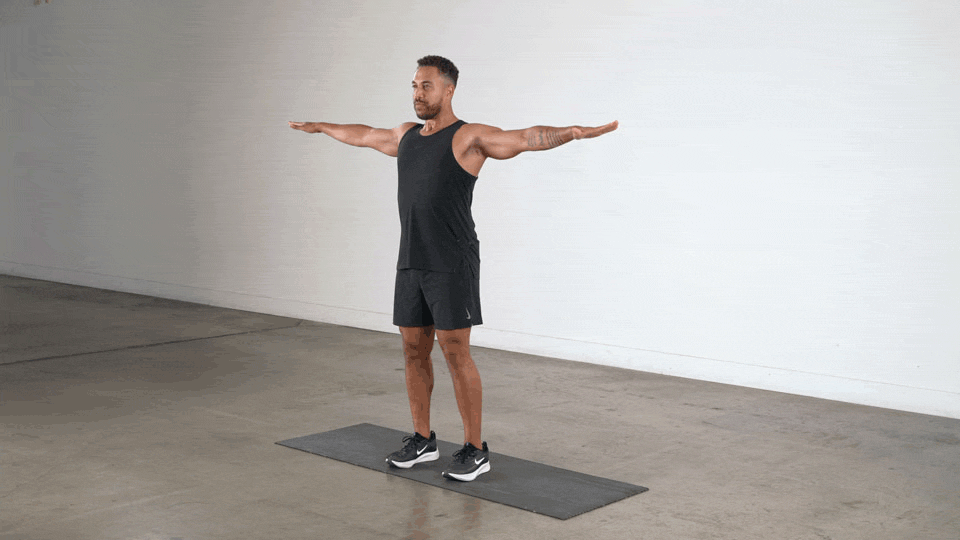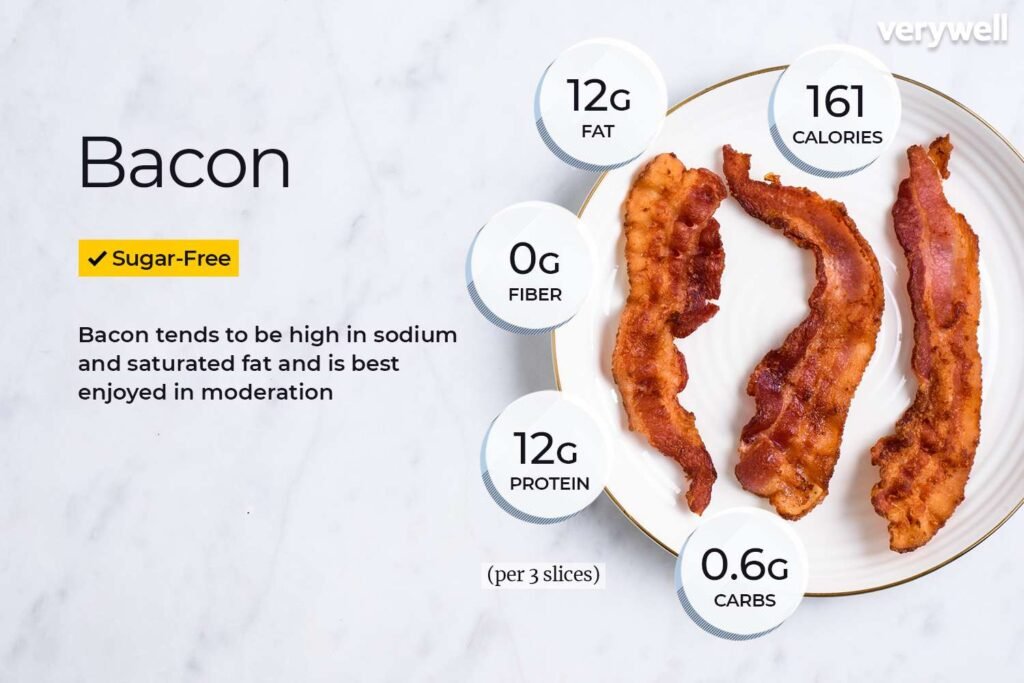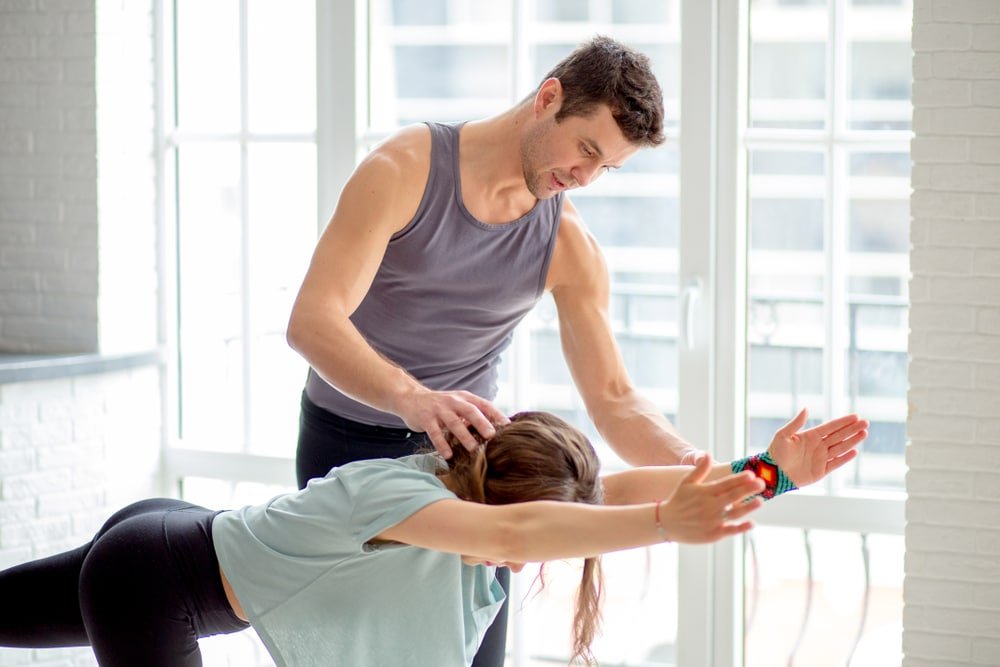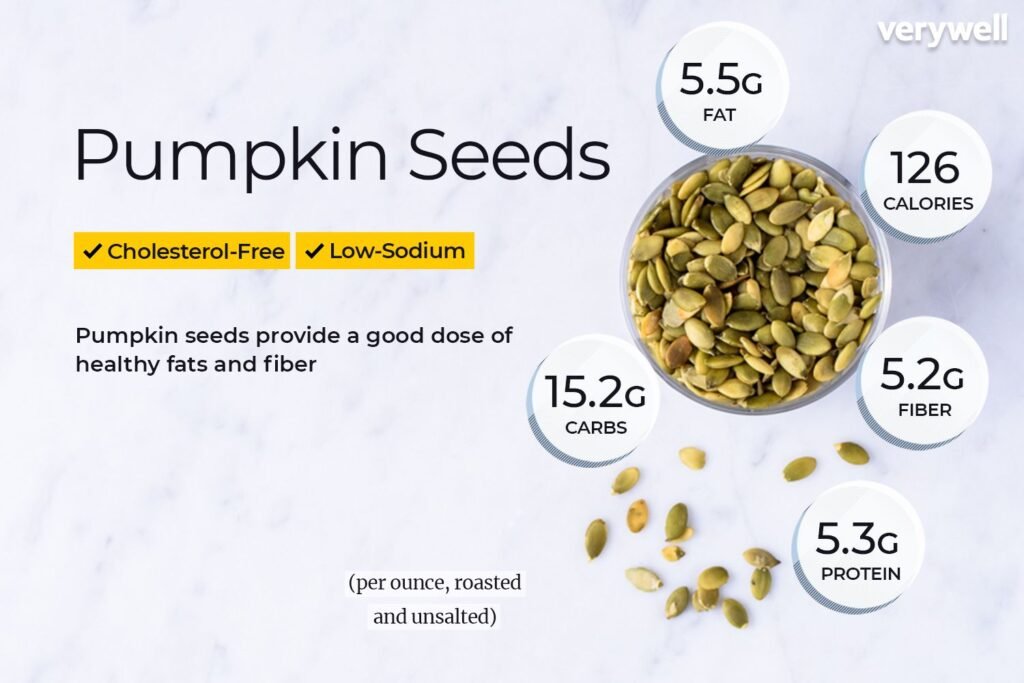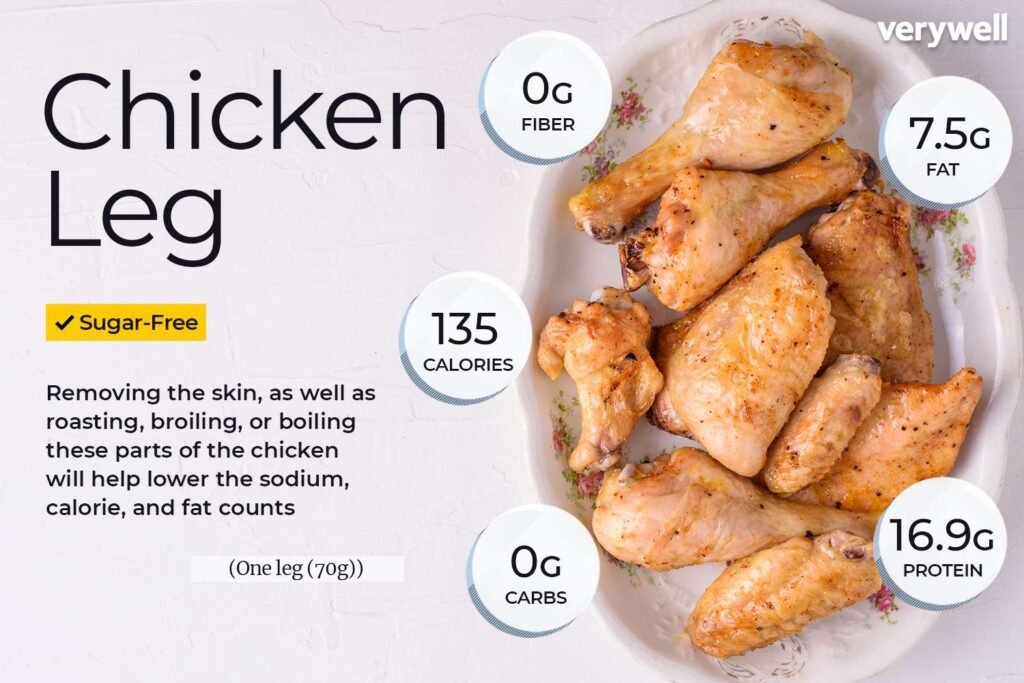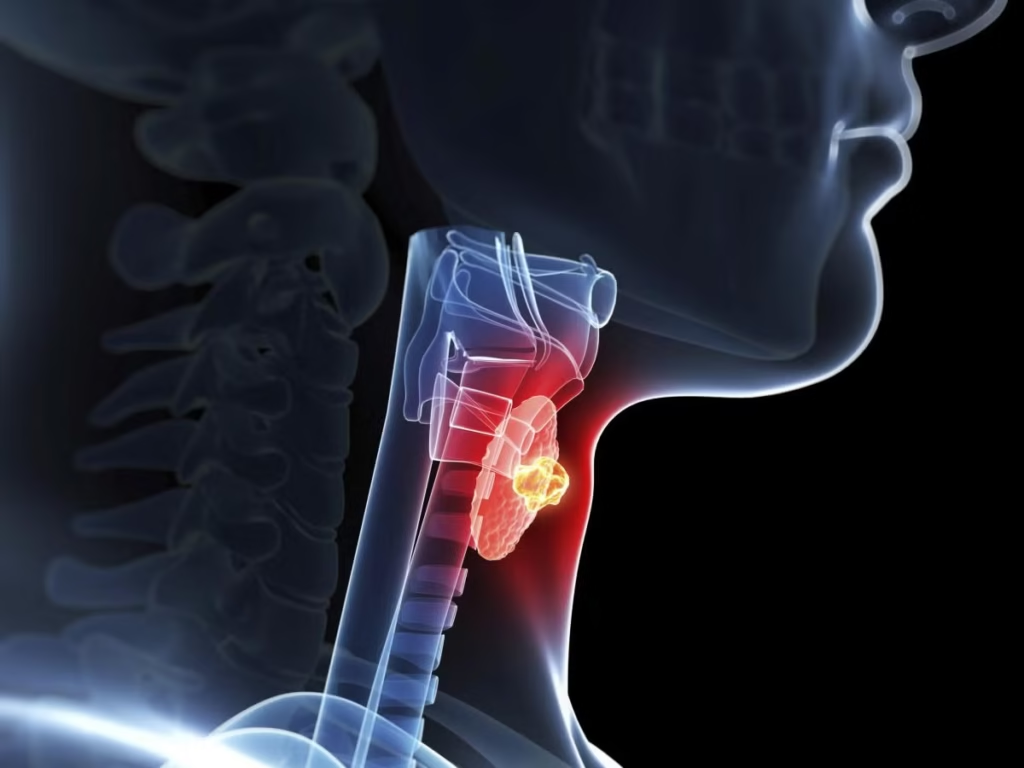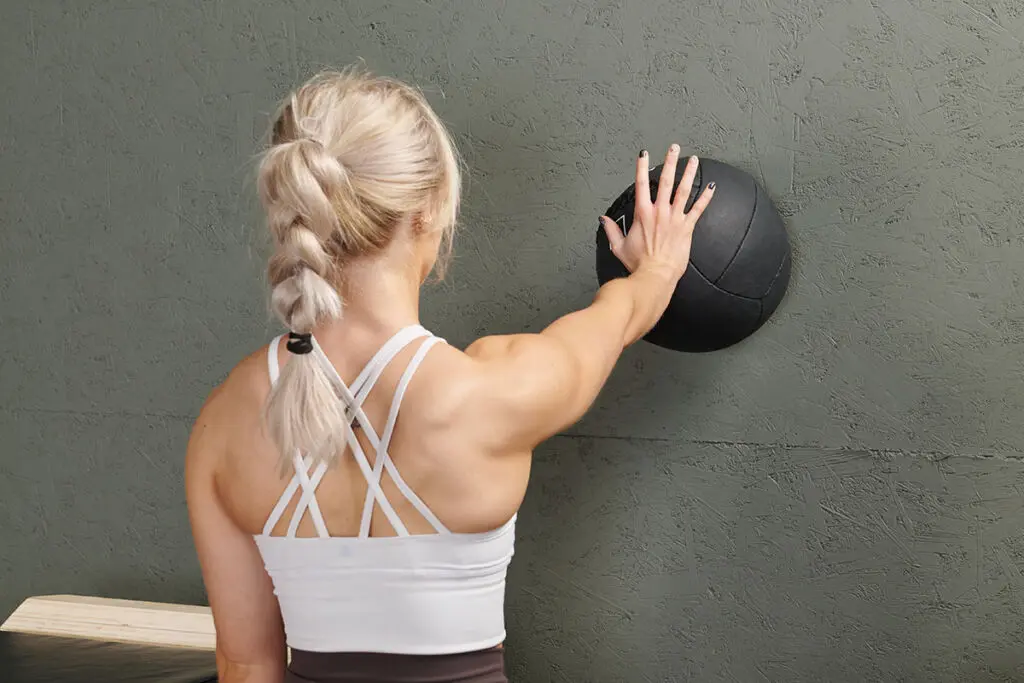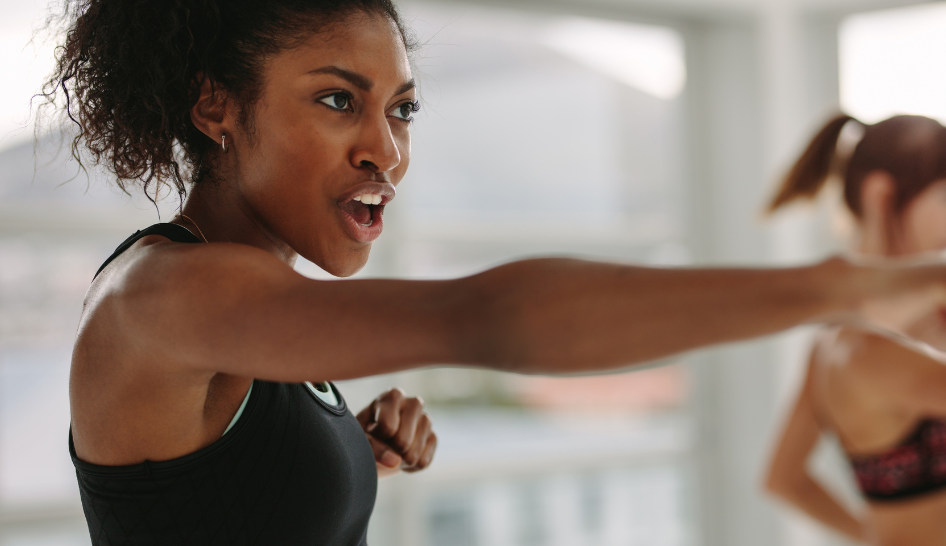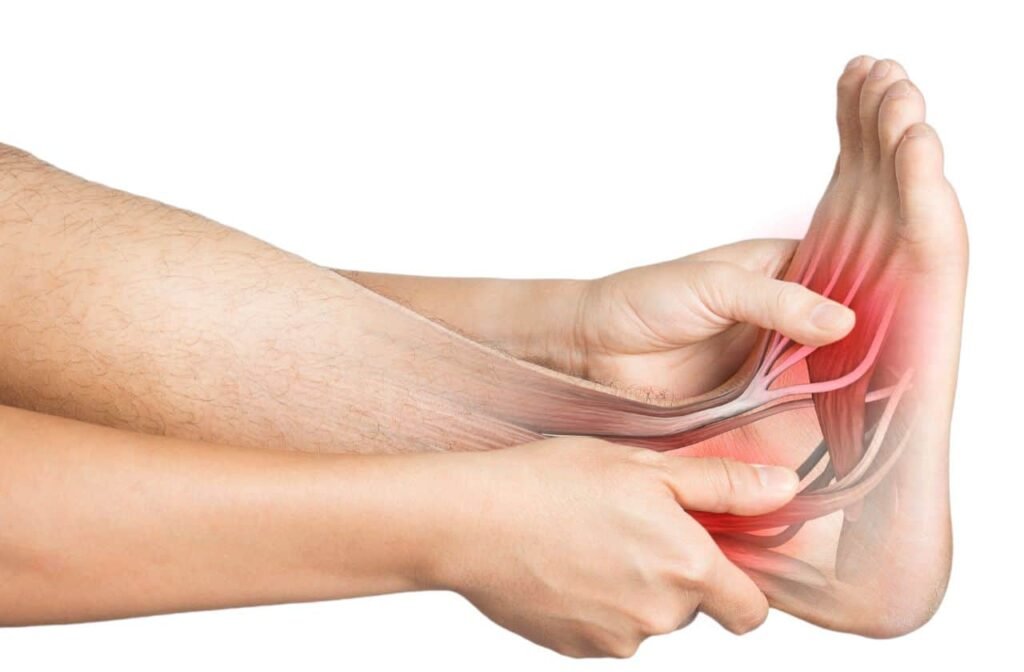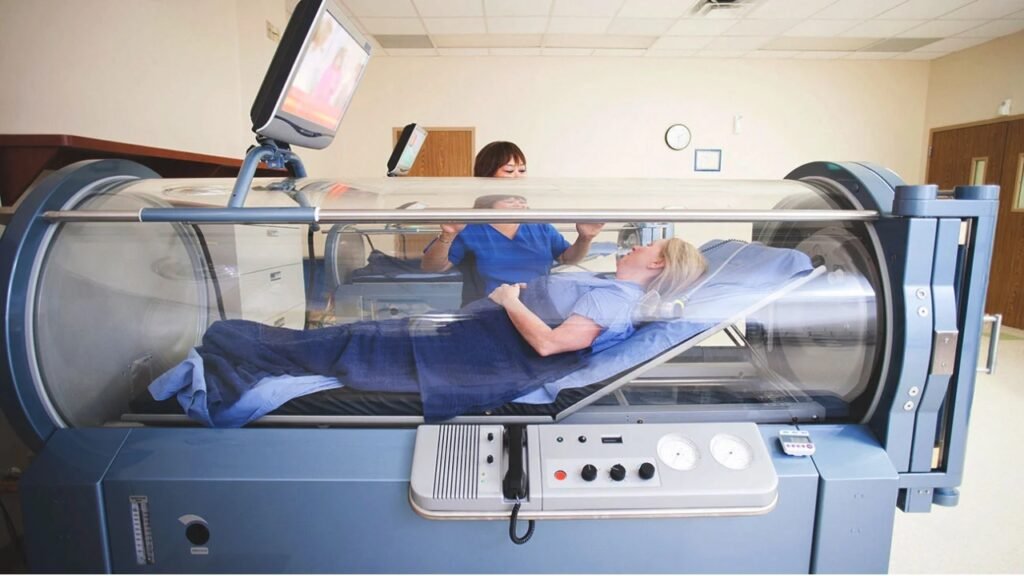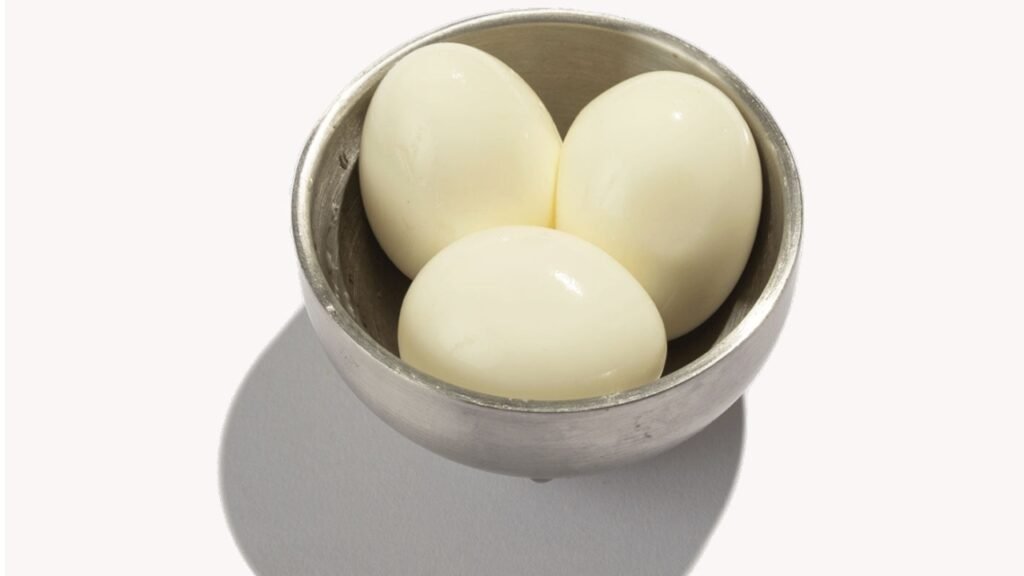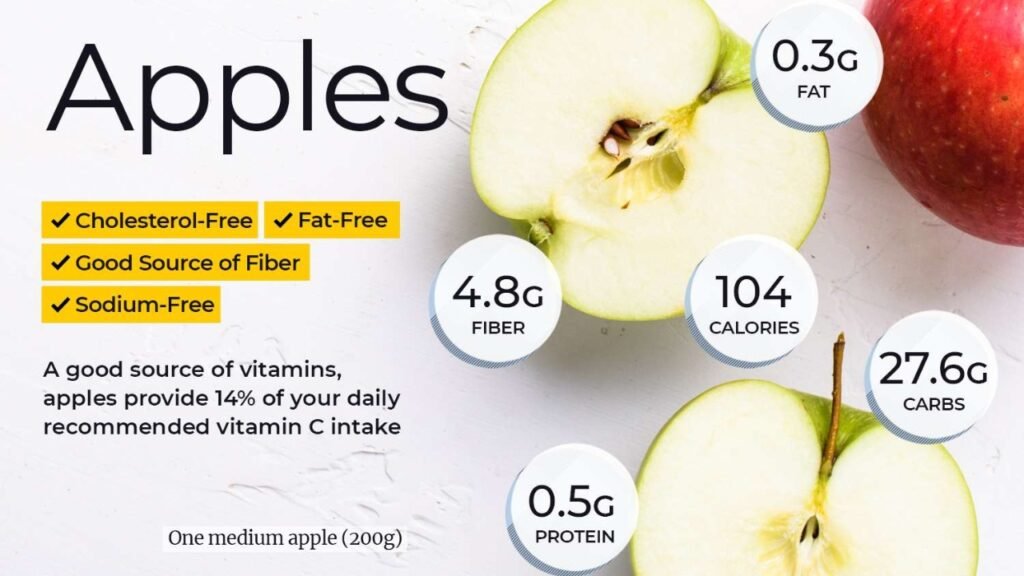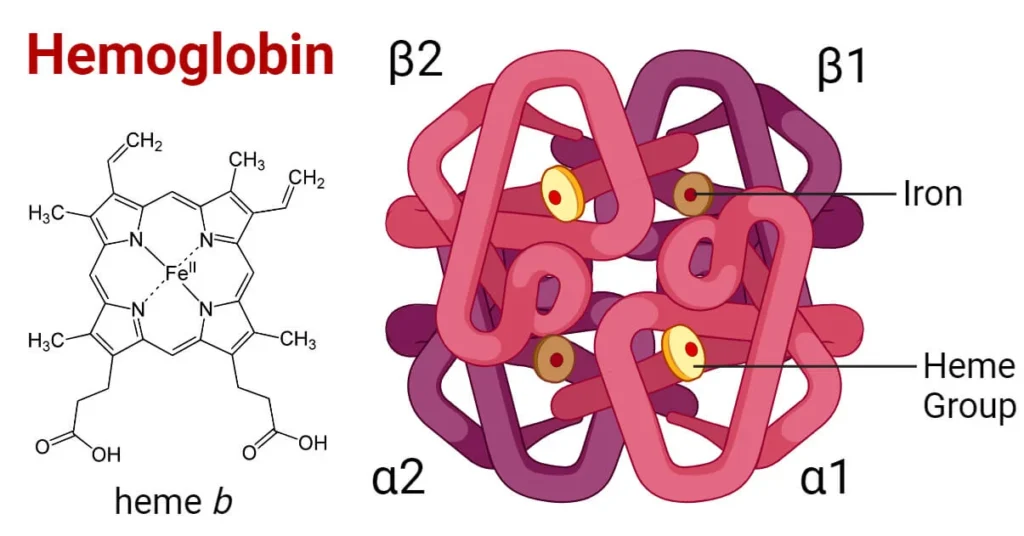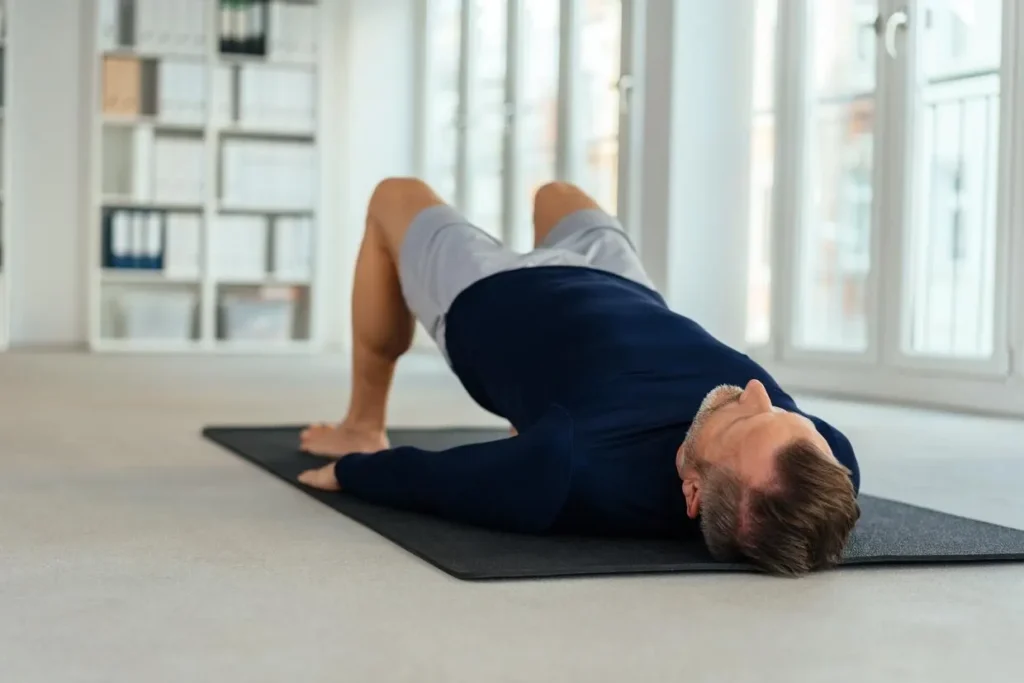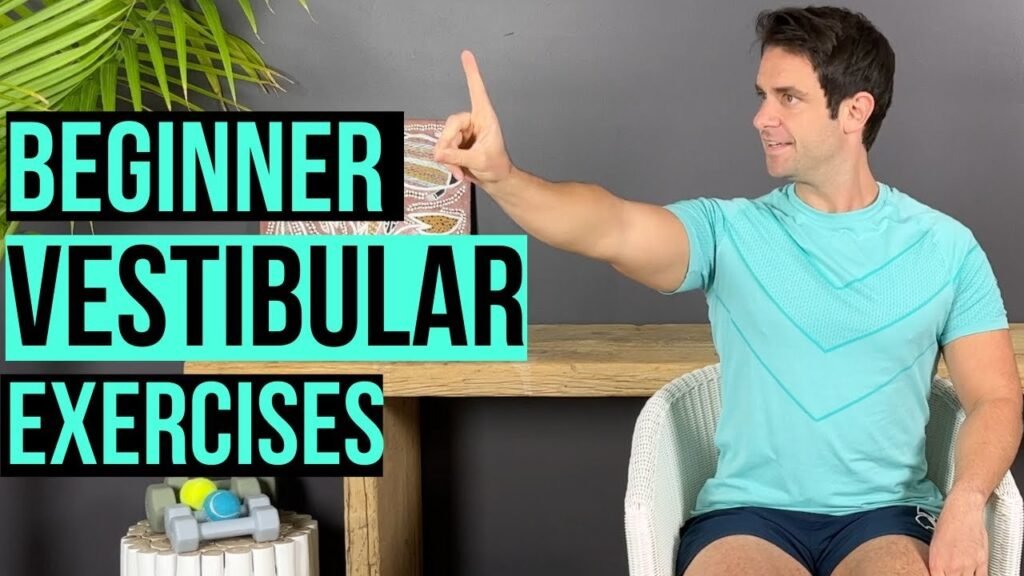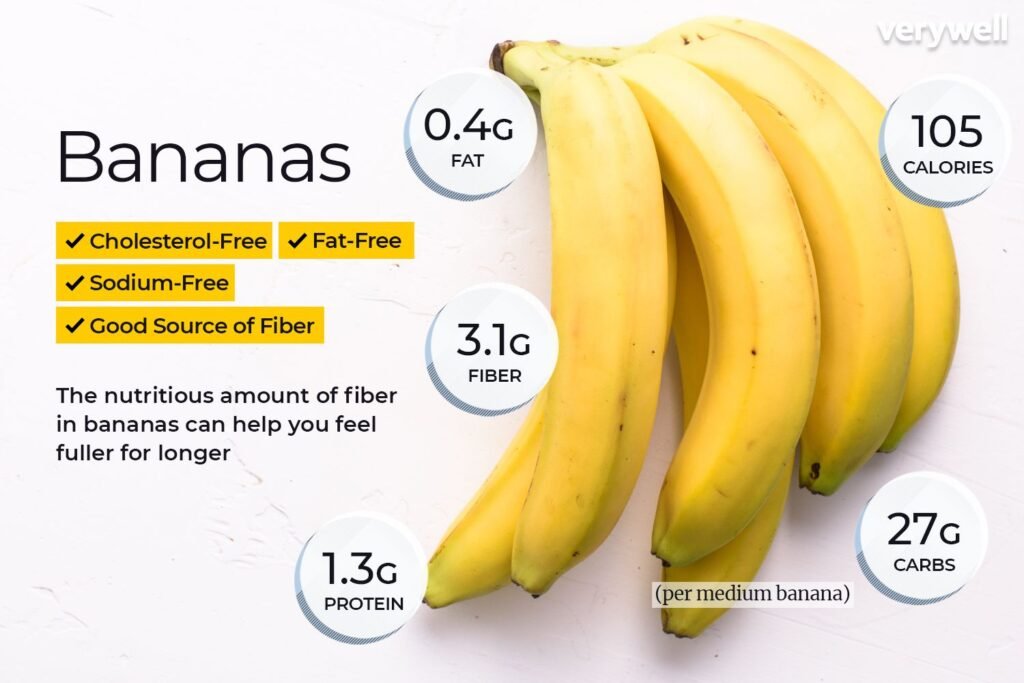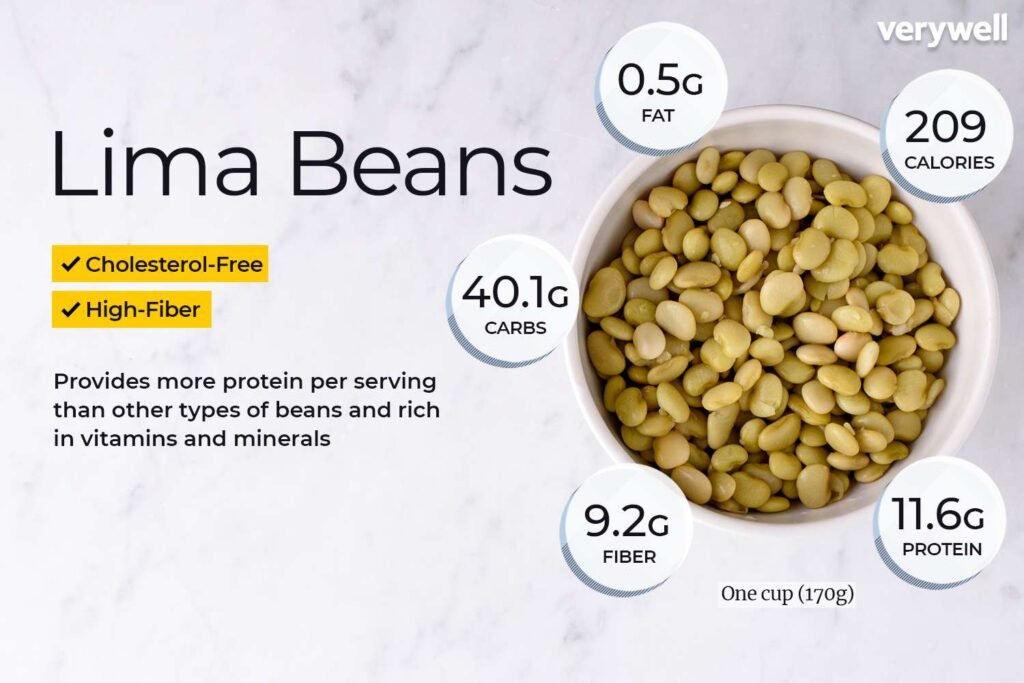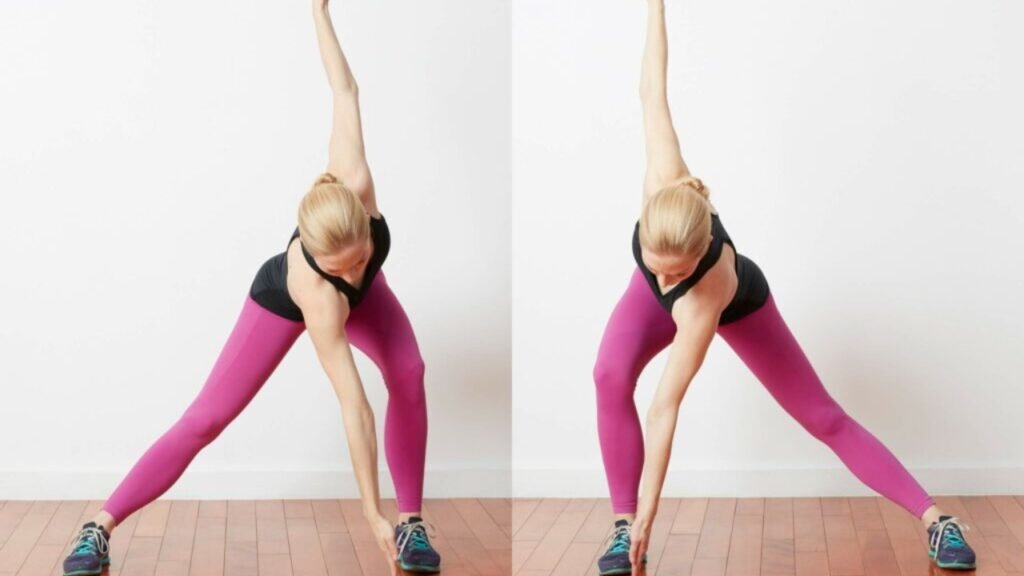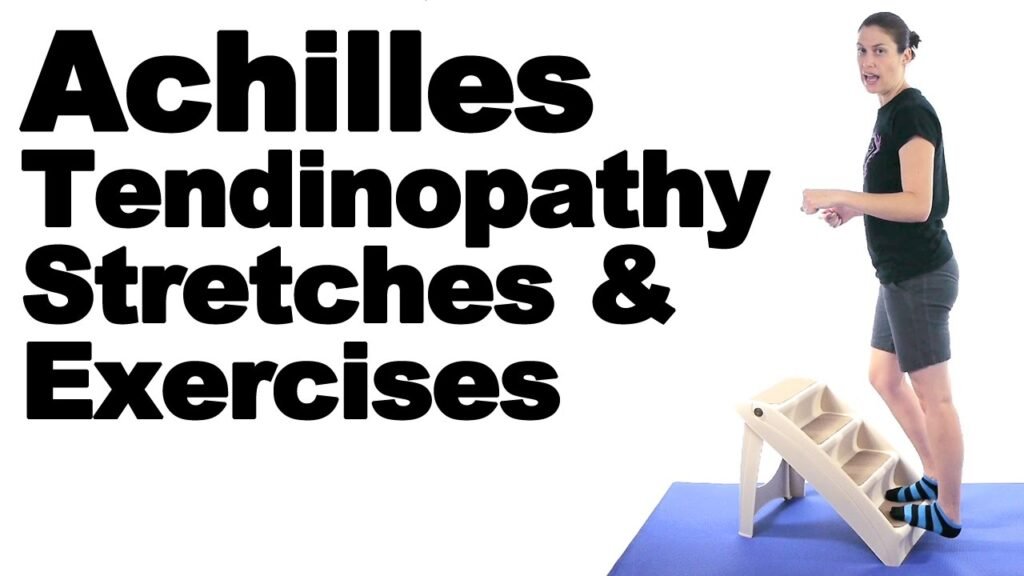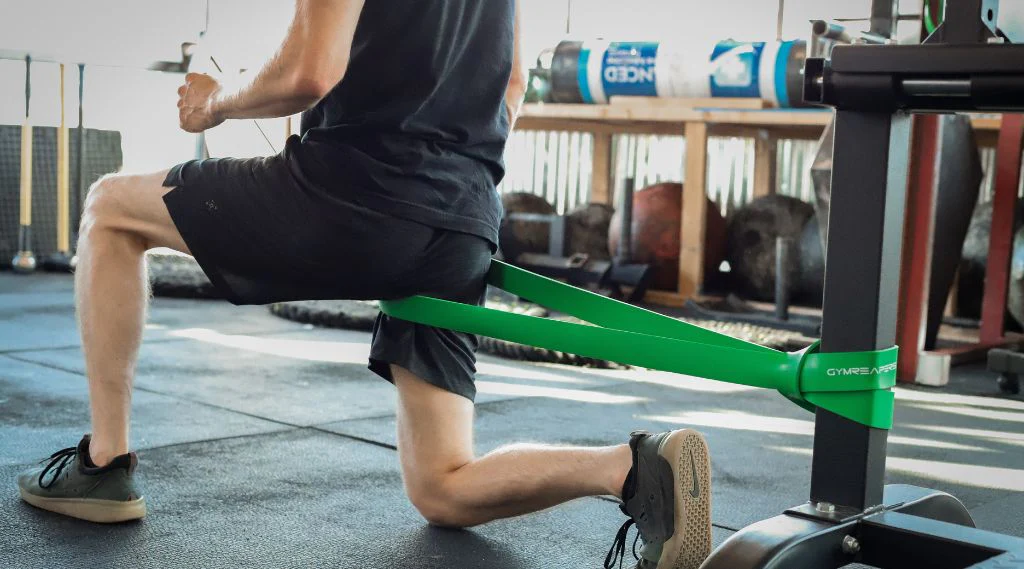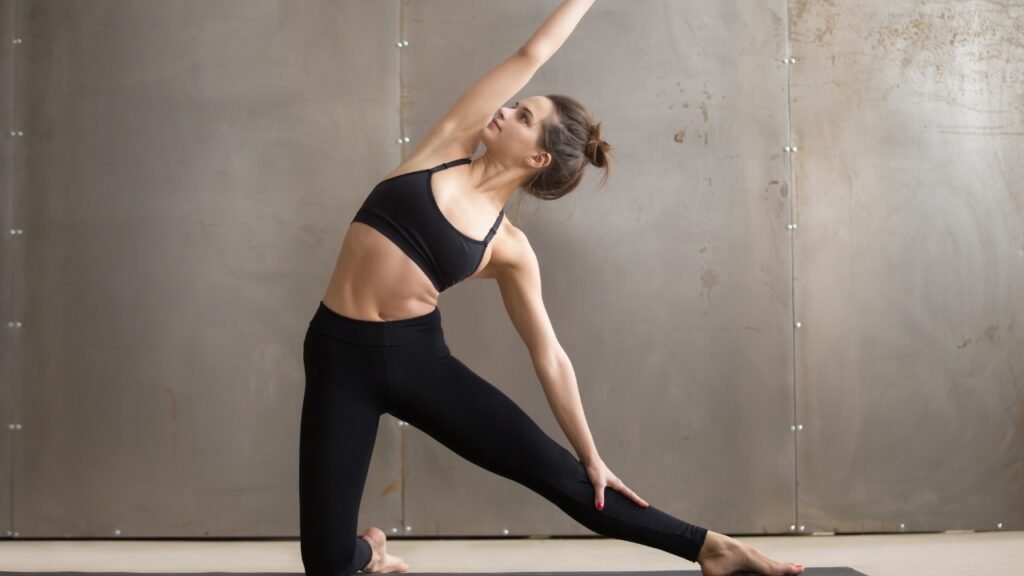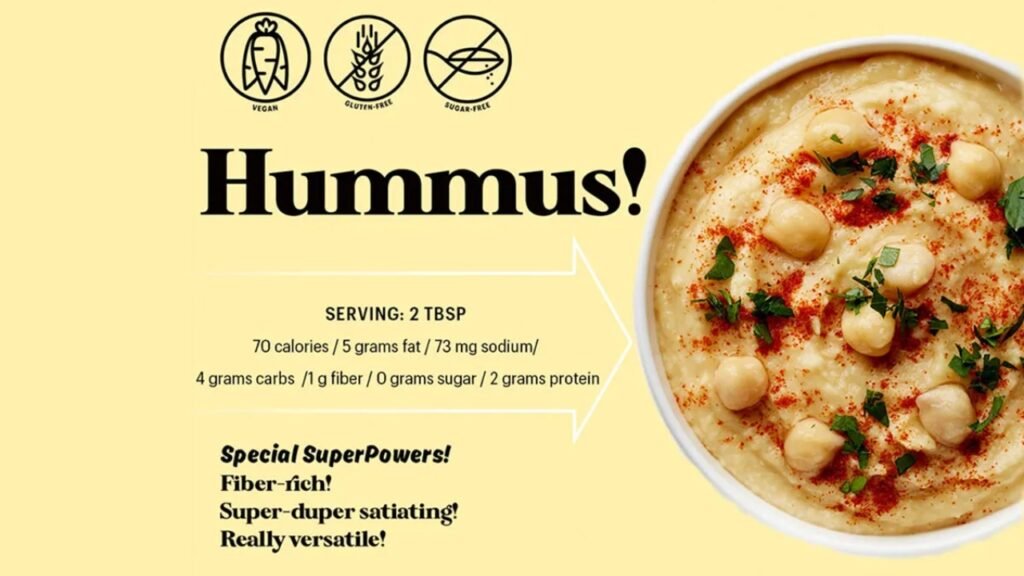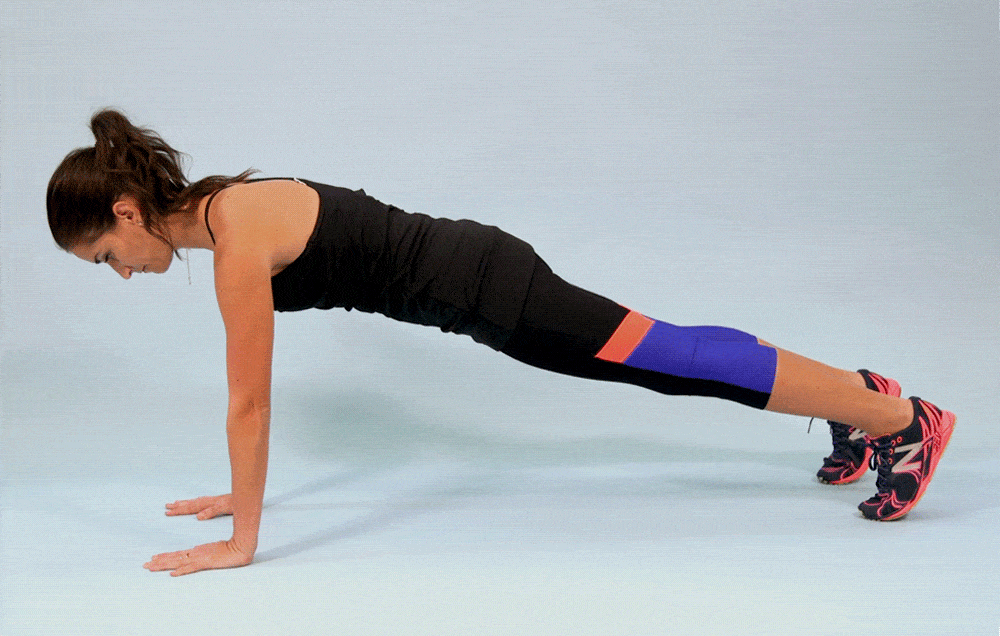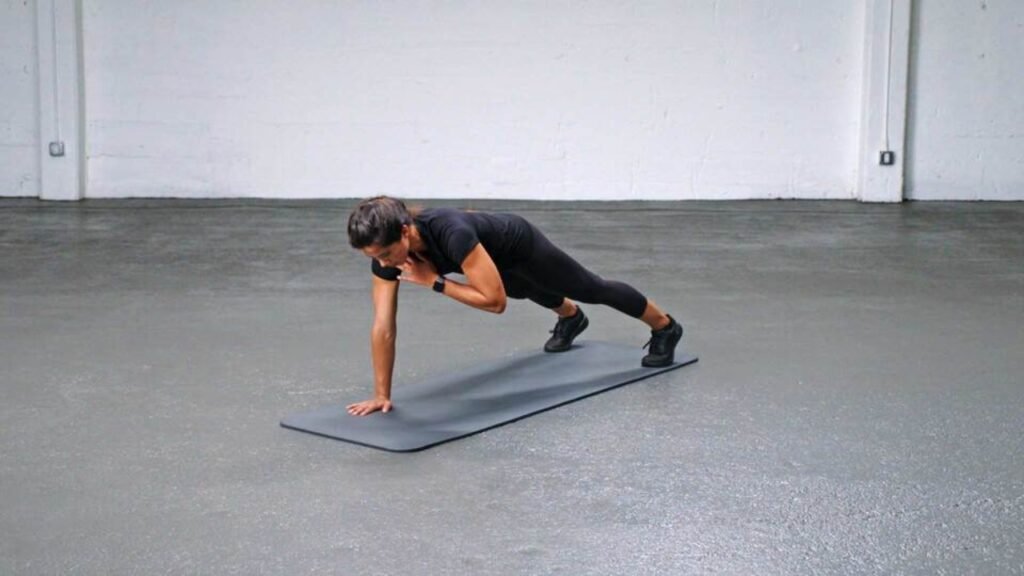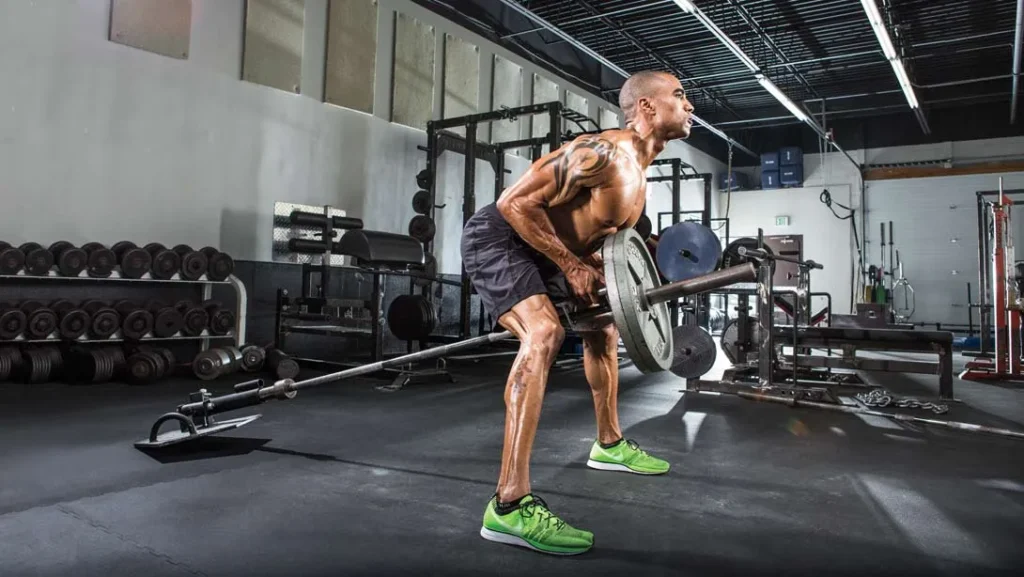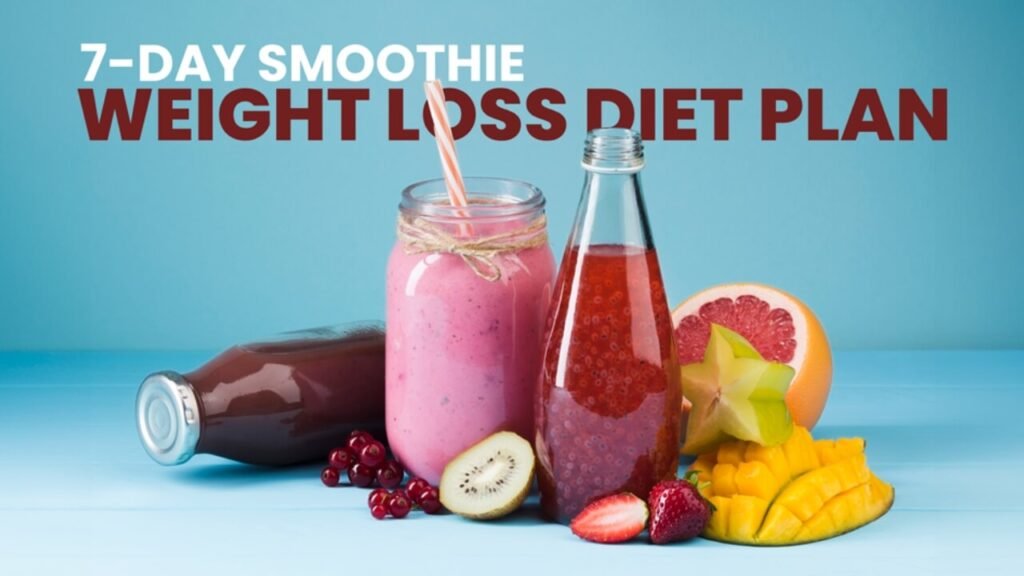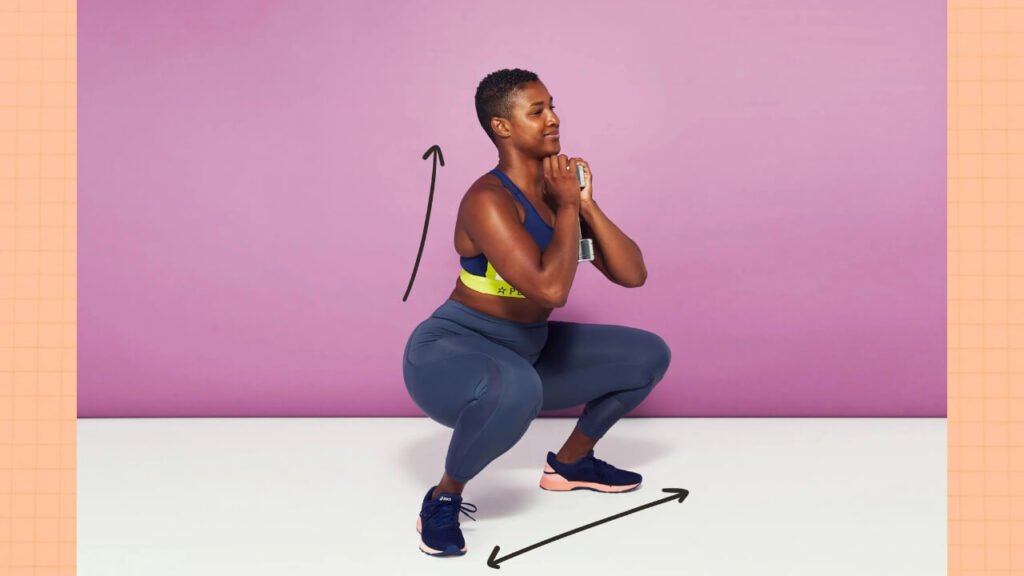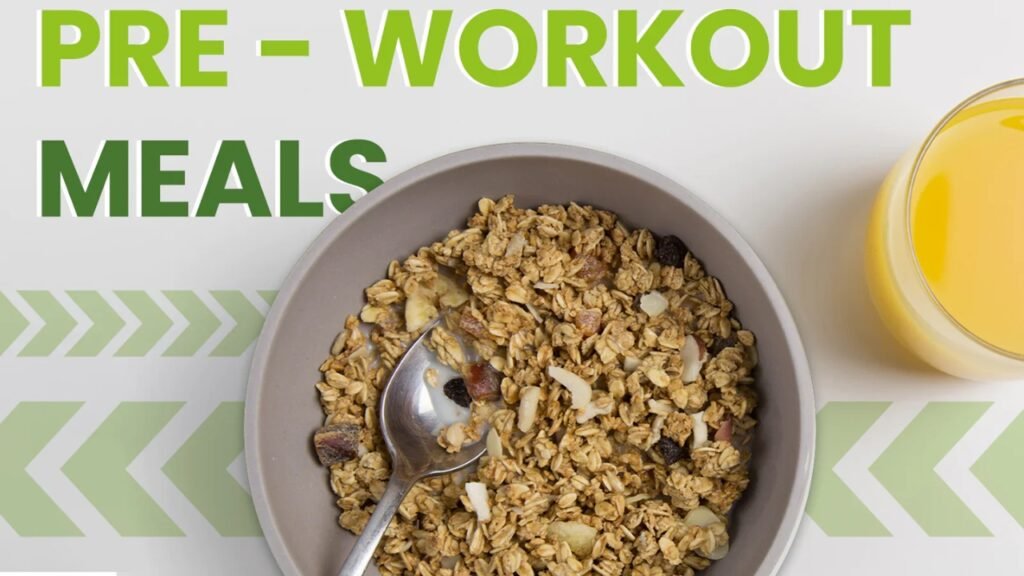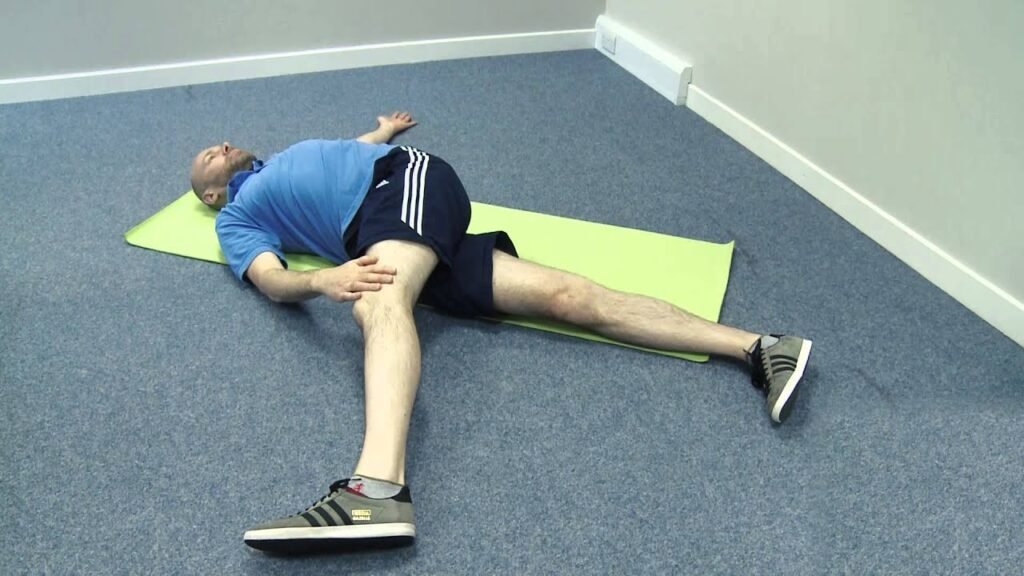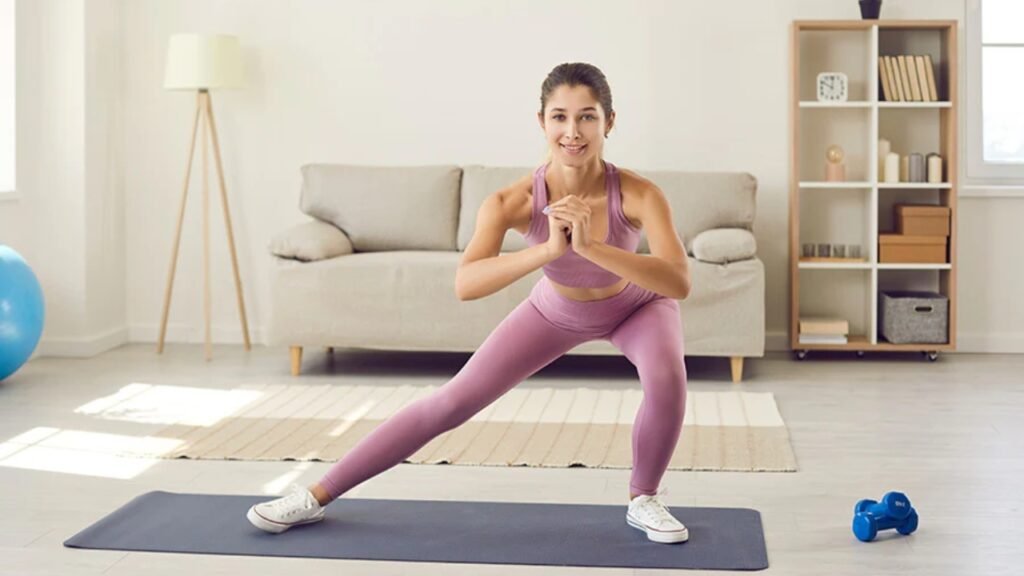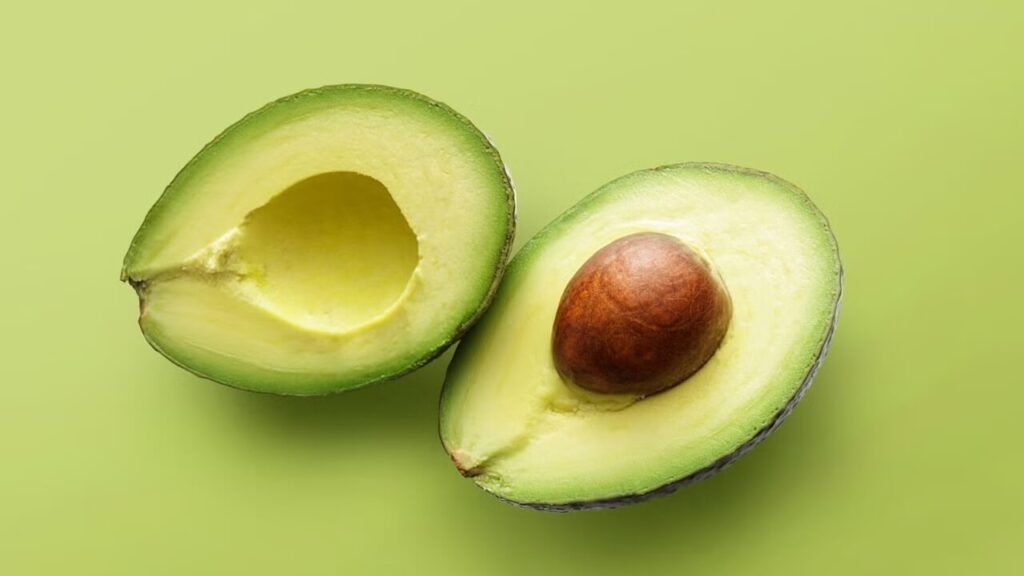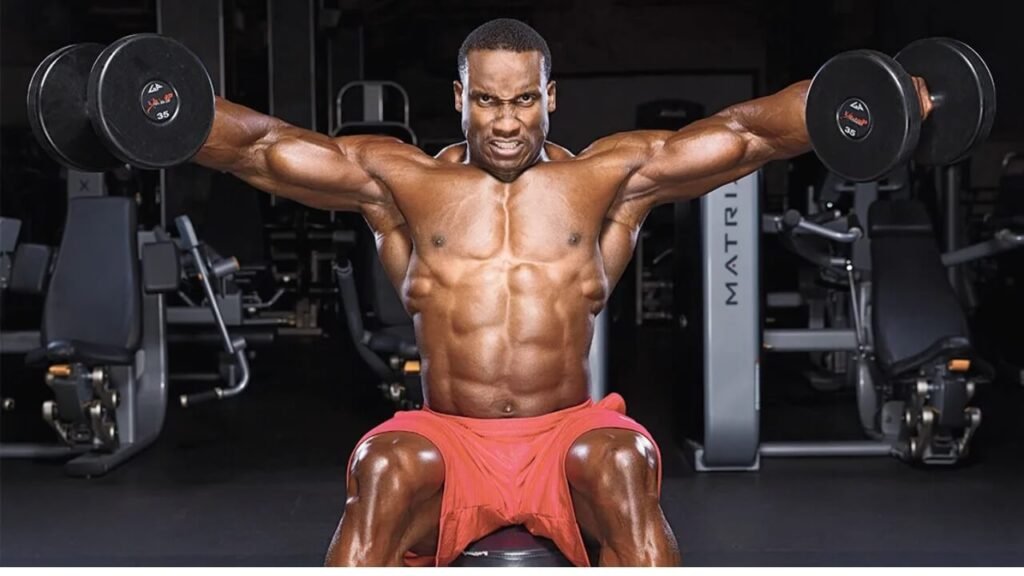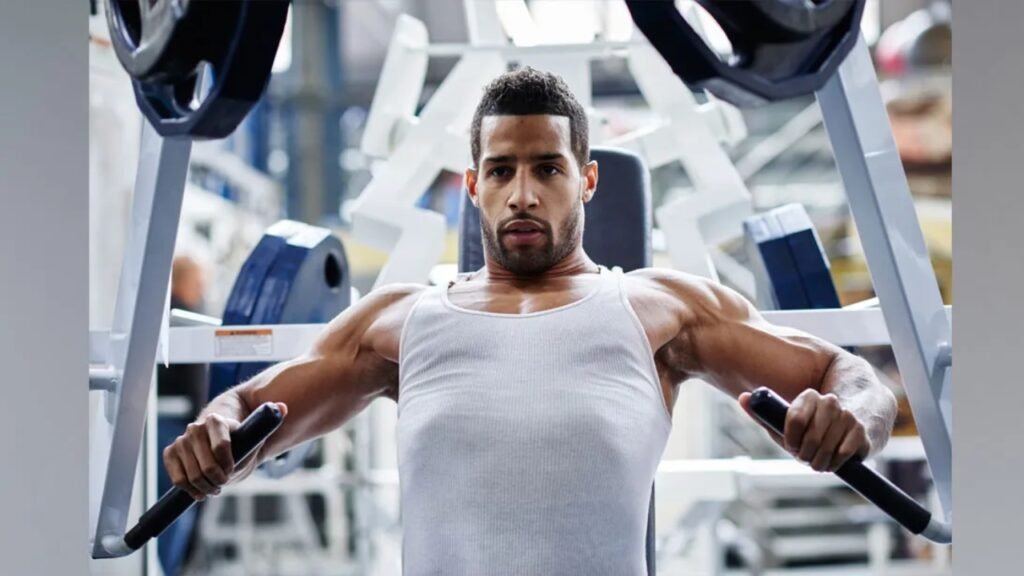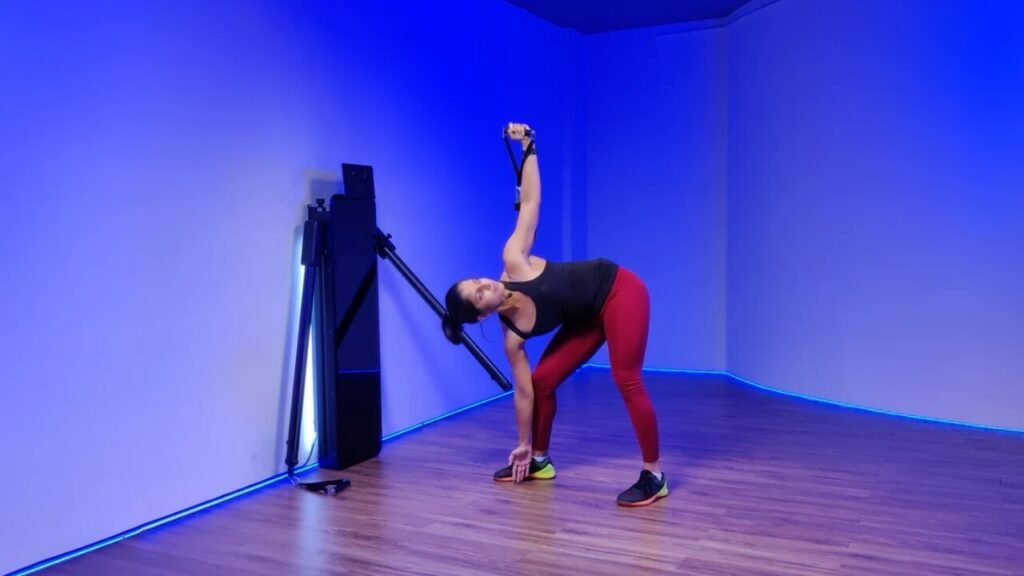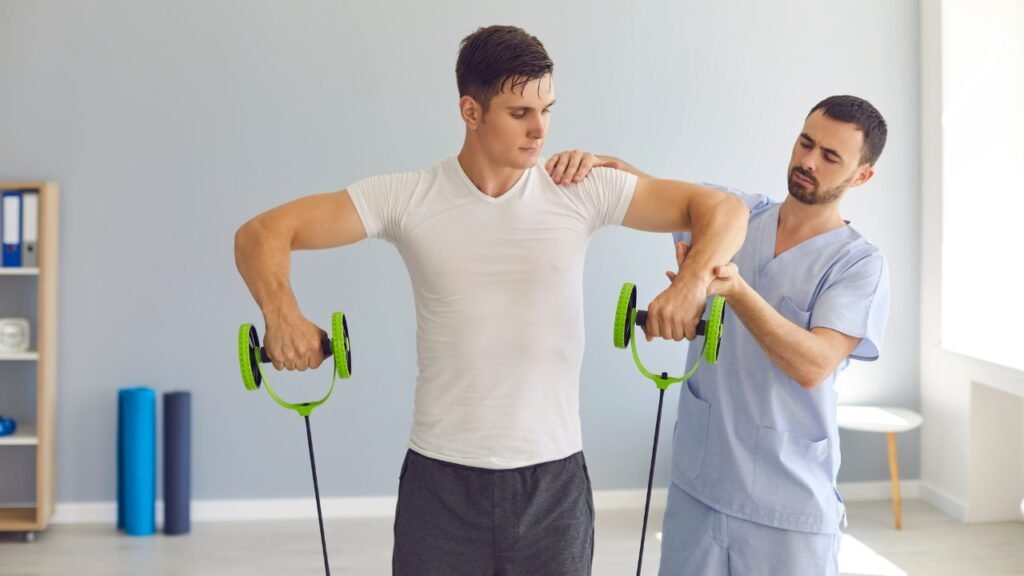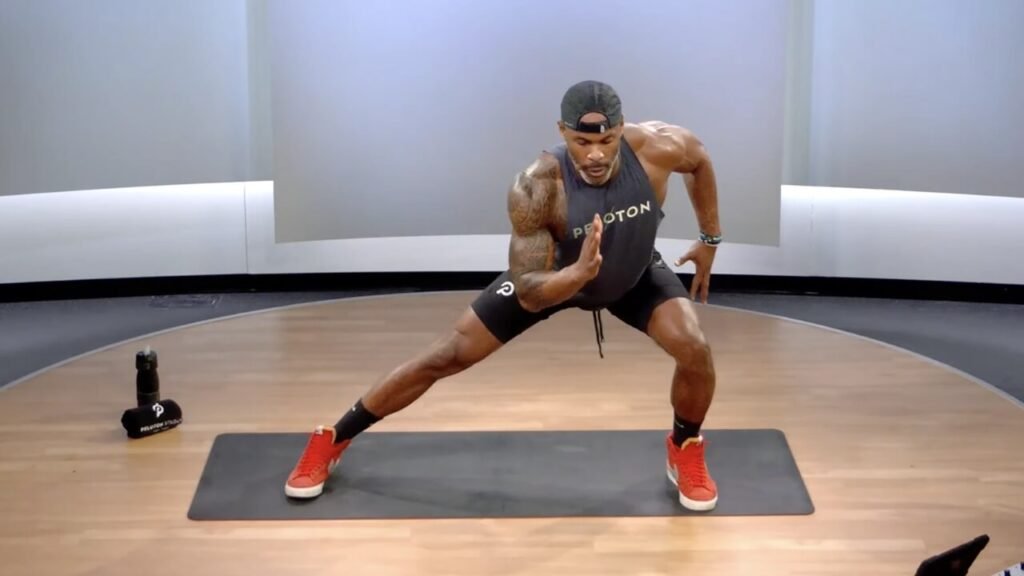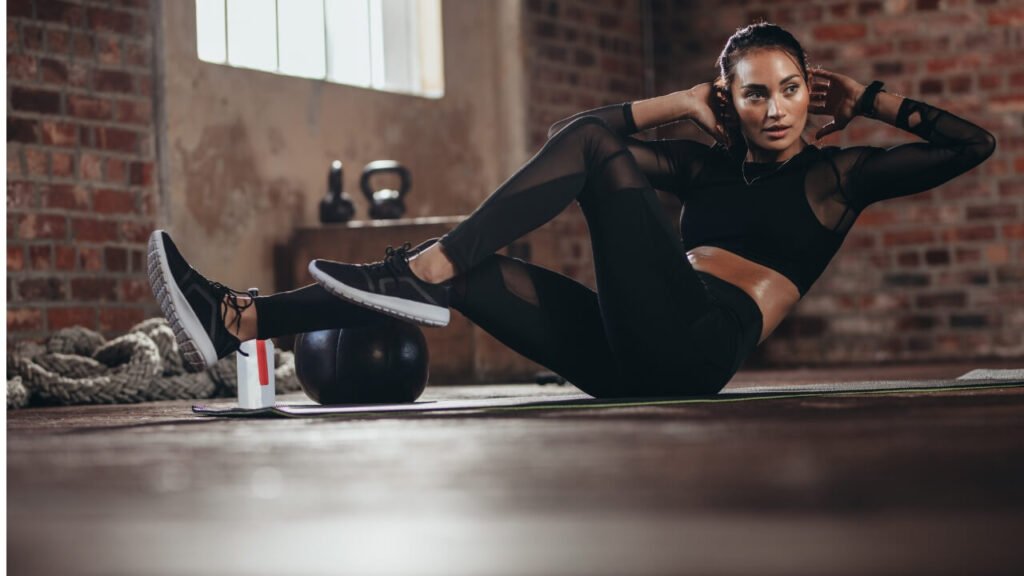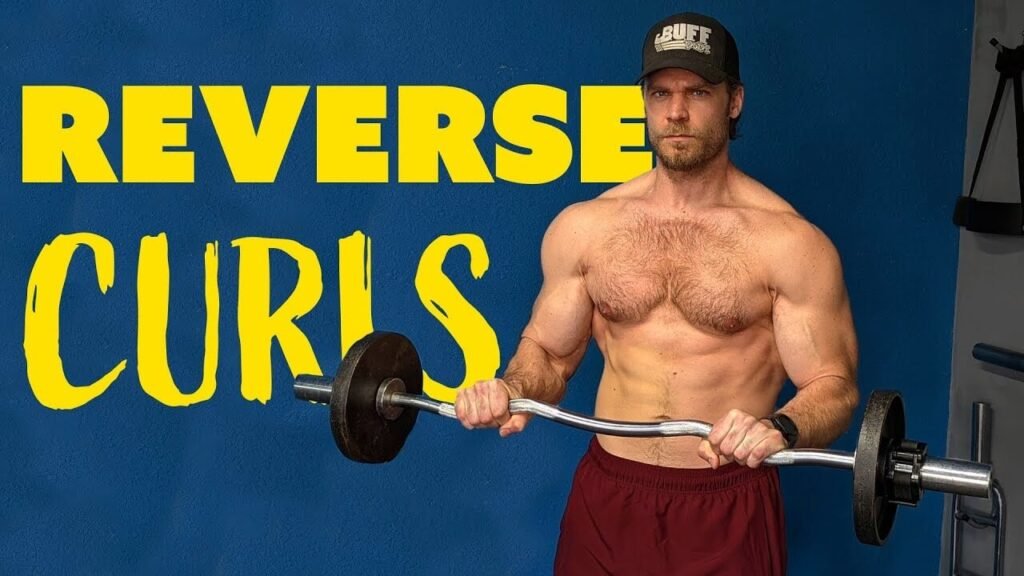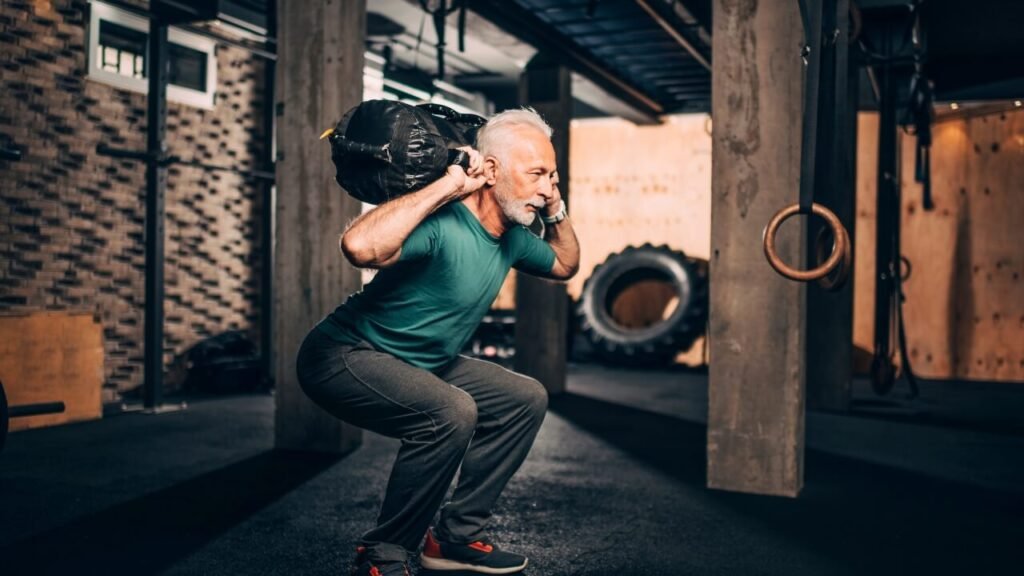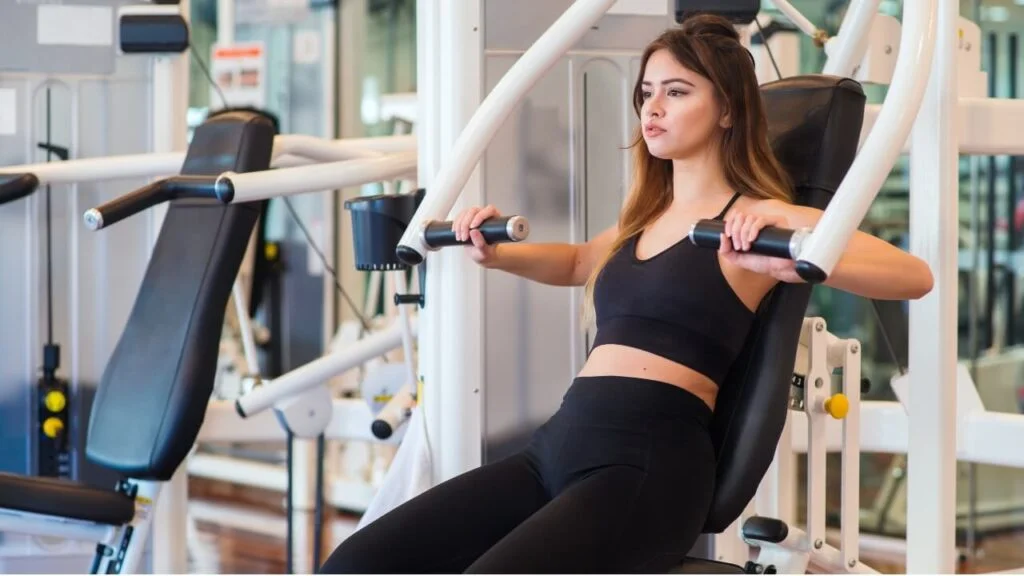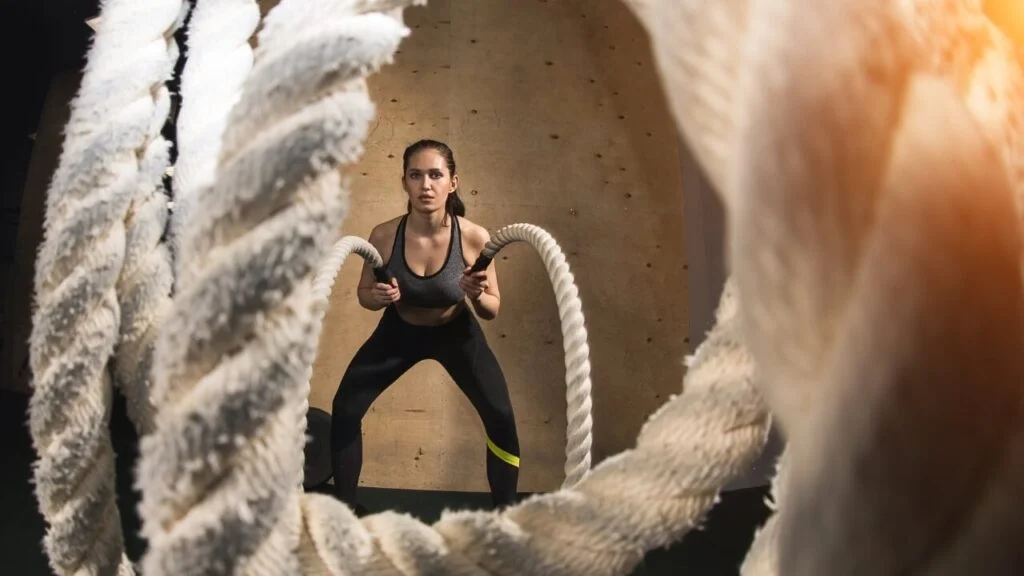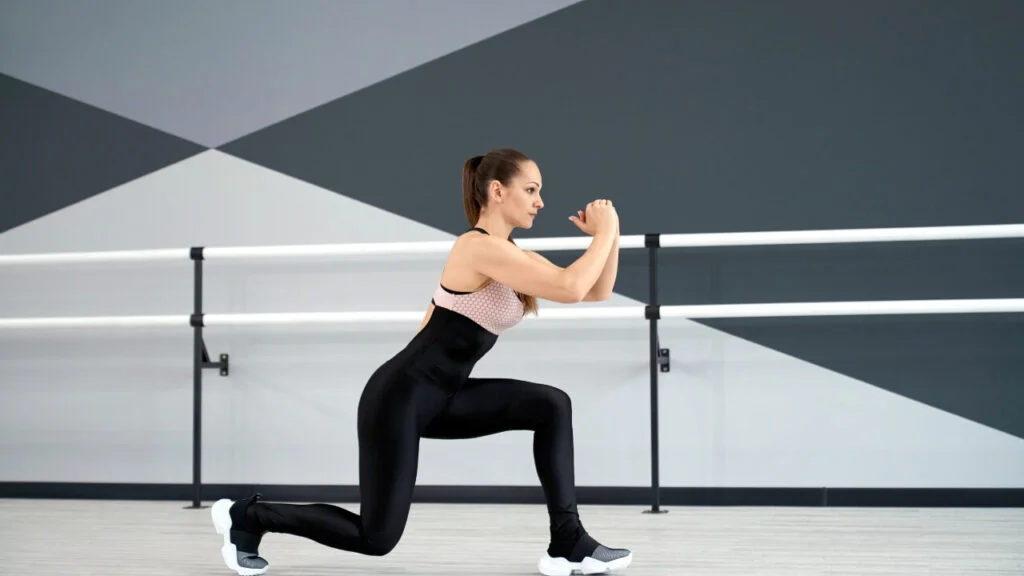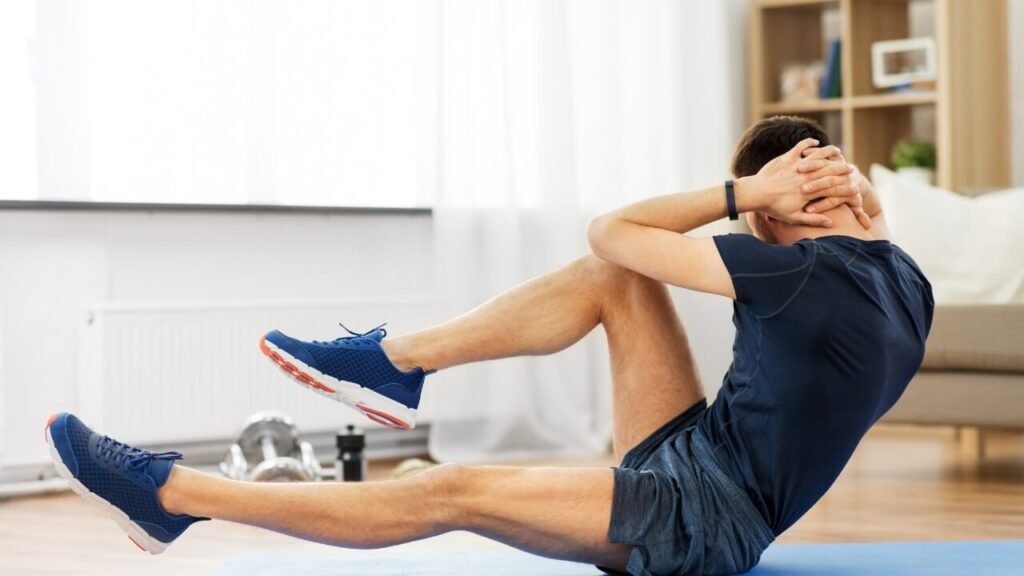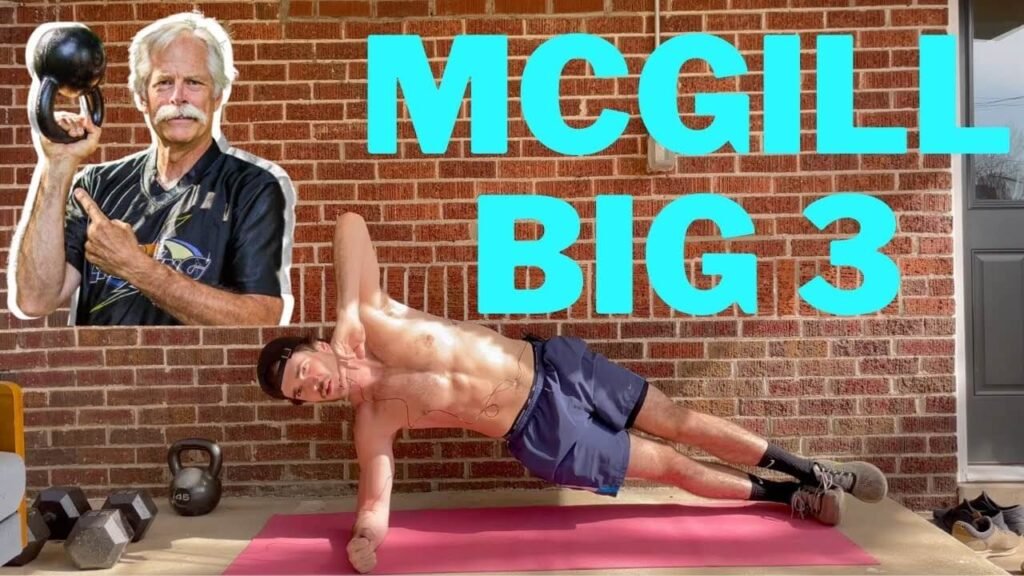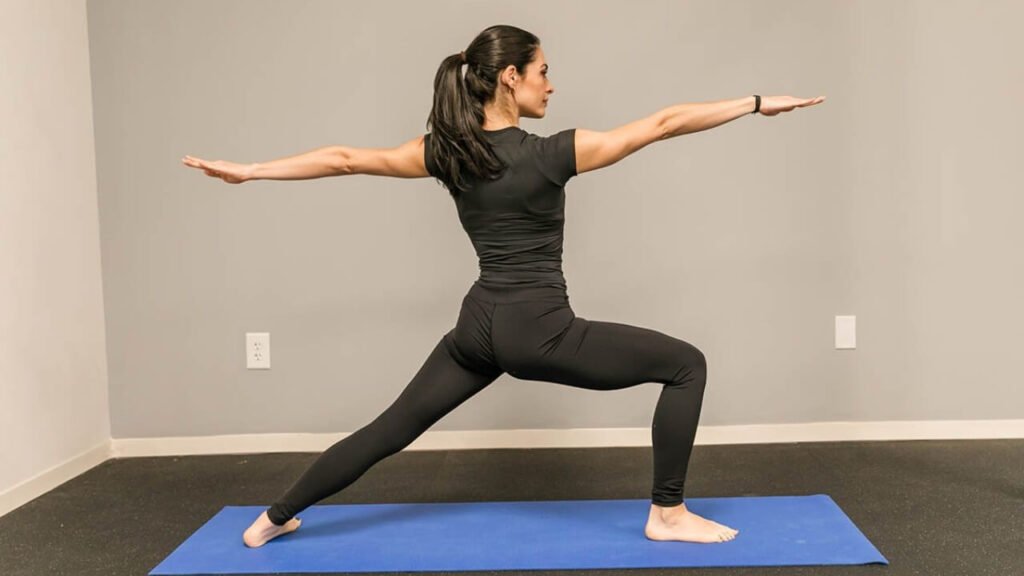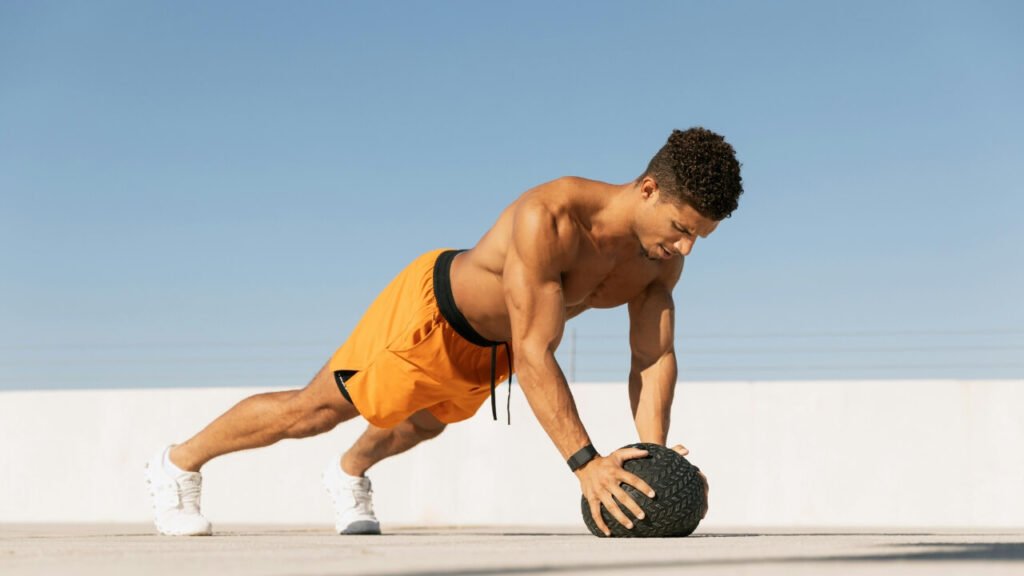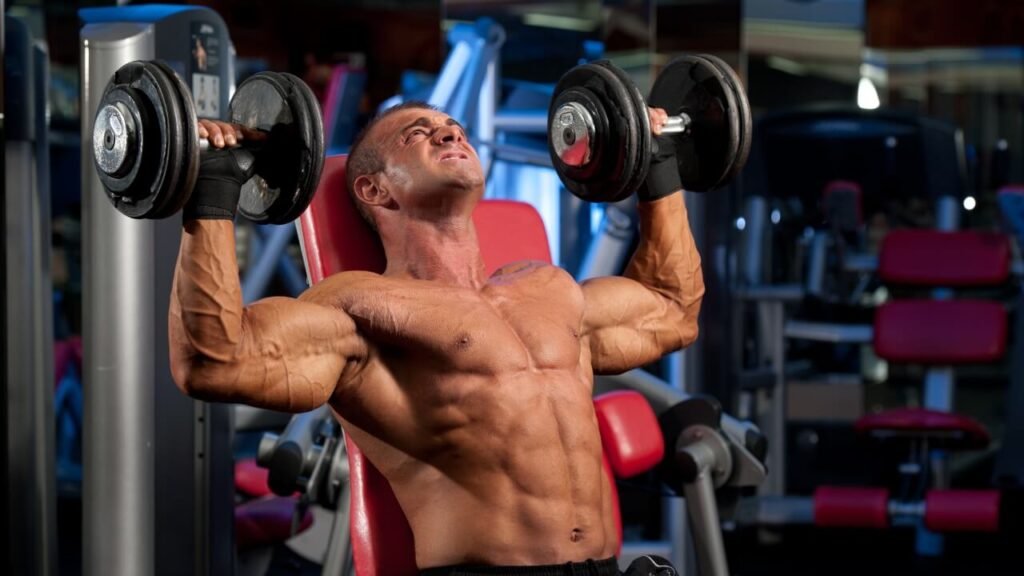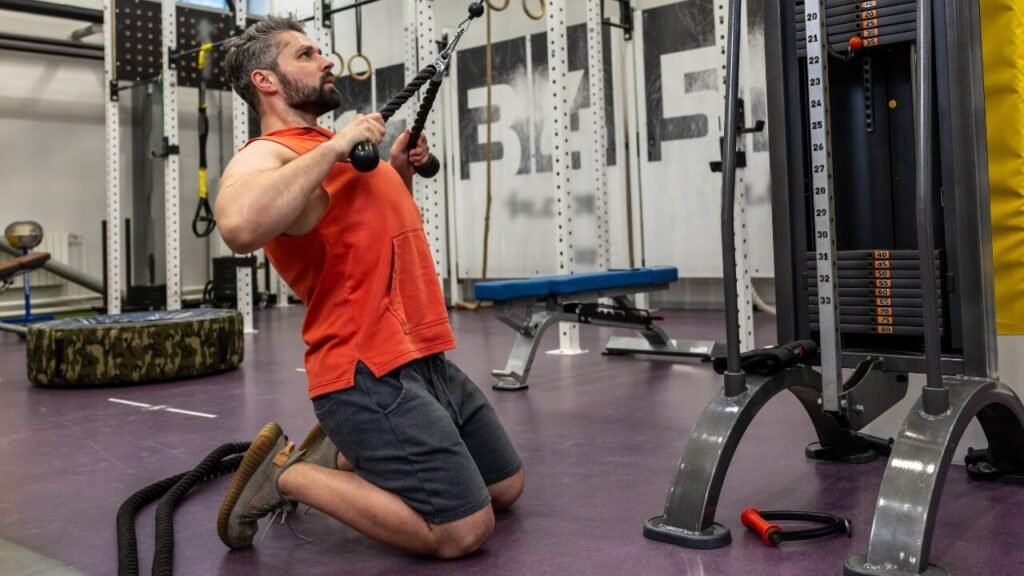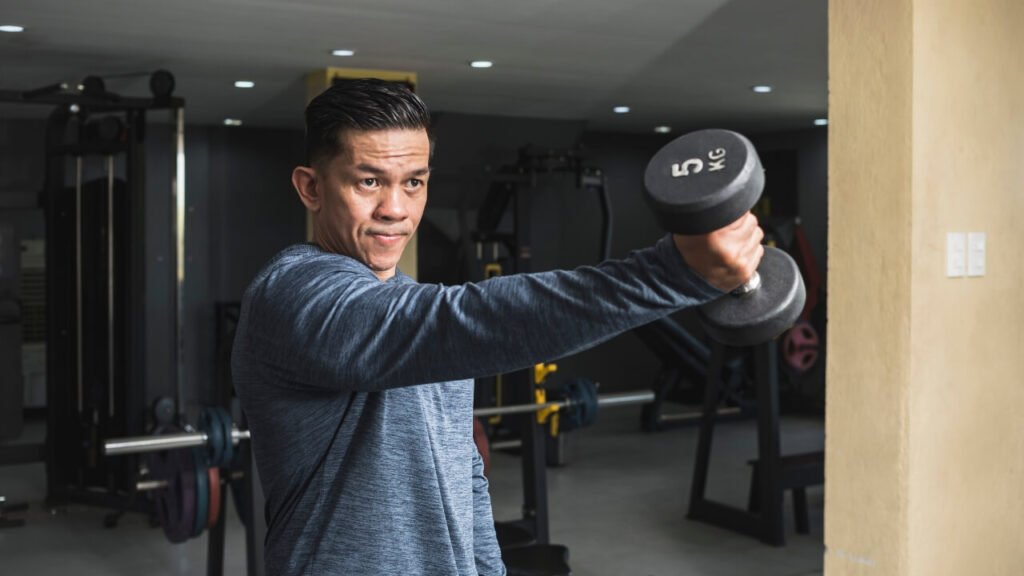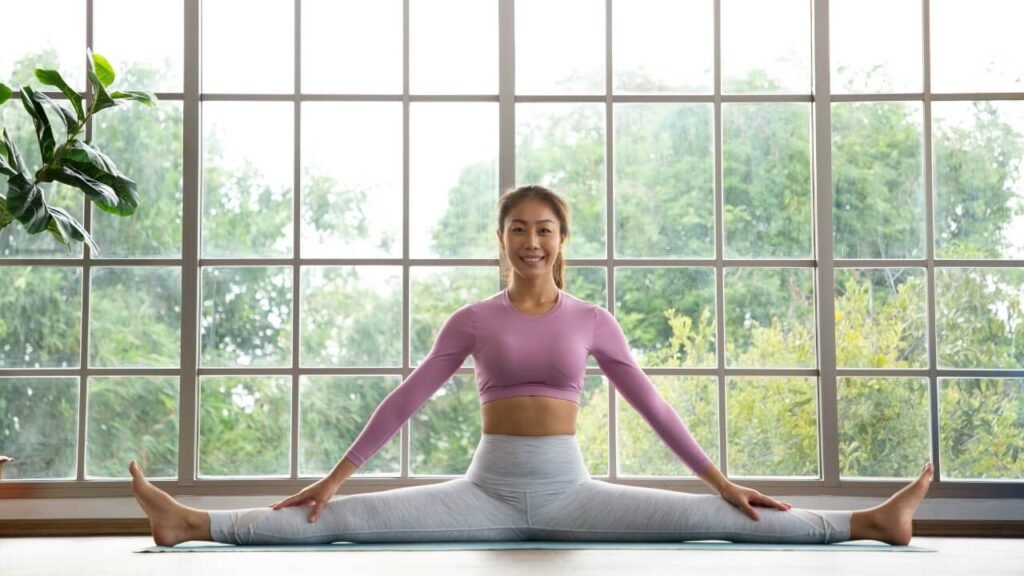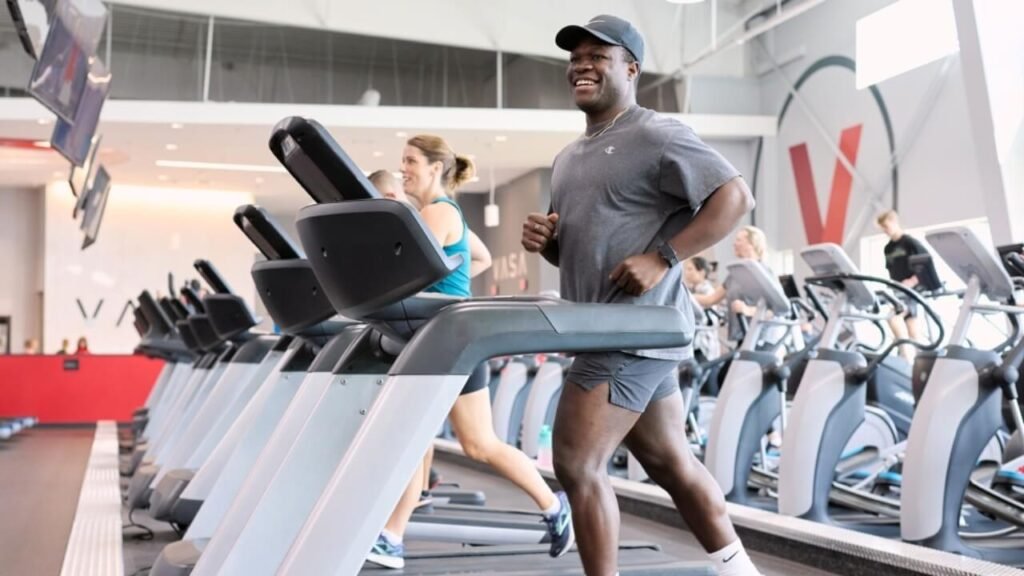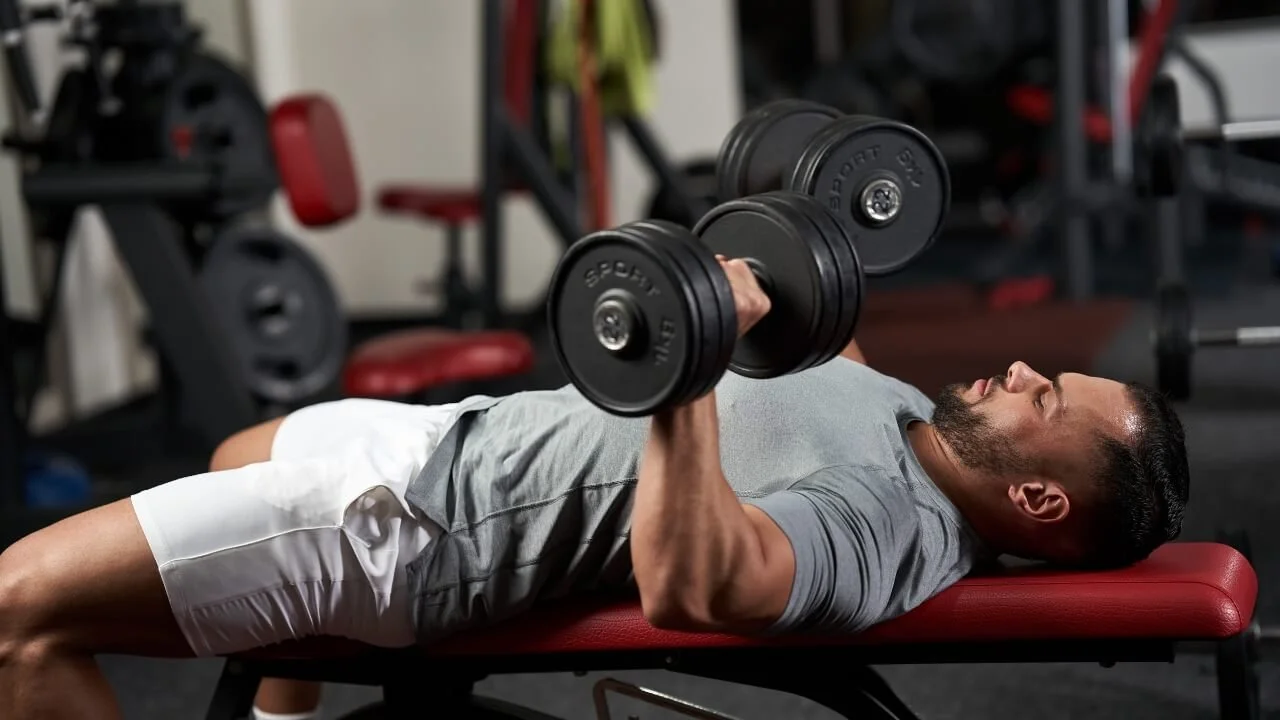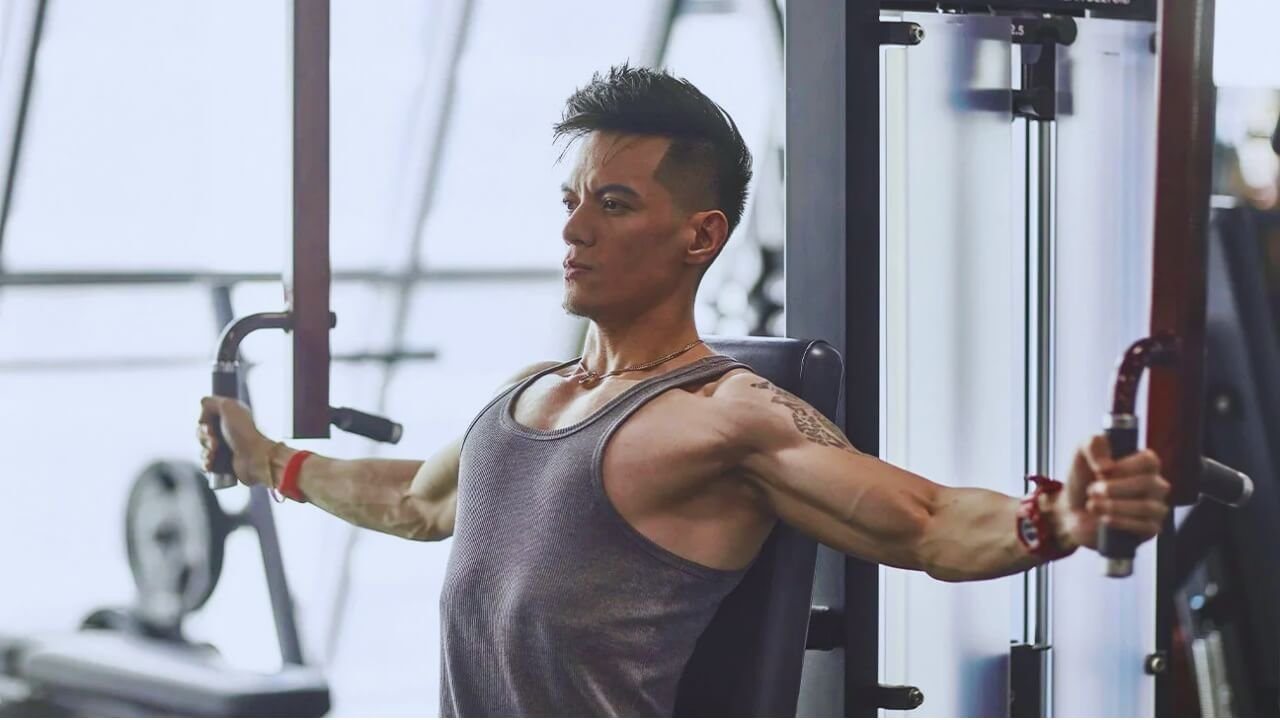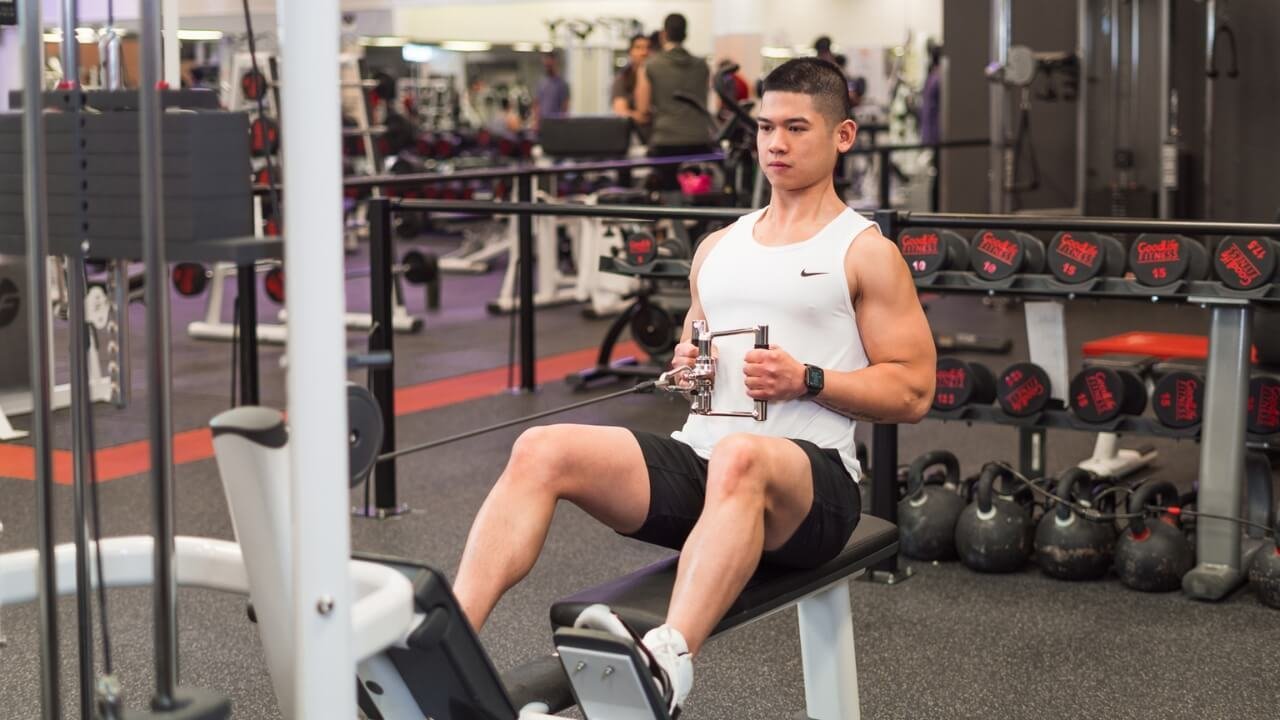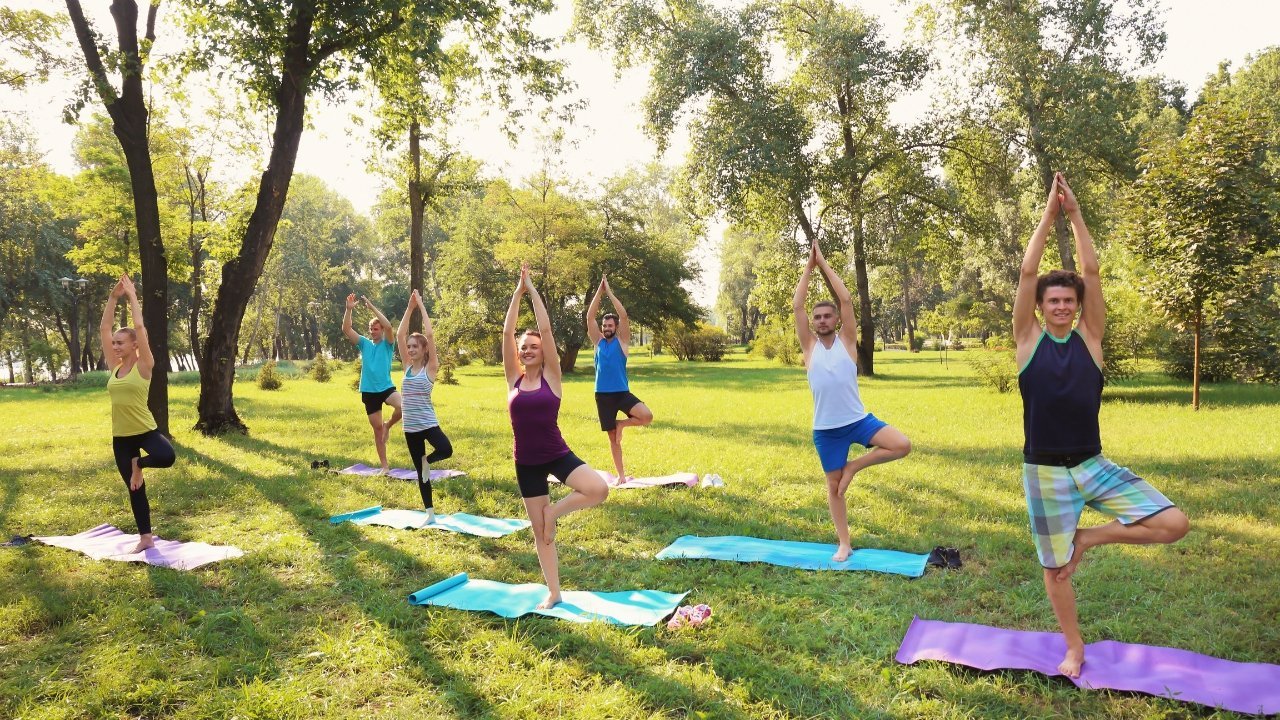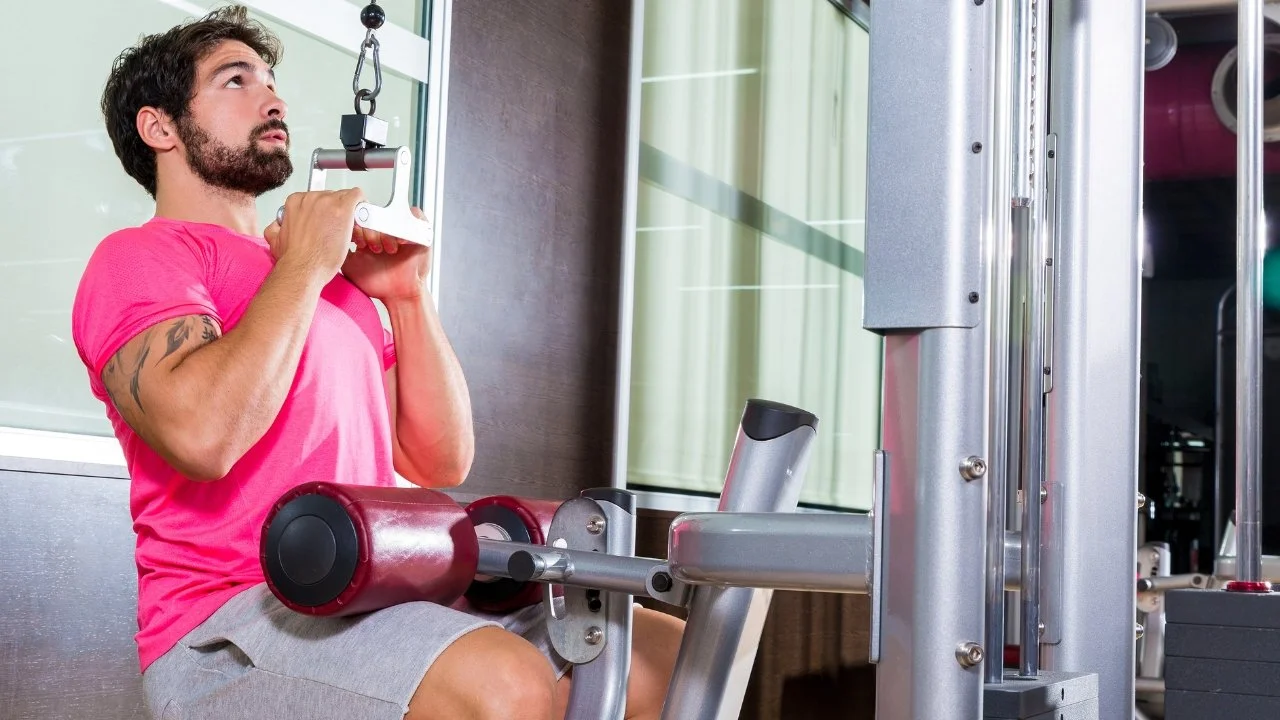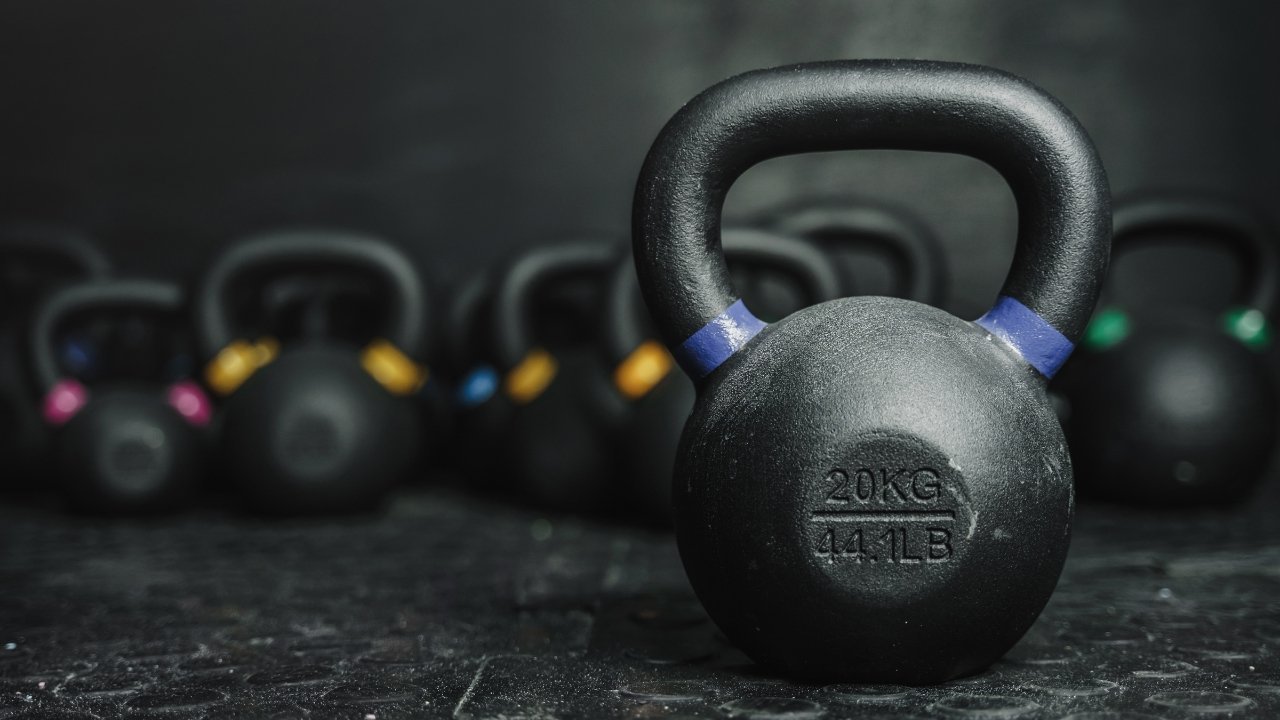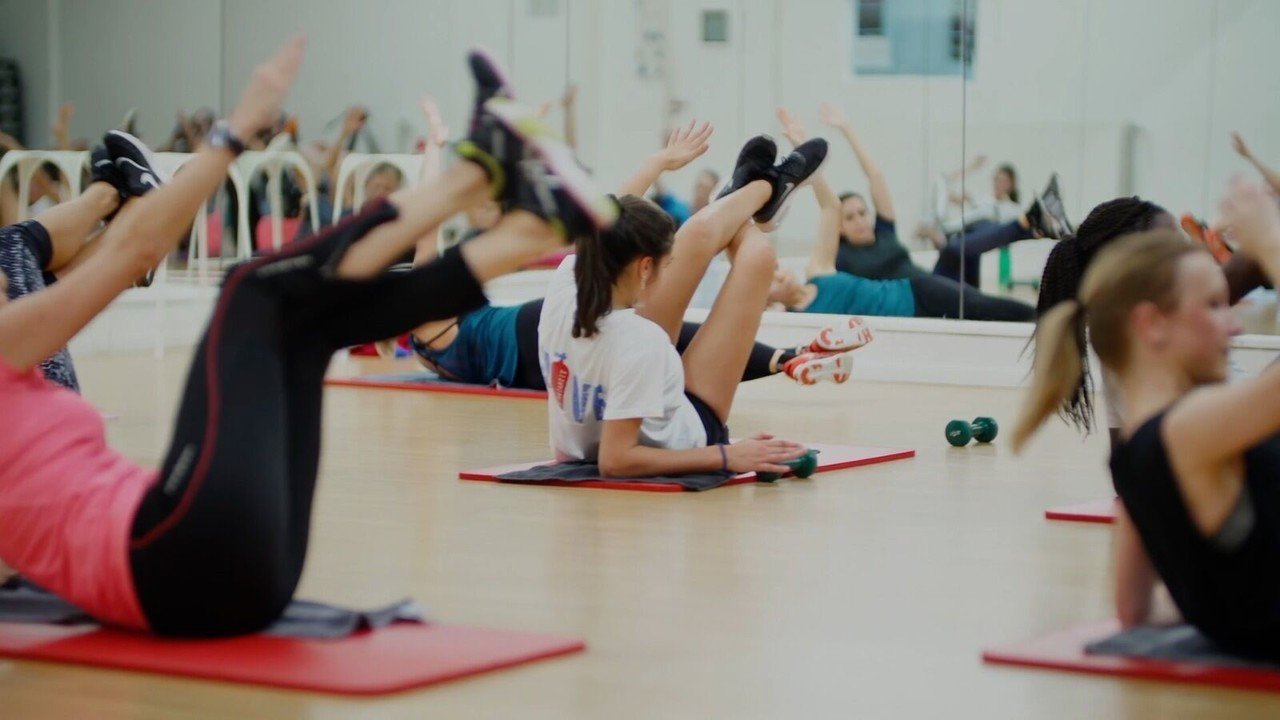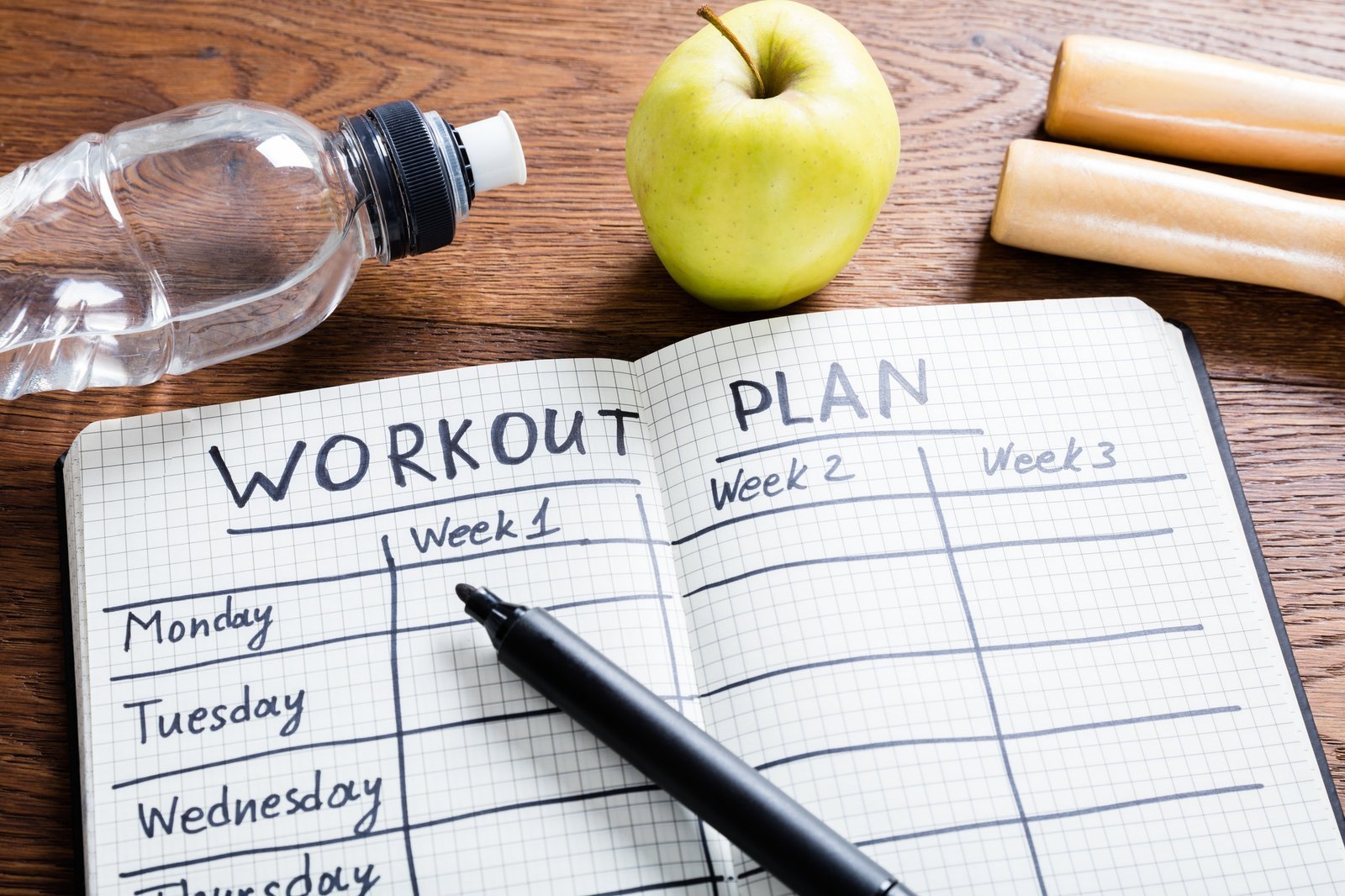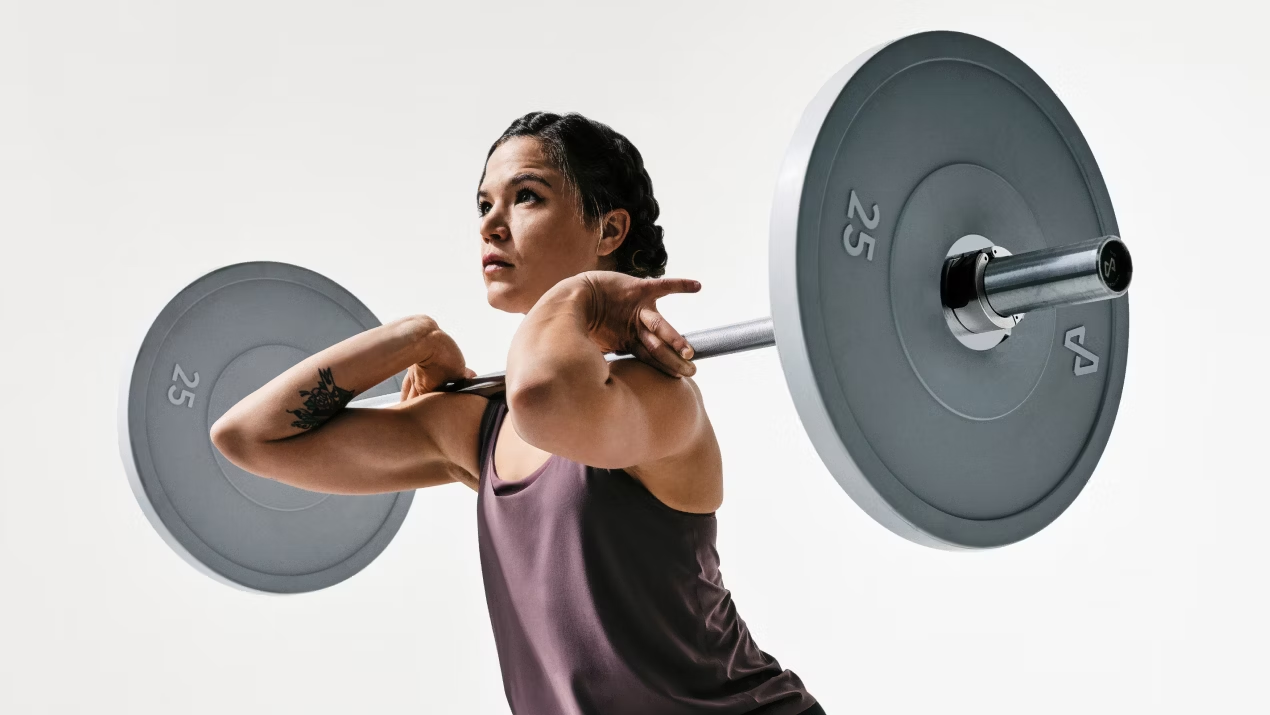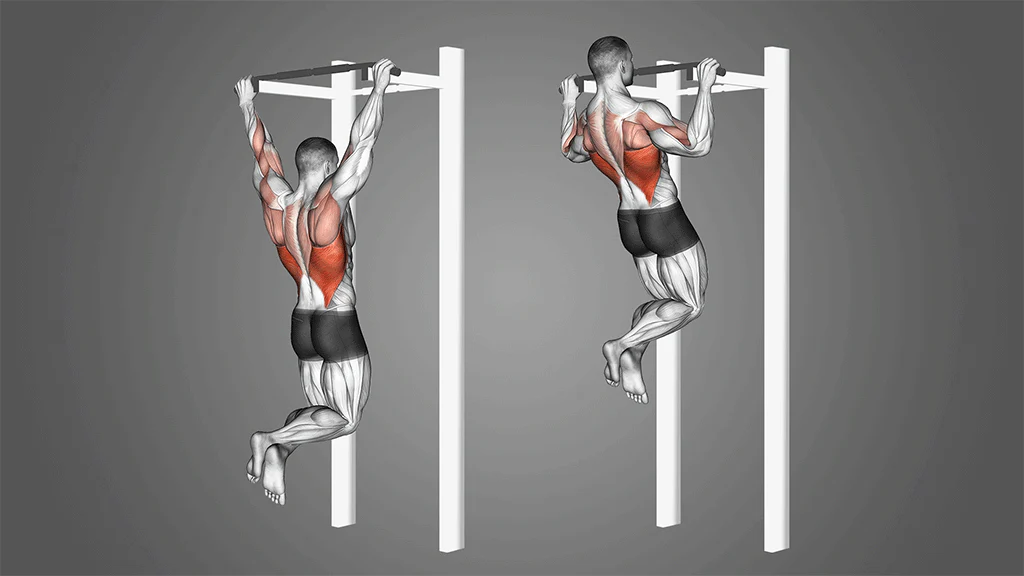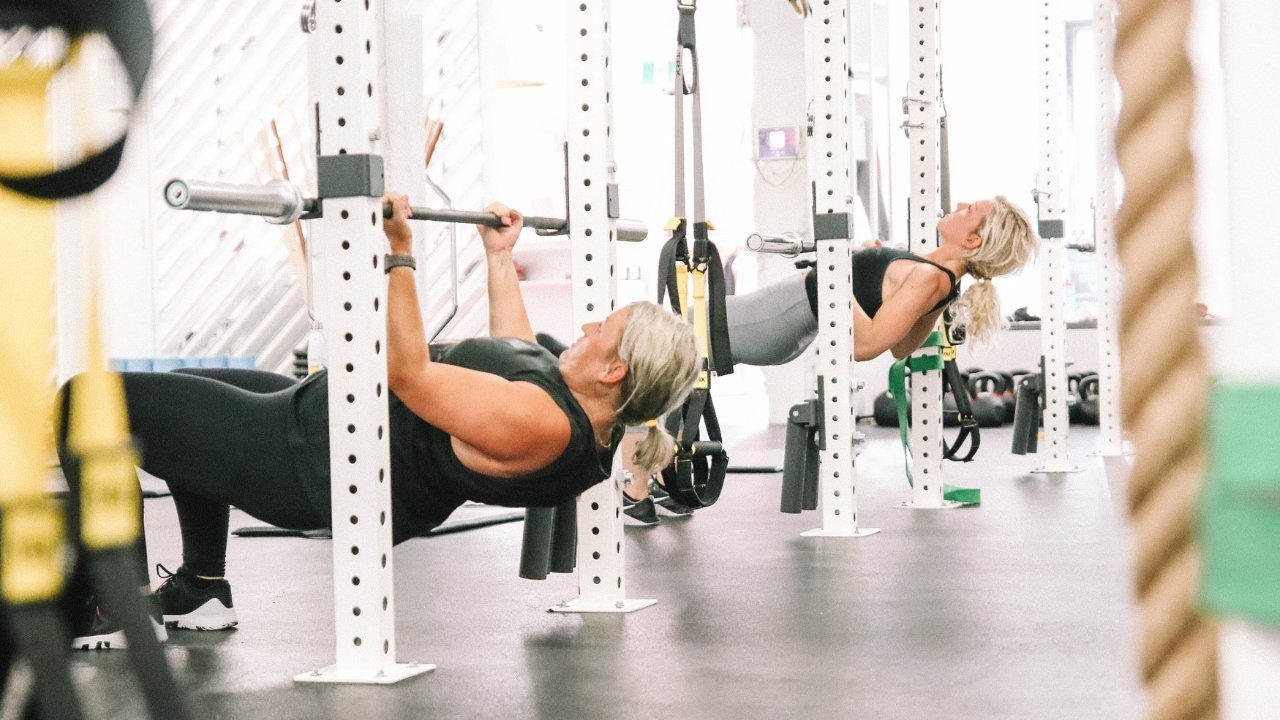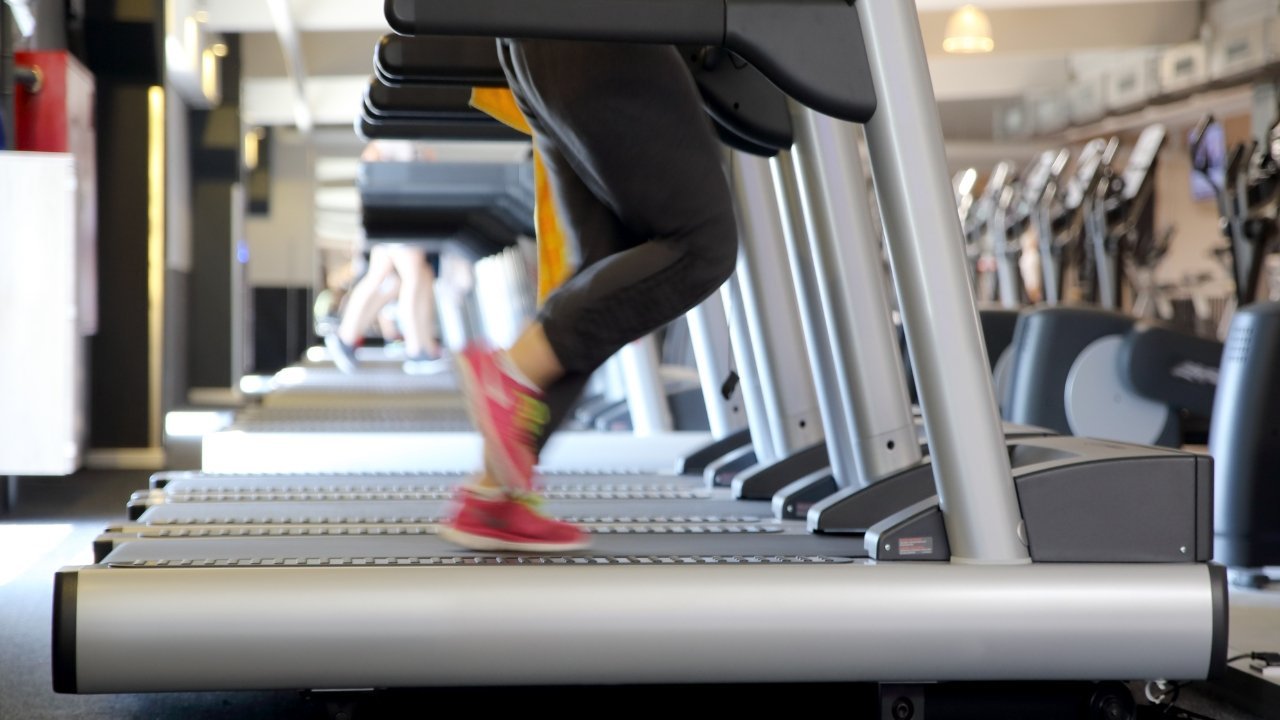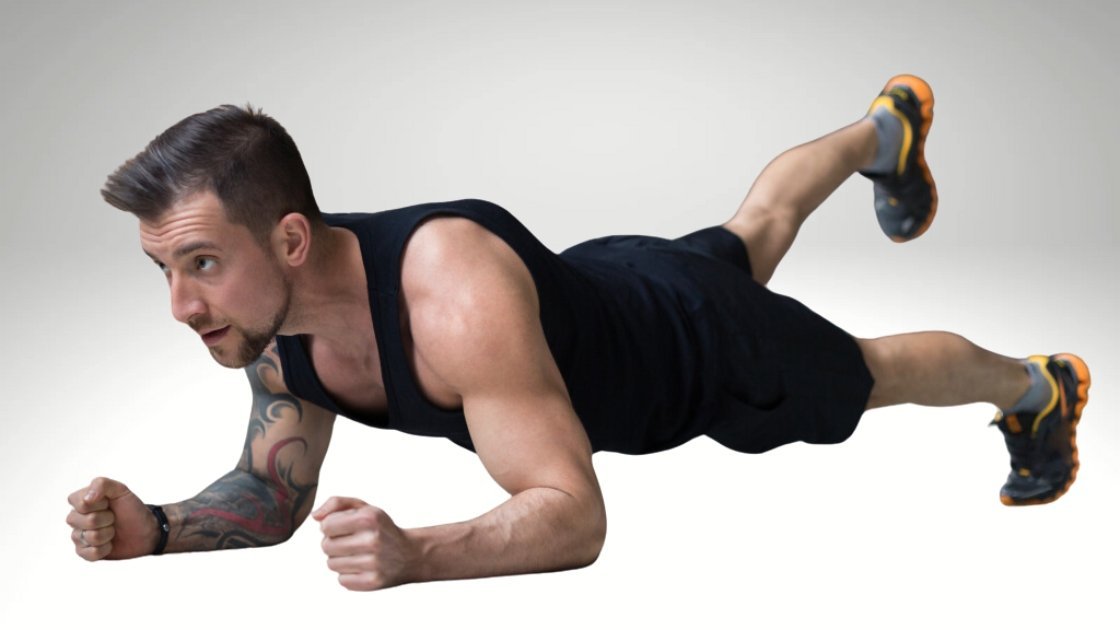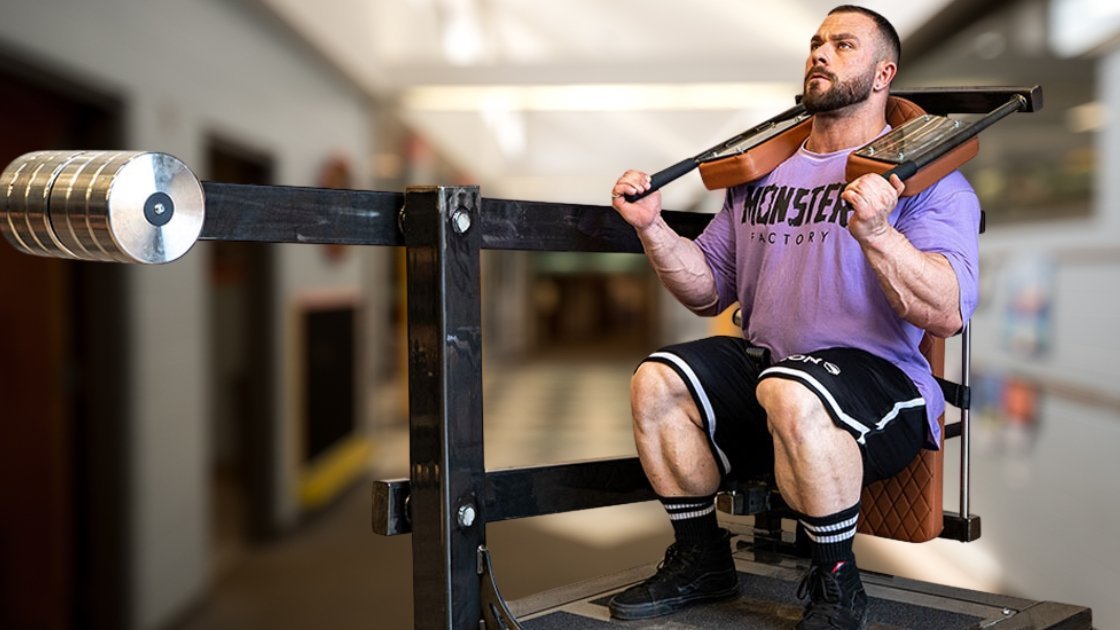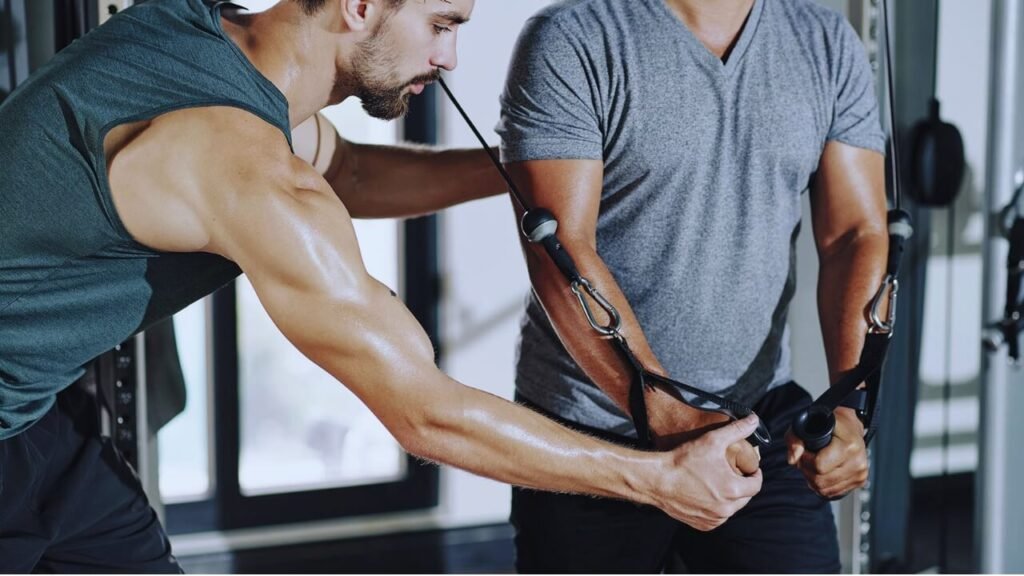Pull Training UNLEASHED: The Shocking Secret to a Monster Back and Huge Biceps!

Ever feel like your fitness routine is missing something? Perhaps you’re diligently pushing weights away from your body – bench presses, shoulder presses, push-ups – yet you glance in the mirror and feel your physique lacks a certain depth or power, especially from the back. Many fitness enthusiasts inadvertently overemphasize pushing movements, leading to muscular imbalances and neglecting the incredible benefits of a well-structured pull training routine. This comprehensive guide is designed to illuminate the world of pulling exercises, showing you exactly why they are crucial for building a balanced, strong, and functionally fit body. Whether you’re a seasoned lifter or just starting your fitness journey, understanding and implementing effective pull workouts can be a game-changer for your results and overall well-being.
What Exactly Is Pull Training?
At its core, pull training encompasses any exercise where the primary movement involves pulling resistance towards the center of your body or pulling your body towards a fixed point. Think about the mechanics: you’re decreasing the angle of a joint by contracting the muscles responsible for flexion or adduction in a pulling plane. This stands in direct contrast to “push” training, which involves extending joints and pushing resistance away from your body (like in a bench press or overhead press).
Pull workouts typically target the muscles of the posterior chain – essentially, the backside of your body. This includes major muscle groups like the latissimus dorsi (lats), rhomboids, trapezius (traps), posterior deltoids (rear shoulders), biceps brachii, brachialis, brachioradialis (forearm muscles involved in elbow flexion), and even muscles in the hips and hamstrings during compound movements like deadlifts. Organizing workouts around this movement pattern, often as part of a “Push-Pull-Legs” (PPL) split or an upper/lower split, ensures that all major muscle groups receive dedicated attention, promoting balanced development and reducing the risk of injury.
The Undeniable Benefits of Mastering Your Pull Day
Integrating dedicated pull sessions into your resistance training program offers a wealth of advantages that extend far beyond just aesthetics. While building an impressive back and bulging biceps is certainly a motivating factor for many, the functional and health benefits are equally, if not more, compelling. Let’s delve deeper into why prioritizing your pull exercises is so essential.
Build a Powerful and Aesthetic Back
The back is a complex network of muscles responsible for posture, spinal stability, and powerful movements. Effective pulling exercises are the primary way to develop these crucial muscles. Exercises like pull-ups and rows are instrumental in building width in the lats, contributing to the coveted “V-taper” physique that signifies strength and athleticism. Furthermore, targeting the mid-back muscles like the rhomboids and mid-traps helps create thickness and density, adding another dimension to your physique. A strong back isn’t just for show; it provides a solid foundation for nearly all other lifts and physical activities, acting as a critical stabilizer and power generator. Without adequate back strength, progress in compound lifts like squats, deadlifts, and even bench presses can stall.
Develop Stronger Biceps and Forearms
While the back muscles are the prime movers in many pull exercises, the biceps and forearm muscles act as significant synergists, meaning they assist in the movement and get a fantastic workout simultaneously. Rows, pull-ups, and chin-ups heavily recruit the biceps to flex the elbow joint under load. Consequently, consistent pulling work directly contributes to stronger, more developed arms. Additionally, gripping heavy weights during deadlifts, rows, and pull-ups is one of the most effective ways to build formidable grip strength and muscular forearms. This enhanced grip strength translates directly to improved performance in countless other exercises and everyday tasks, from carrying groceries to opening stubborn jars. Focusing solely on isolation curls might build some bicep mass, but integrating heavy compound pulls ensures functional arm strength.
Improve Posture and Prevent Imbalances
In our modern world, many Americans spend hours hunched over desks, computers, or smartphones. This prolonged forward flexion can lead to postural issues like rounded shoulders and forward head posture, often exacerbated by an overemphasis on “push” exercises (like bench press and shoulder press) without corresponding pull work. Pulling exercises directly counteract this by strengthening the muscles of the upper back (rhomboids, rear deltoids, traps). These muscles are responsible for retracting the shoulder blades and maintaining an upright posture. By building a strong posterior chain, you actively pull your shoulders back into a healthier alignment, alleviating neck and back strain and promoting a more confident and balanced stance. This focus on muscular balance is crucial for long-term joint health and injury prevention.
H3: Enhance Overall Functional Strength
Think about everyday movements: opening a heavy door, starting a lawnmower, lifting a child, carrying luggage, or even rock climbing. Many of these actions involve a pulling motion. Strength developed through pull exercises translates directly into making these real-world tasks easier and safer. Compound pulling movements like deadlifts, in particular, are arguably one of the most functional exercises one can perform, teaching you to lift heavy objects off the ground safely by engaging nearly every muscle group, with a significant emphasis on the posterior chain. This functional strength improves your quality of life and enhances athletic performance across various disciplines.
Essential Exercises in Your Pull Training Routine
A well-rounded pull workout incorporates a mix of compound movements, which work multiple muscle groups simultaneously, and isolation exercises, which focus on specific muscles. Prioritizing compound lifts early in the workout when you’re fresh is generally recommended, followed by isolation work to target specific areas.
The Kings: Compound Pulling Movements
These are the multi-joint exercises that provide the most bang for your buck in terms of muscle recruitment and strength development.
- Deadlifts: Often considered the ultimate test of strength, the deadlift (conventional, sumo, Romanian) heavily engages the entire posterior chain – back, glutes, hamstrings – along with the core and grip. While some lifters place deadlifts on leg day, their significant back involvement makes them a prime candidate for pull day, particularly for those seeking maximal strength and muscle mass. Proper form is paramount to avoid injury. As noted in many discussions on forums like Reddit’s r/fitness, mastering the hinge pattern before adding significant weight is critical.
- Pull-ups/Chin-ups: These bodyweight staples are exceptional for building back width (lats) and challenging the biceps (especially chin-ups, with palms facing you). Variations abound: wide grip, neutral grip, close grip, weighted, or assisted using bands or machines for those still building strength. They are a benchmark of relative strength. Many beginners on Reddit share progression tips, like starting with negative pull-ups (focusing on the lowering phase) or using resistance bands for assistance.
- Rows: Rows are fundamental for building back thickness and targeting muscles like the rhomboids, mid-traps, and lats from different angles. Key variations include:
- Barbell Rows: A classic mass builder, often performed bent-over (Pendlay or traditional style). Requires good core stability and technique.
- Dumbbell Rows: Allow for a greater range of motion and help address potential strength imbalances between sides. Can be performed braced on a bench or freestanding.
- Cable Rows: Offer constant tension throughout the movement and allow for various handle attachments (V-bar, straight bar, rope) to slightly alter muscle emphasis. Seated cable rows are excellent for maintaining strict form.
- T-Bar Rows: A variation that allows for heavy lifting, often with a neutral grip, hitting the mid-back effectively. Machine rows (like Hammer Strength) can also be valuable tools.
Precision Targeting: Isolation Exercises
While compound lifts form the foundation, isolation exercises help fine-tune development and ensure specific muscles receive adequate stimulus.
- Bicep Curls: Essential for direct bicep development. Variations include barbell curls, dumbbell curls (alternating, simultaneous), hammer curls (neutral grip, targets brachialis and brachioradialis), concentration curls, and preacher curls (isolates the biceps by preventing cheating).
- Face Pulls: A phenomenal exercise often recommended by physical therapists and strength coaches for shoulder health. Face pulls target the rear deltoids and upper back muscles (rotator cuff, rhomboids, mid-traps), helping to improve posture and balance out pressing movements. Typically performed with a rope attachment on a cable machine.
- Shrugs: Primarily target the upper trapezius muscles. Can be performed with barbells, dumbbells, or machines. It’s crucial to focus on elevating the shoulders straight up towards the ears, avoiding rolling them forward or backward.
- Forearm Exercises: While often worked indirectly through heavy gripping, direct forearm work like wrist curls and reverse wrist curls can be added for enhanced grip strength and forearm hypertrophy if desired.
Structuring Your Ultimate Pull Training Workout
How you organize your pull workout depends on your overall training split, experience level, and goals. A common approach within a PPL (Push-Pull-Legs) split involves performing a dedicated pull workout once or twice per week.
Sample Workout Structure
A typical pull session might look something like this:
- Warm-up (5-10 minutes): Light cardio followed by dynamic stretching and activation exercises (e.g., band pull-aparts, cat-cow stretches, light rows).
- Primary Compound Lift (Heavy): Start with your most demanding exercise, often Deadlifts or Weighted Pull-ups/Heavy Rows. Focus on lower reps (e.g., 3-5 sets of 3-8 reps) for strength or moderate reps (e.g., 3-4 sets of 6-10 reps) for a mix of strength and hypertrophy.
- Secondary Compound Lift: Choose another major pulling movement, perhaps focusing on a different angle or muscle emphasis (e.g., if you started with vertical pulls like pull-ups, follow with horizontal pulls like barbell rows). Aim for moderate rep ranges (e.g., 3-4 sets of 8-12 reps).
- Accessory/Isolation Exercises: Include exercises to target specific muscles like biceps, rear deltoids, and potentially traps or forearms. Higher rep ranges (e.g., 2-4 sets of 10-15+ reps) are often effective here to accumulate volume and chase a pump. Examples include Bicep Curls, Face Pulls, and Dumbbell Shrugs.
- Cool-down (5 minutes): Static stretching for the muscles worked (lats, biceps, traps).
The Power of Progressive Overload
Remember the principle of progressive overload. To continuously stimulate muscle growth and strength gains, you must gradually increase the demand placed on your muscles over time. This can be achieved by increasing the weight lifted, performing more repetitions or sets, decreasing rest times, or improving technique. Effective pull training isn’t just about doing the exercises; it’s about consistently challenging yourself.
Common Mistakes and How to Avoid Them (Insights from the Trenches)
Based on common pitfalls discussed in fitness communities like Reddit and observed in gyms, here are mistakes to watch out for:
Mistake #1: Ego Lifting and Poor Form
This is perhaps the most frequent error, especially with rows and deadlifts. Using too much weight compromises technique, often leading to excessive body English (momentum), reduced activation of the target muscles, and an increased risk of injury, particularly to the lower back. Prioritize mastering the form with a weight you can control through the full range of motion. Film yourself or ask an experienced lifter or coach for feedback.
Mistake #2: Neglecting the Mind-Muscle Connection
Simply going through the motions isn’t enough. Focus actively on feeling the target muscles work. For rows, consciously retract your shoulder blades and pull with your back, not just your arms. For bicep curls, concentrate on squeezing the bicep at the top of the movement. Slowing down the eccentric (lowering) phase of lifts can significantly enhance this connection.
Mistake #3: Imbalanced Volume Distribution
Some individuals get carried away with arm work and perform numerous bicep exercises while only doing one or two token sets for their back. Remember, the back is a much larger and more complex muscle group. Ensure your back receives the majority of the volume and intensity in your pull workouts. Conversely, don’t neglect direct bicep work entirely, assuming compound lifts are sufficient for optimal arm growth. Balance is key.
Mistake #4: Skipping Variations and Sticking to the Rut
Doing the exact same exercises, sets, and reps week after week can lead to plateaus. Introduce variations periodically. Switch from barbell rows to dumbbell rows, try different grips on pull-ups, or incorporate new isolation exercises like incline dumbbell curls or rope hammer curls. This provides a novel stimulus for muscle growth and keeps training engaging.
Expert Insight on Pulling Power
Renowned strength coach Charles Poliquin often emphasized the importance of structural balance and the posterior chain. While not a direct quote solely on “pull training,” his philosophy underscores its significance:
“You can’t fire a cannon from a canoe… A bigger, stronger back allows you to handle greater loads in virtually every other exercise.”
This highlights how developing the muscles targeted in pulling workouts provides the stable base necessary for overall strength progression and athletic performance.
Final Thoughts: Embrace the Pull
Incorporating dedicated pulling sessions into your fitness regimen is not just an option; it’s a necessity for building a truly strong, balanced, and functional physique. From carving an impressive V-taper and powerful biceps to improving posture and enhancing your ability to perform everyday tasks, the benefits are extensive. By understanding the key exercises, structuring your workouts intelligently, focusing on proper form, and consistently applying progressive overload, you can unlock significant gains you might have been missing. Don’t neglect the backside of your body – embrace the pull, master the movements, and build the strength and physique you’ve been working towards. Your future self, standing taller and stronger, will thank you.


